Hoi An Ancient Town is like a storybook. It’s so pretty, it almost doesn’t seem real.
We became enamored with the Old Town the morning we saw it but at night, with its multi-colored paper lanterns lit up, it transformed into something I wasn’t expecting. It looked magical, like something out of a 18th century fairy tale.
When doing research for this trip, I often read how Hoi An was the only city in Vietnam that tourists would spend a considerable amount of time in. After our first night in Hoi An Ancient Town, it wasn’t hard to see why.
Save This on Pinterest!
No time to read this now? Click on the red save button and pin it for later!
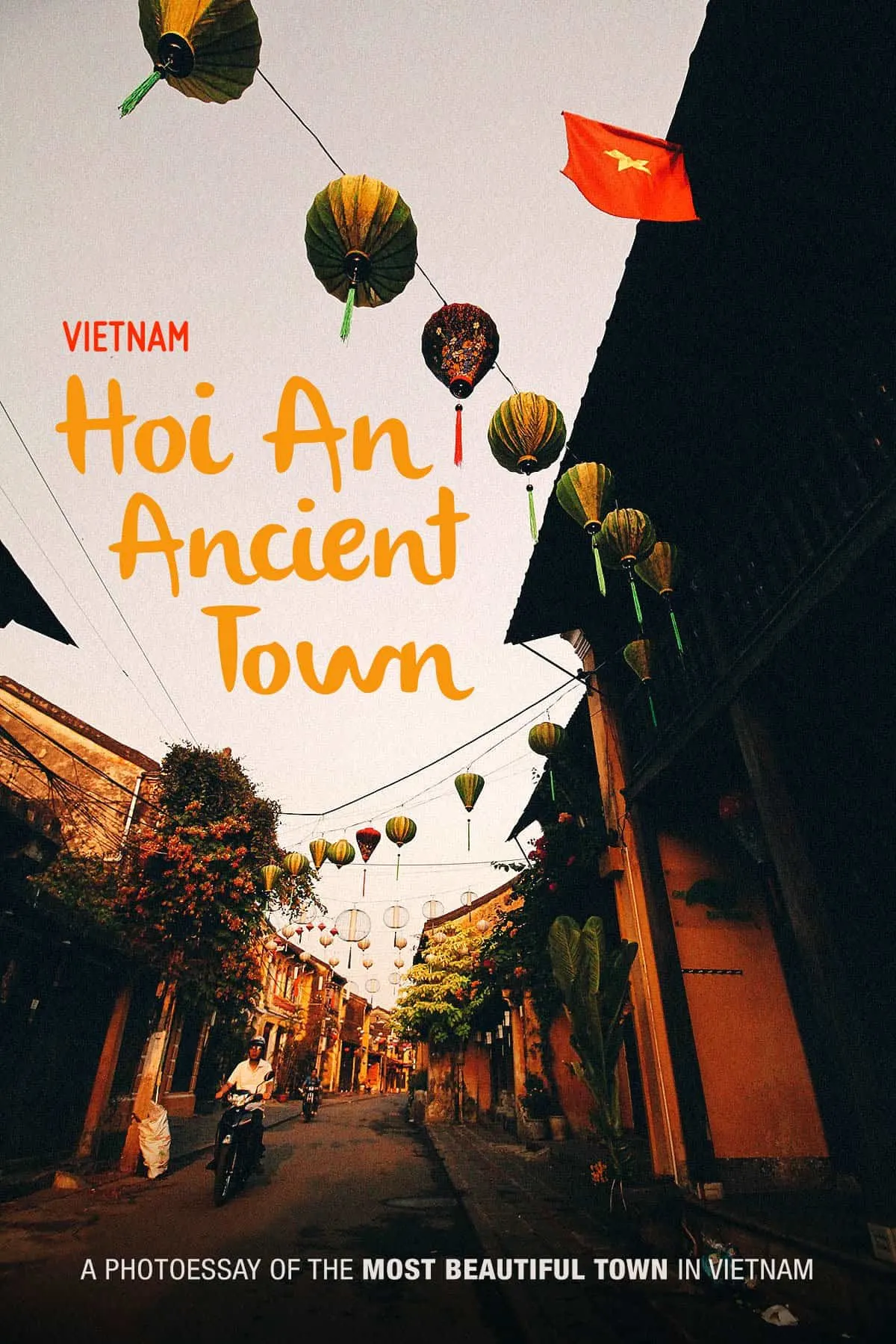
WHAT IS HOI AN?
Hoi An is a city in Quảng Nam Province in Central Vietnam. It’s a UNESCO World Heritage Site that was one of the most heavily-frequented trading ports in Southeast Asia from the 16th to the 18th centuries.
The name Hoi An translates to “peaceful meeting place”. During its period of prominence, many foreign merchants lived in Hoi An, mostly Chinese and Japanese then later Europeans, creating a unique fusion of cultures that can’t be seen anywhere else in Vietnam.
At that time, Hoi An was the exclusive trade conduit between Europe, China, India, and Japan, most notably for the ceramic industry. There are still a few ceramics shops in town though the Hoi An of today is better known for its textiles.
Hoi An’s prominence fell at the end of the 18th century when the nearby port town of Da Nang became the new hub of trade in central Vietnam. Hoi An would remain largely untouched by the country’s changes over the next 200 years, hence its state of remarkable preservation.
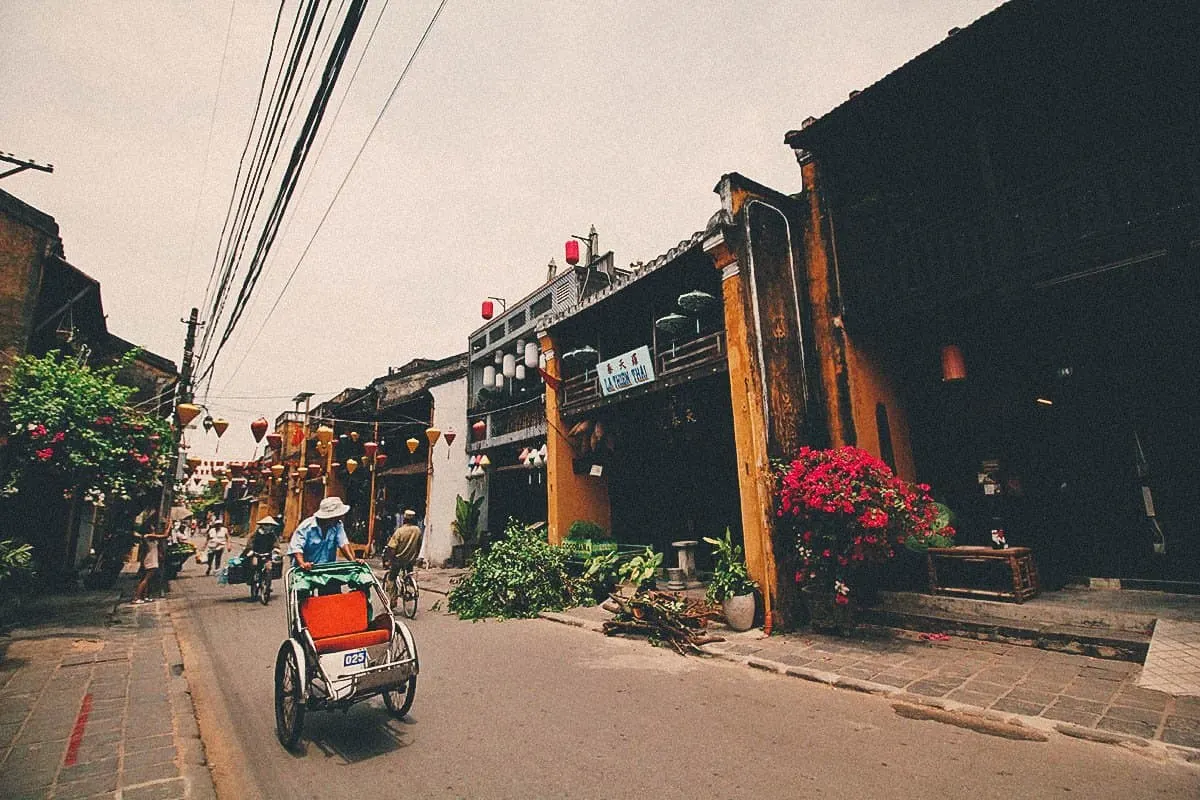
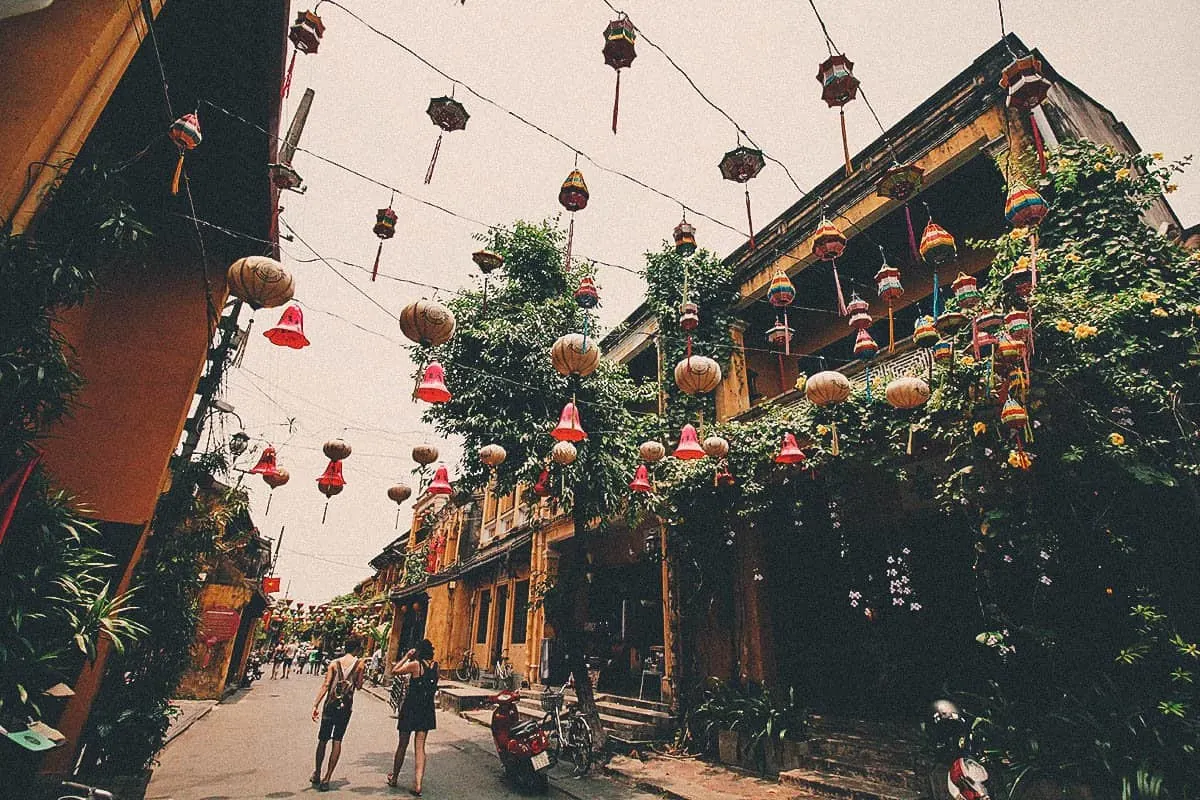
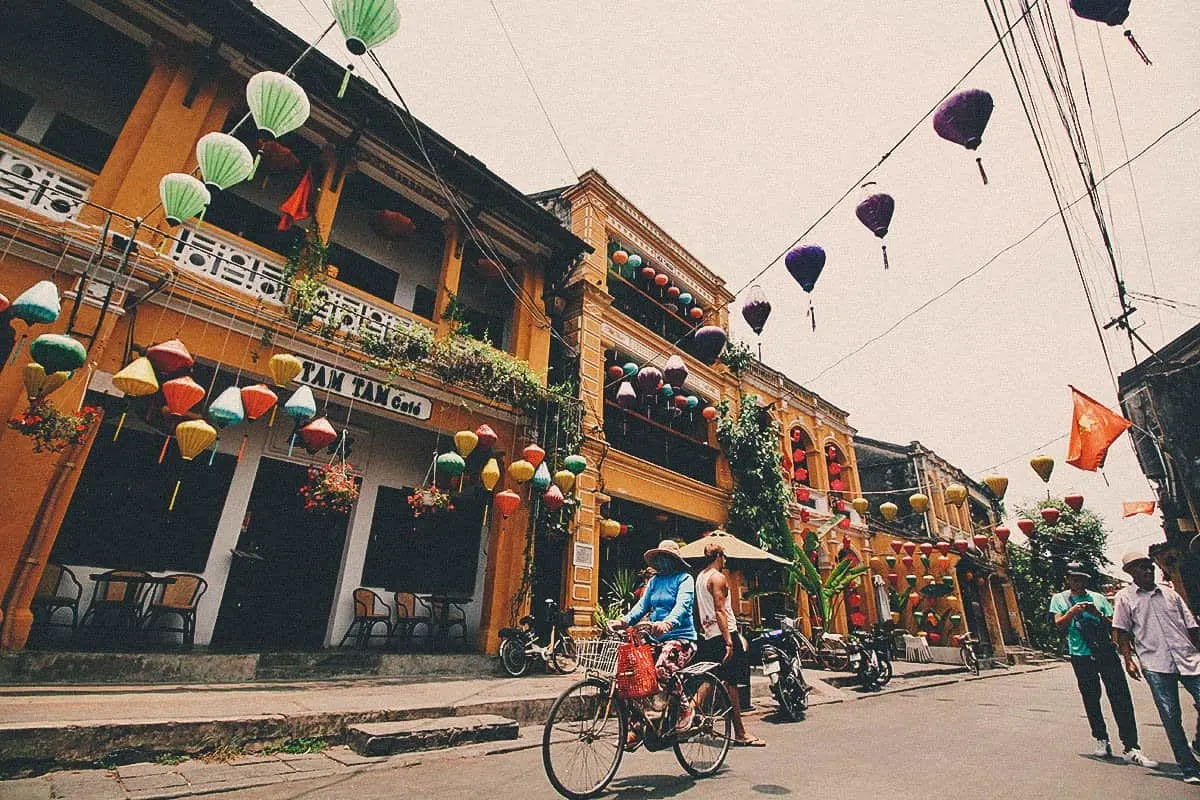
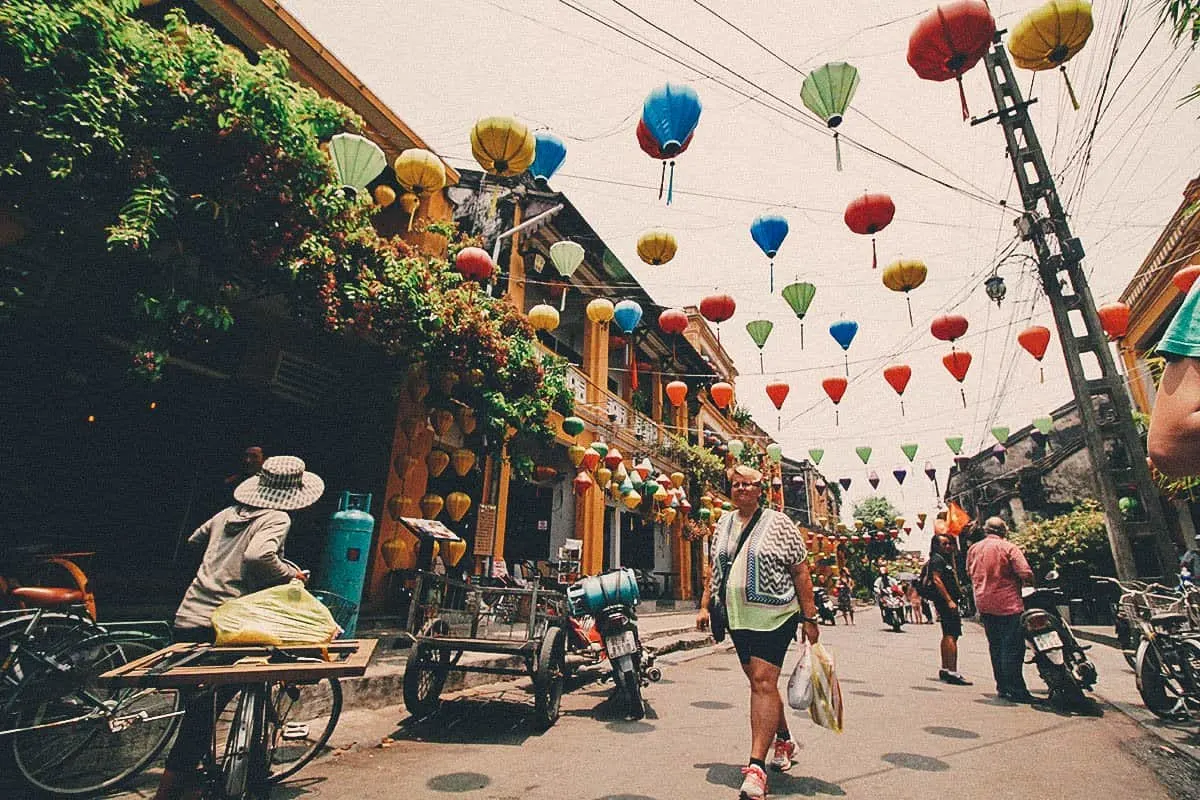
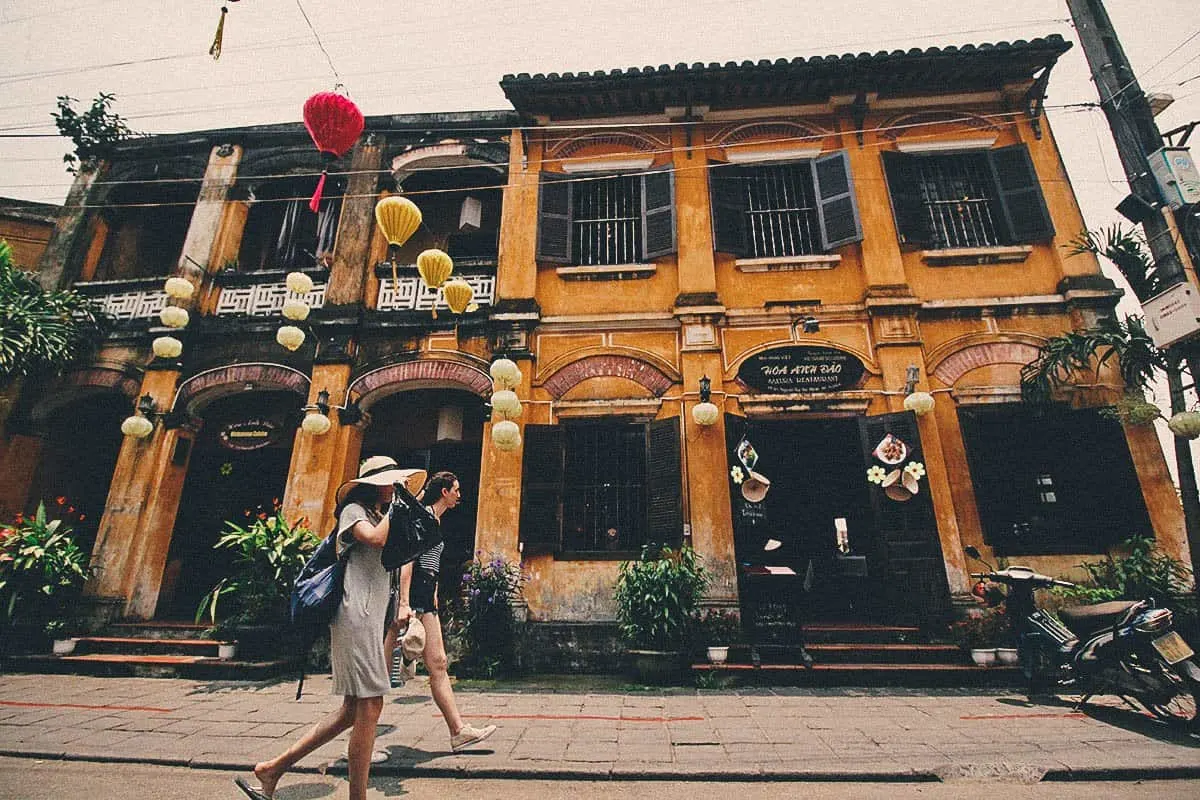
ANCIENT TOWN ENTRANCE TICKET
There are a few attractions in Hoi An that require an entrance ticket. The ticket costs VND 120,000 and includes five passes that you can use at any of the twenty-two heritage houses, museums, and pagodas in town.
There are eleven ticket booths around the Old Town where you can buy entrance tickets. I got mine at the tourist information booth on Nguyen Hue Street between Phan Chau Trinh and Tran Hung Dao streets. Proceeds are said to go to the restoration and upkeep of the Old Town.
I didn’t have a problem paying for the ticket but some things about it struck me as odd. For instance, we got stopped and asked if we had a ticket a couple of times while walking around Hoi An Ancient Town.
We weren’t trying to enter any heritage houses or museums. We were just walking on the street. Only I had a ticket but apparently, that was enough for them to let both of us through. That was weird.
Only after our trip did I learn that you technically need an entrance ticket to explore the Old Town, but it isn’t strictly enforced. People may ask you to present it from time to time so be sure to always have your ticket with you.
When you purchase a ticket, you’ll be given a map of the Old Town pinpointing all the cultural attractions you can visit. These are the five places I went to.
1. Chua Ong Pagoda
The Chua Ong Pagoda is a 17th century pagoda located at Tran Phu Street. It’s dedicated to Quan Cong, a former Chinese general who lived in the time of the “Three Warring Kingdoms” (3nd century AD).
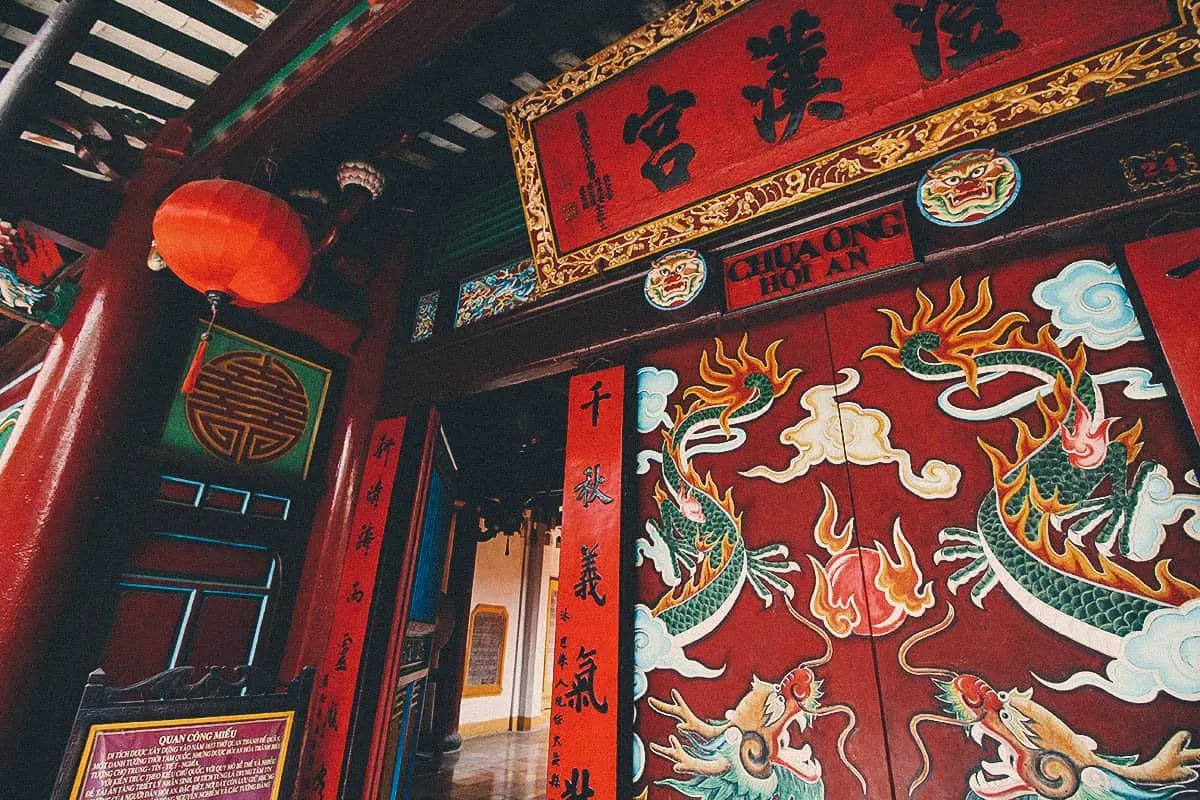
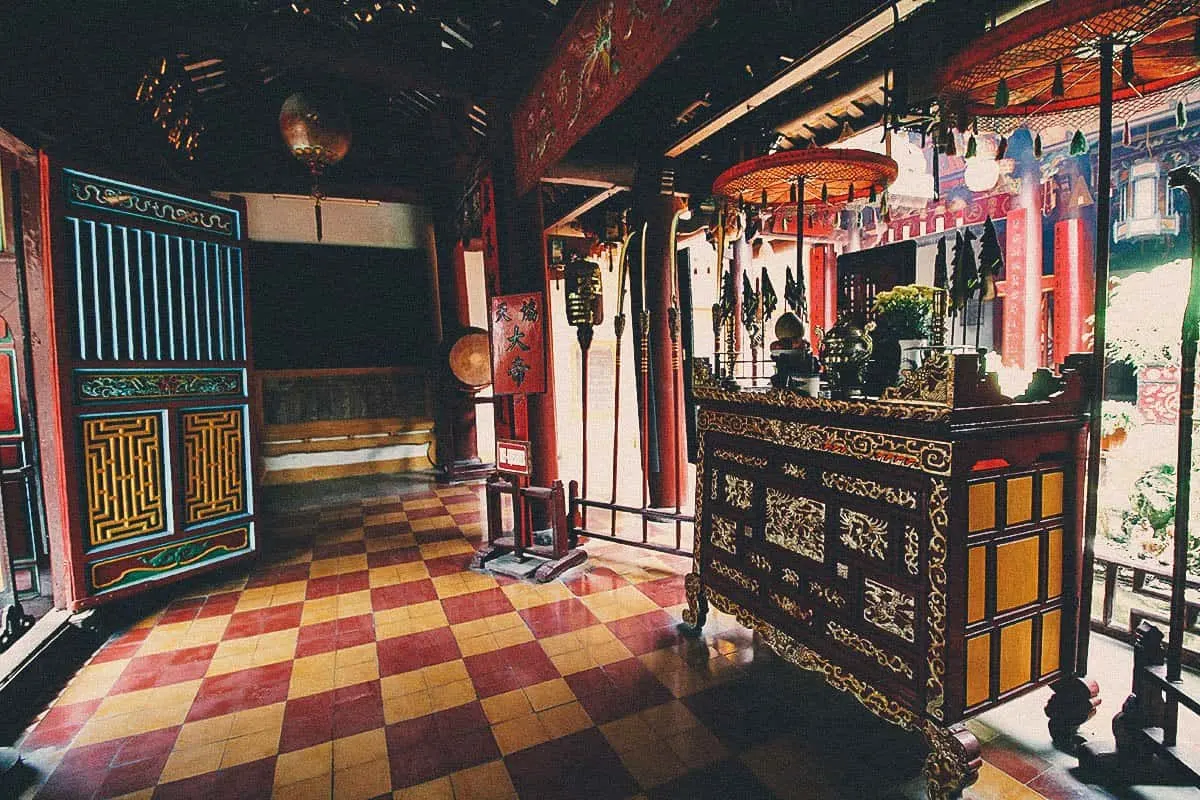
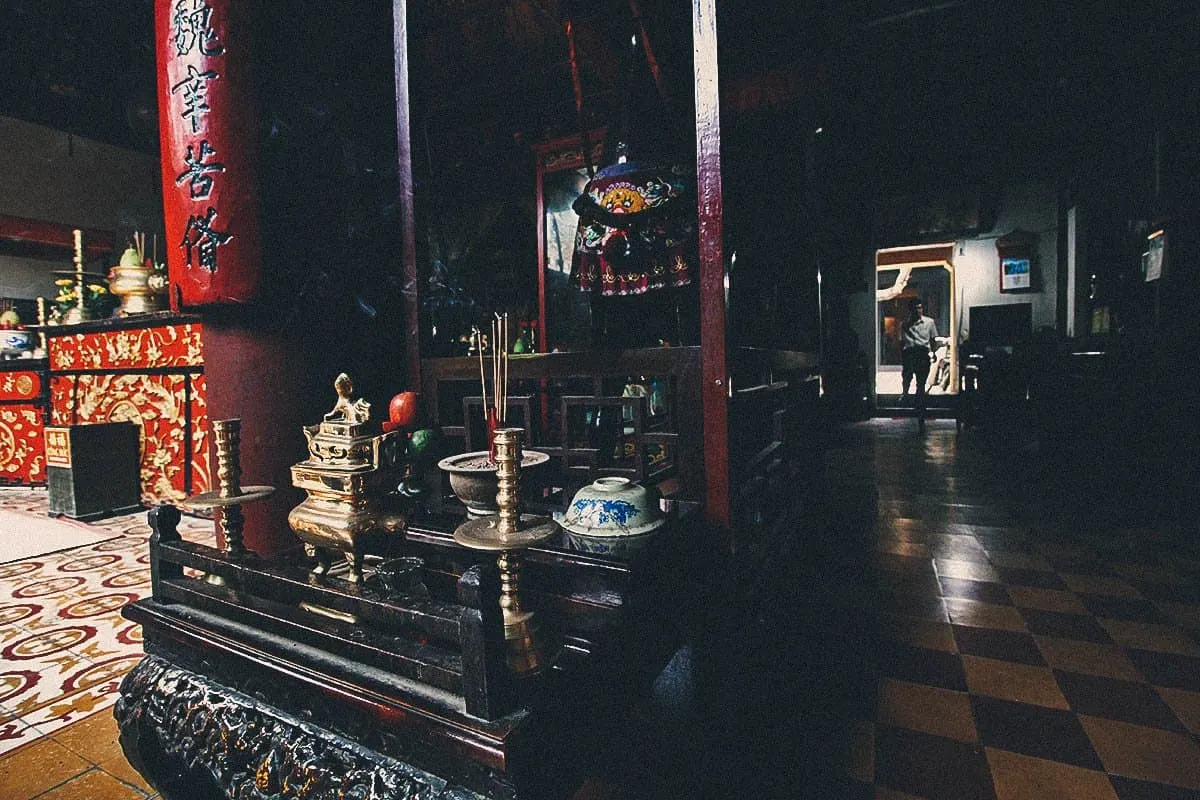
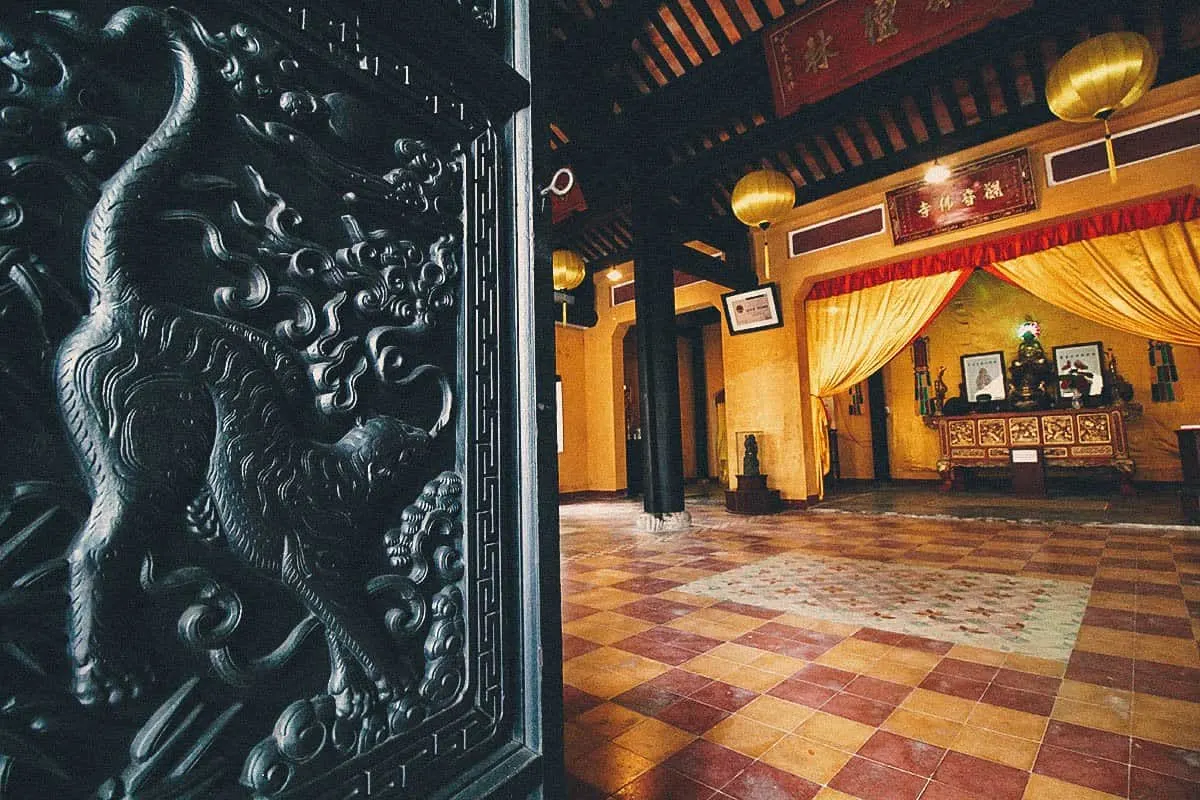
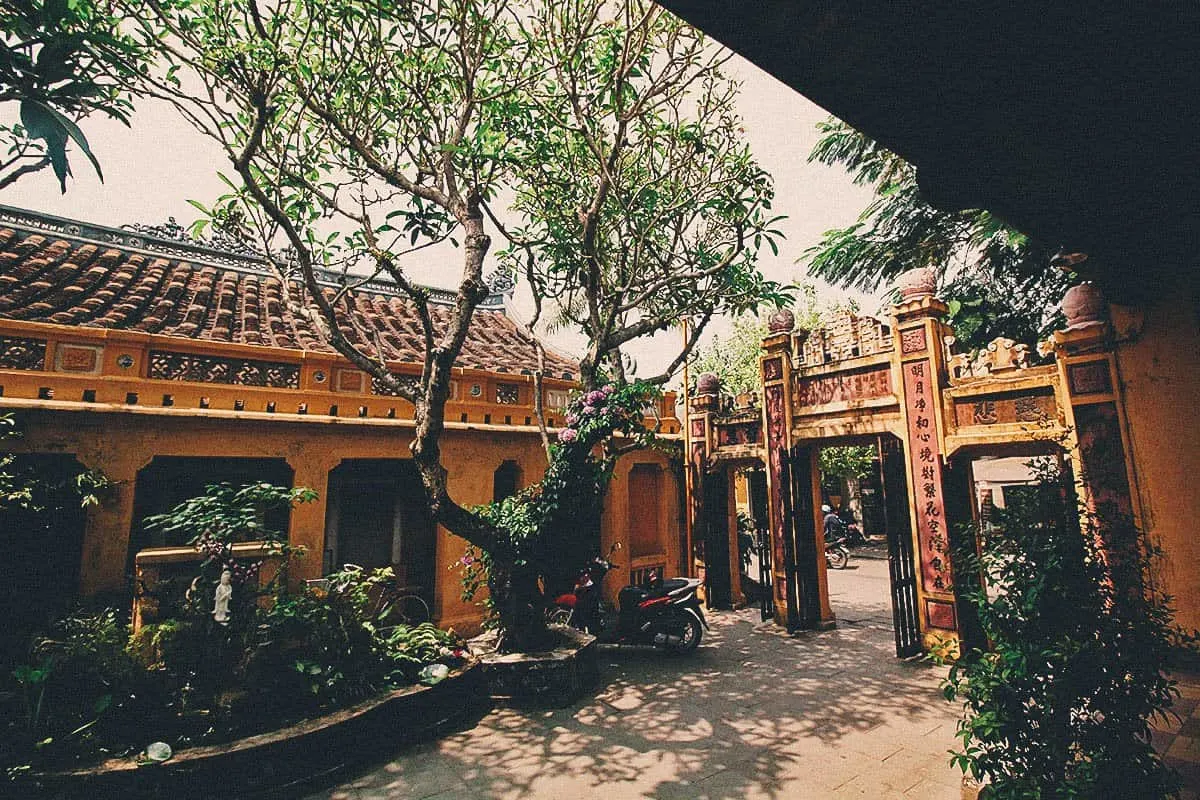
2. Minh Huong Communal House
This was an assembly hall and place of worship for the Minh Huong people, an ethnic Chinese group that fled to Vietnam after the fall of the Ming dynasty.
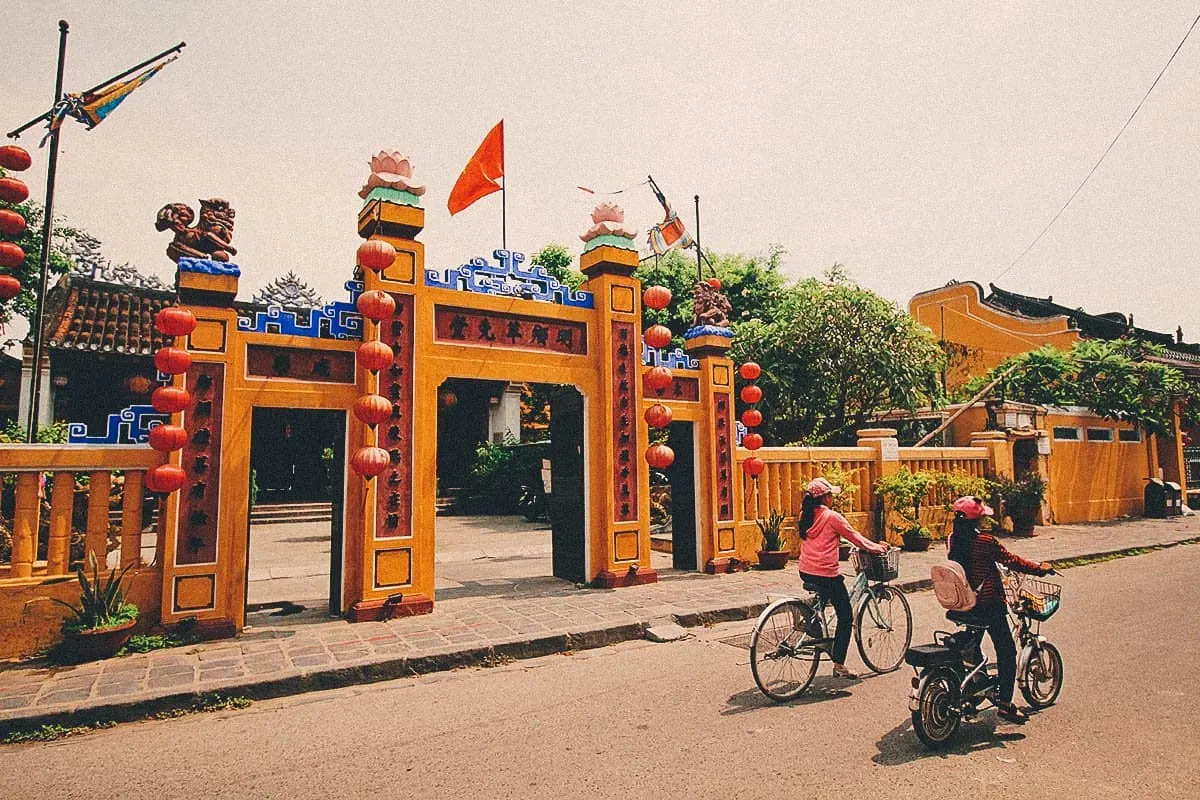
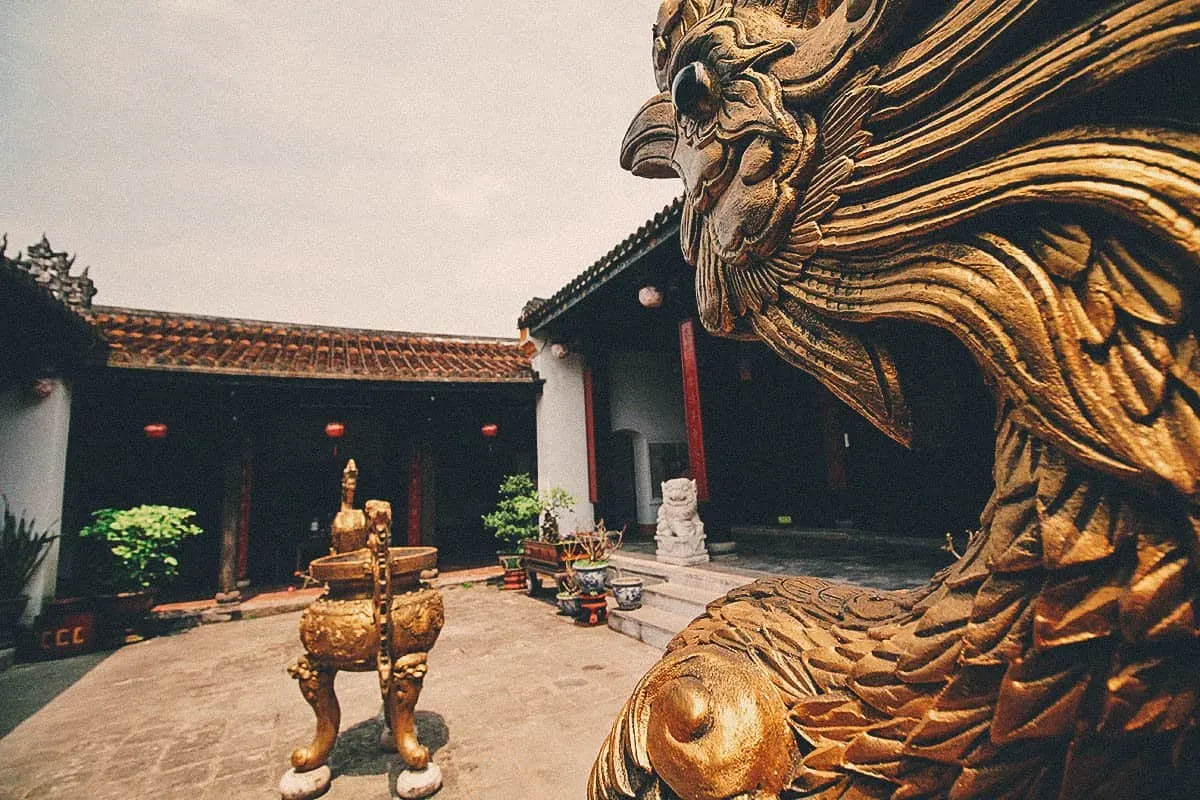
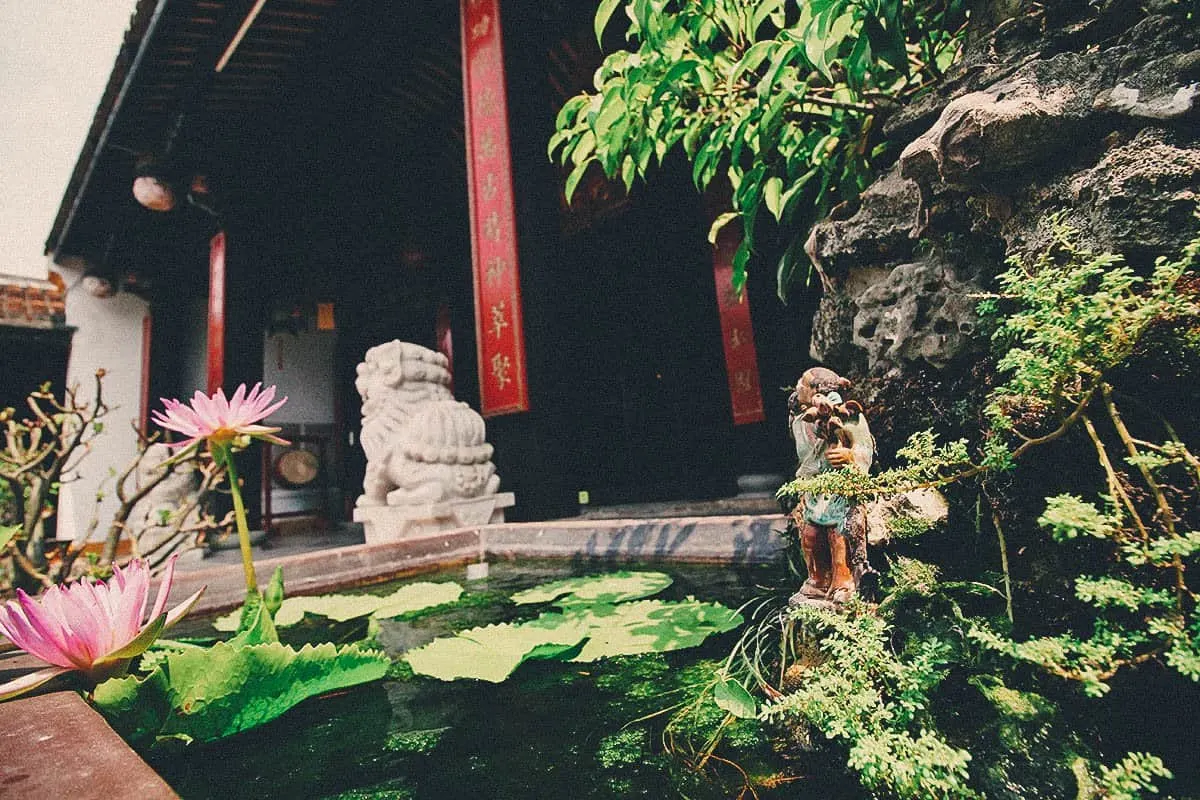
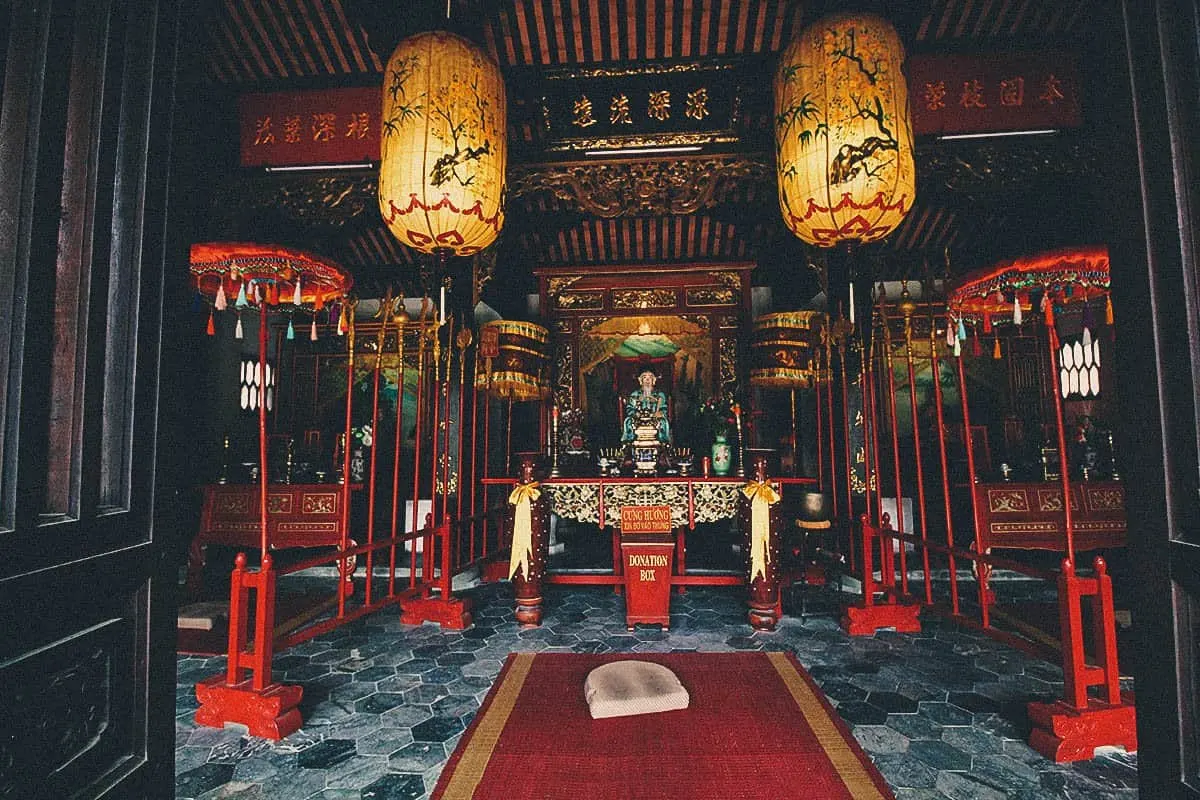
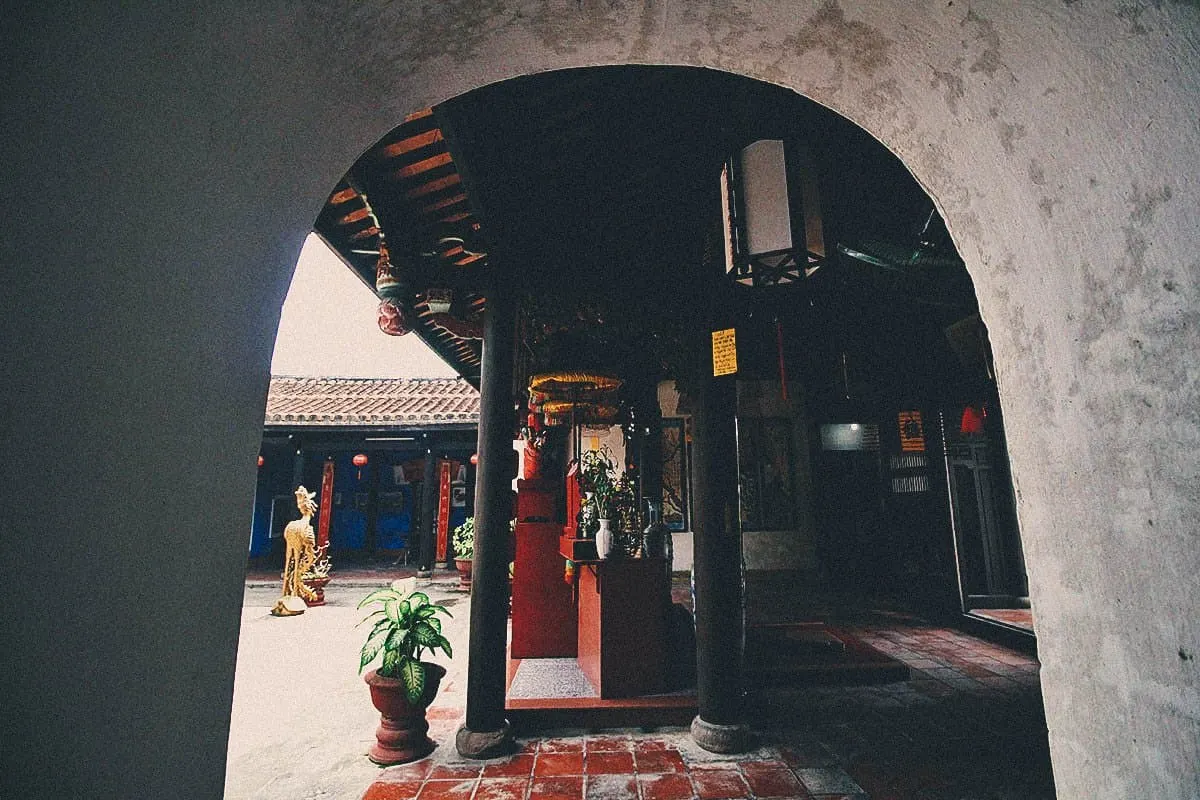
Hanging incense spirals
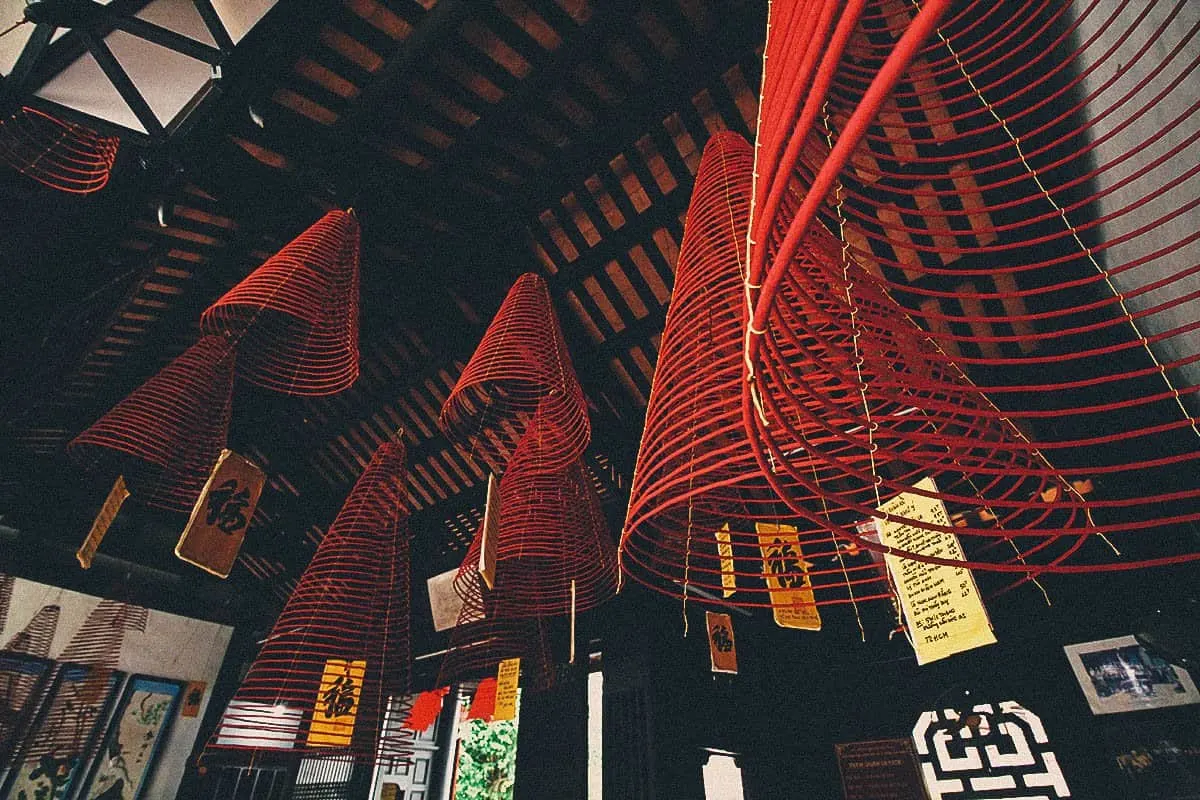
Artisan doing gold inlay work on a pedestal
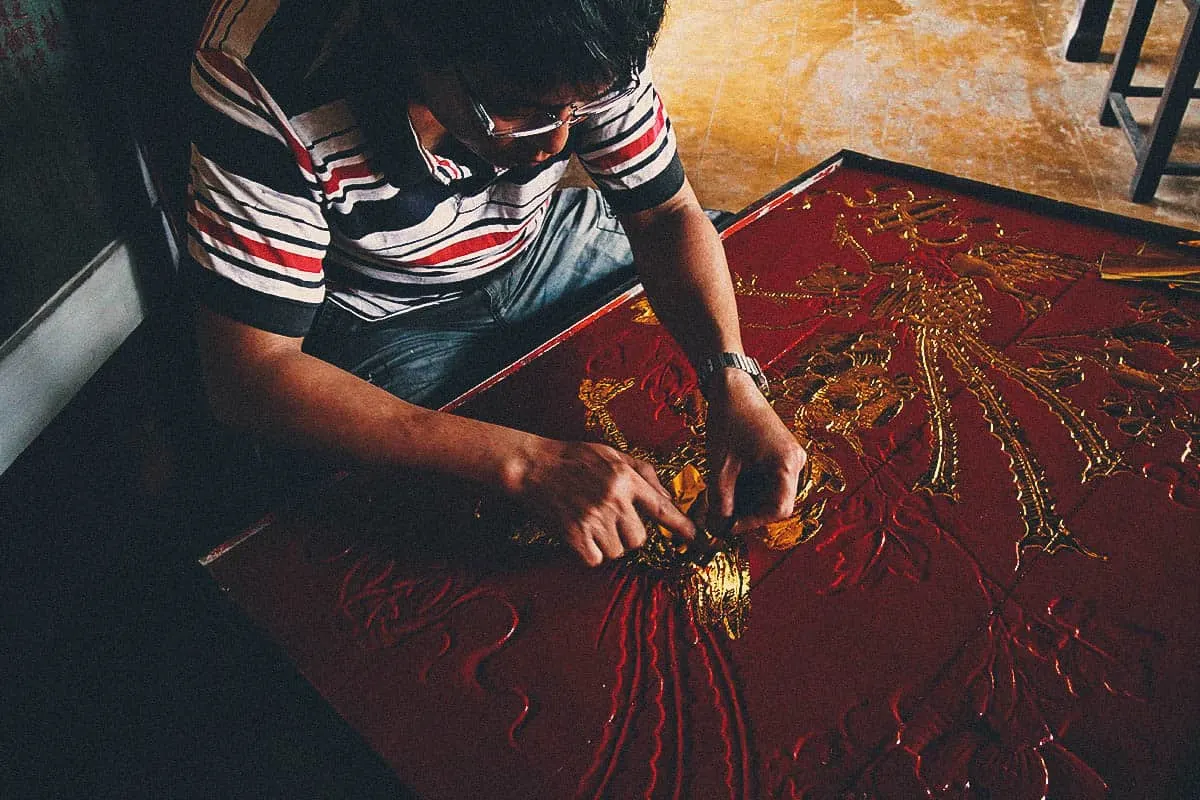
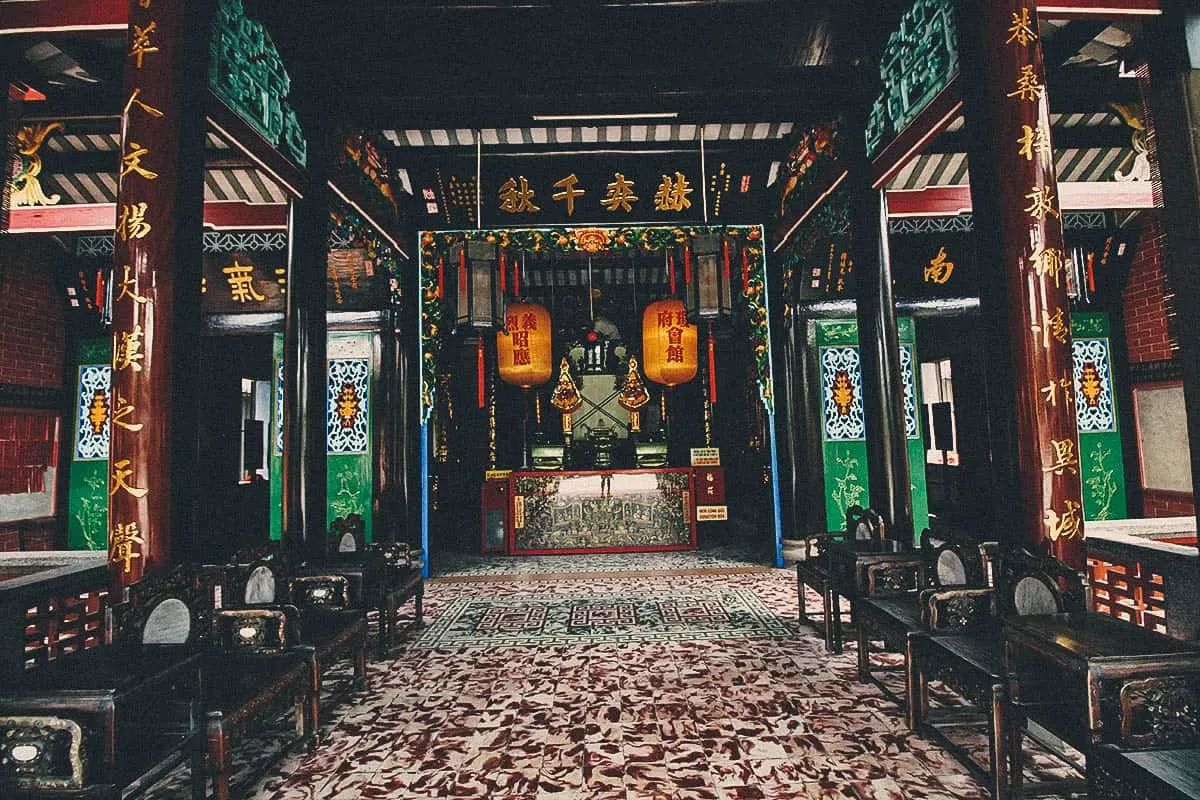
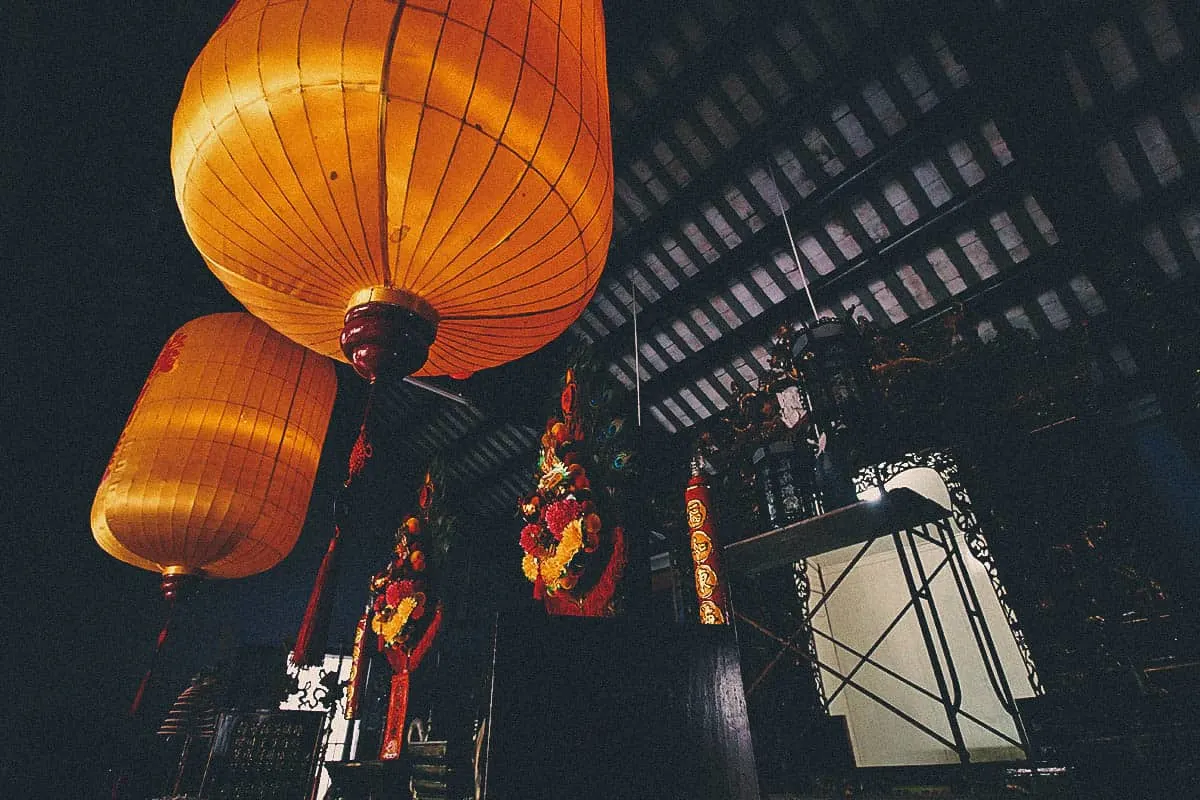
3. Old House of Tan Ky
Located by the Thu Bon River, the Tan Ky residence is recognized as the most well-preserved merchant house in Hoi An Ancient Town. It’s been kept in good condition by seven generations of the family.
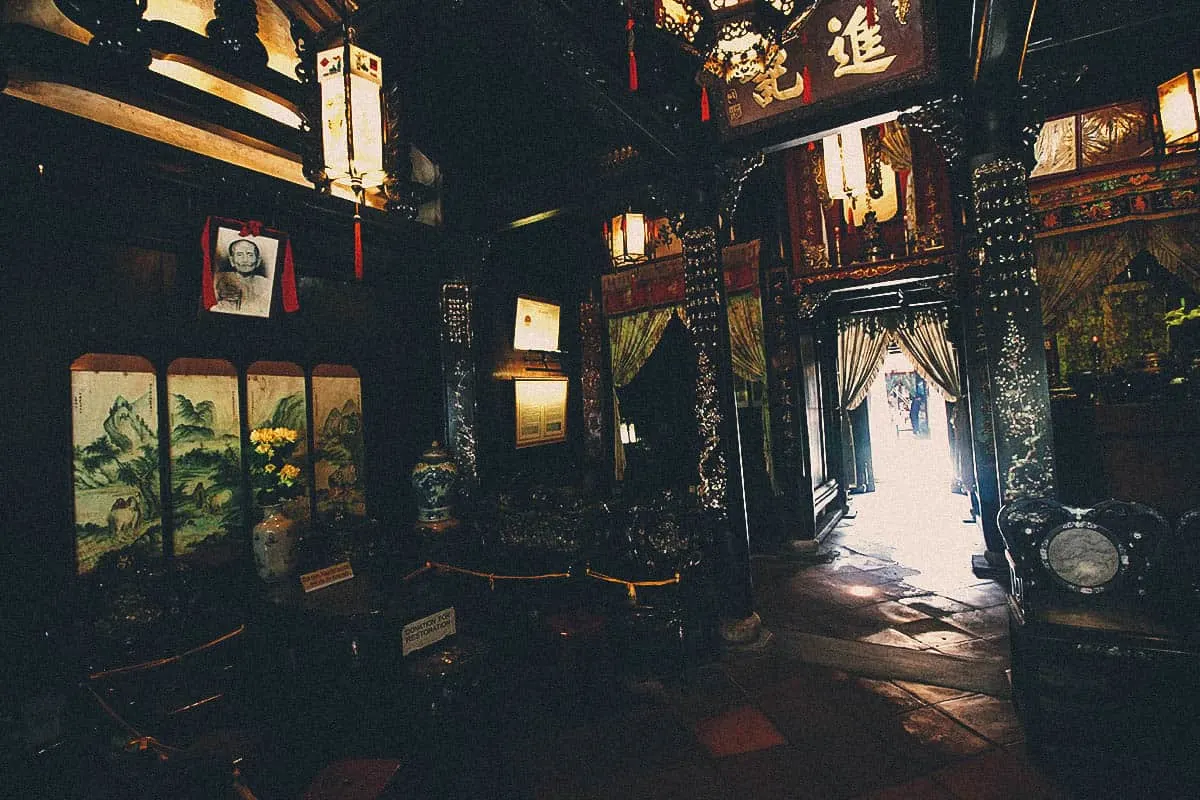
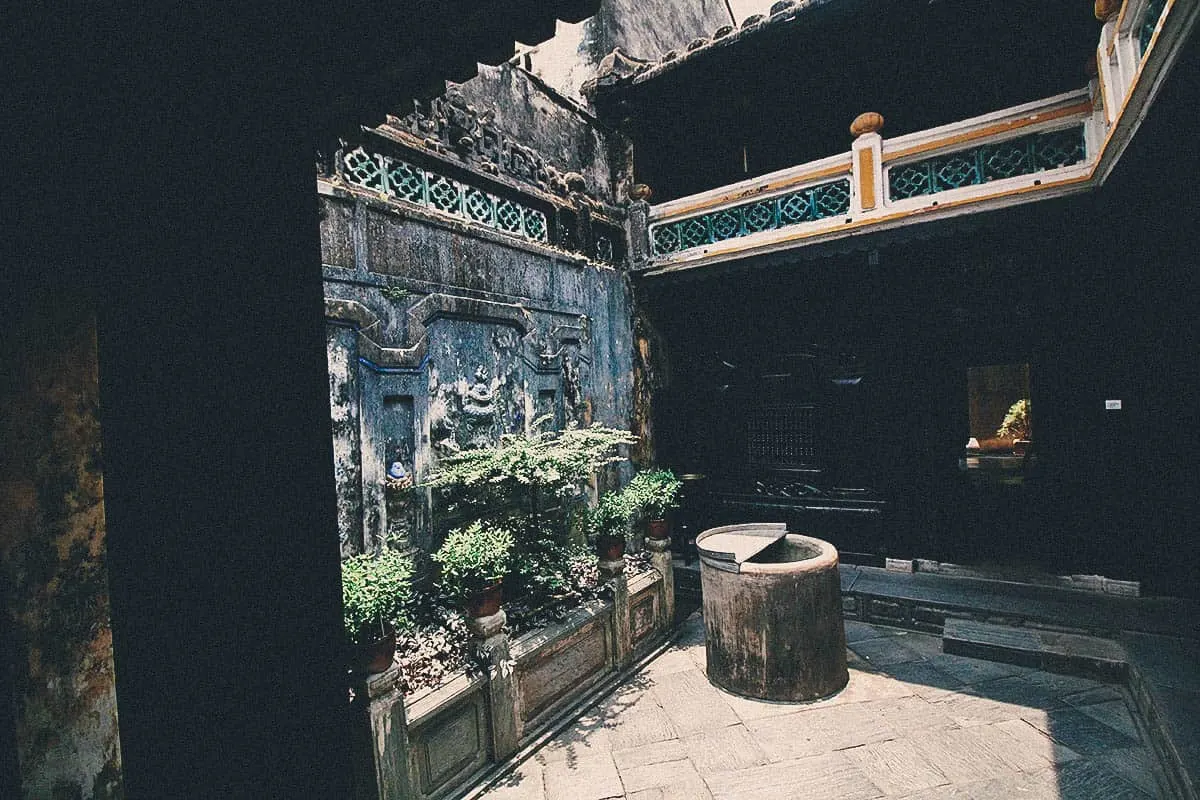
4. Japanese Covered Bridge
The Japanese Covered Bridge is one of the most prominent landmarks in the Ancient Town. At one point in the town’s history, the town was divided. The Chinese quarter was on one side while the Japanese settlement was located across this bridge.
It’s a unique and eye-catching structure built by the Japanese in the 18th century. It’s described as the only known covered bridge with a Buddhist temple attached to its side.
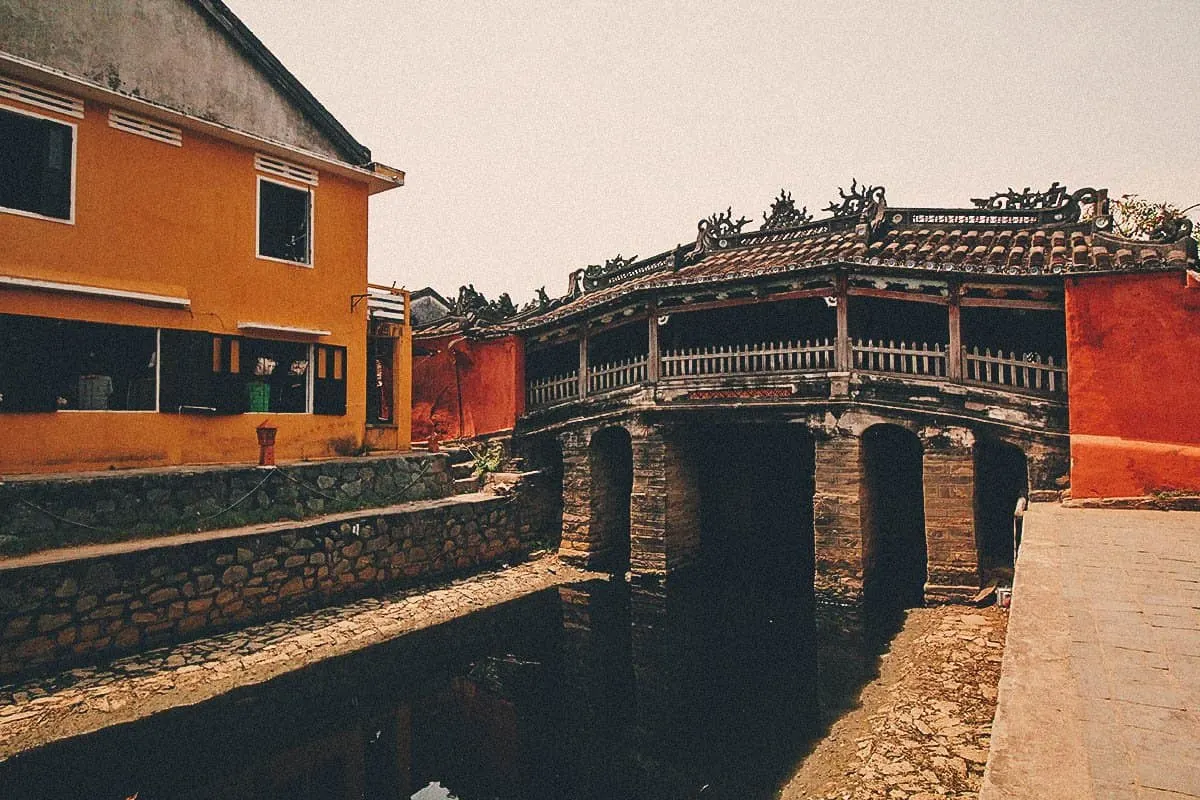
Inside the bridge
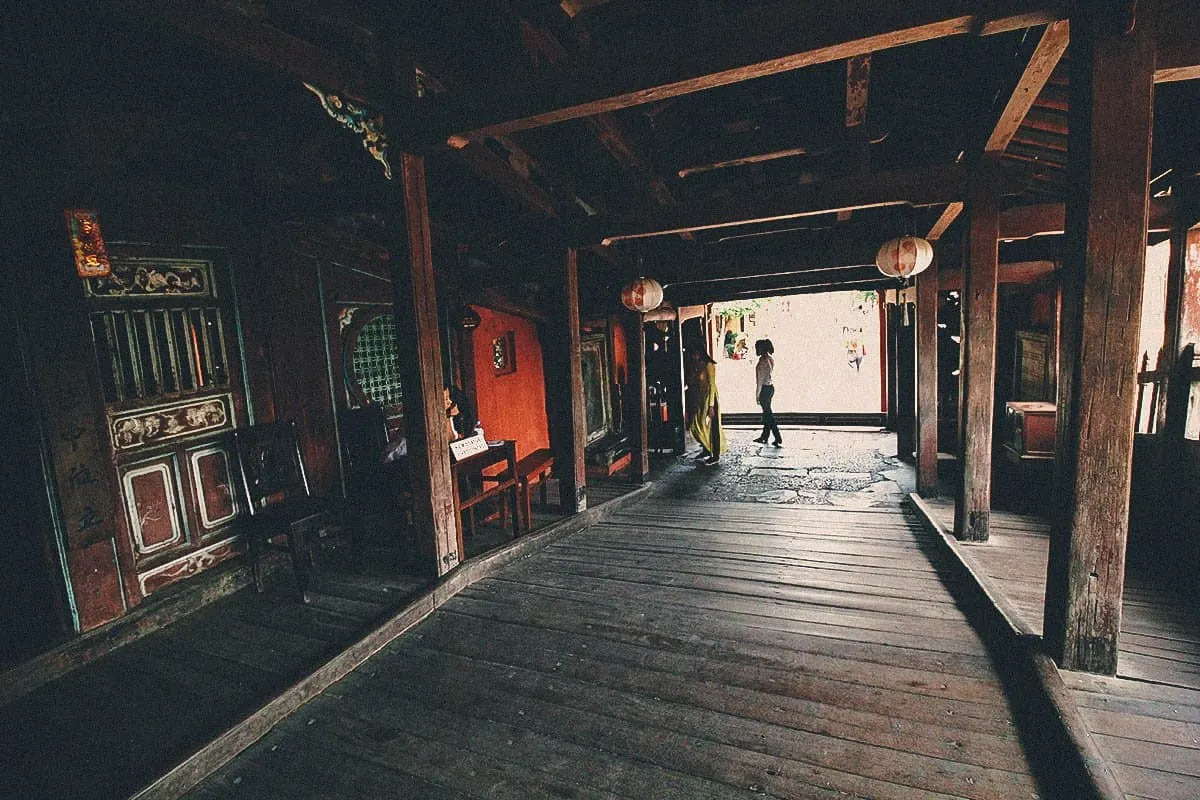
The Buddhist temple is accessible from inside the bridge.
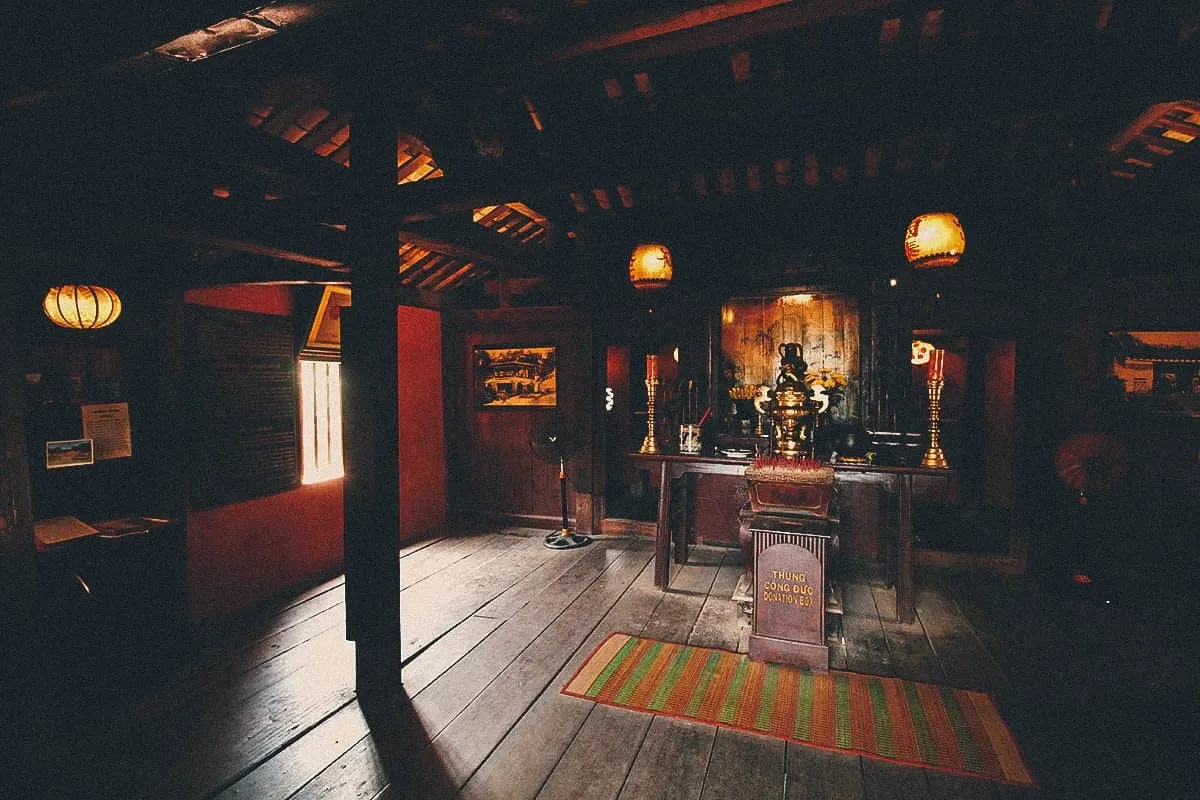
The view from inside the bridge. This inlet leads to the Thu Bon River.
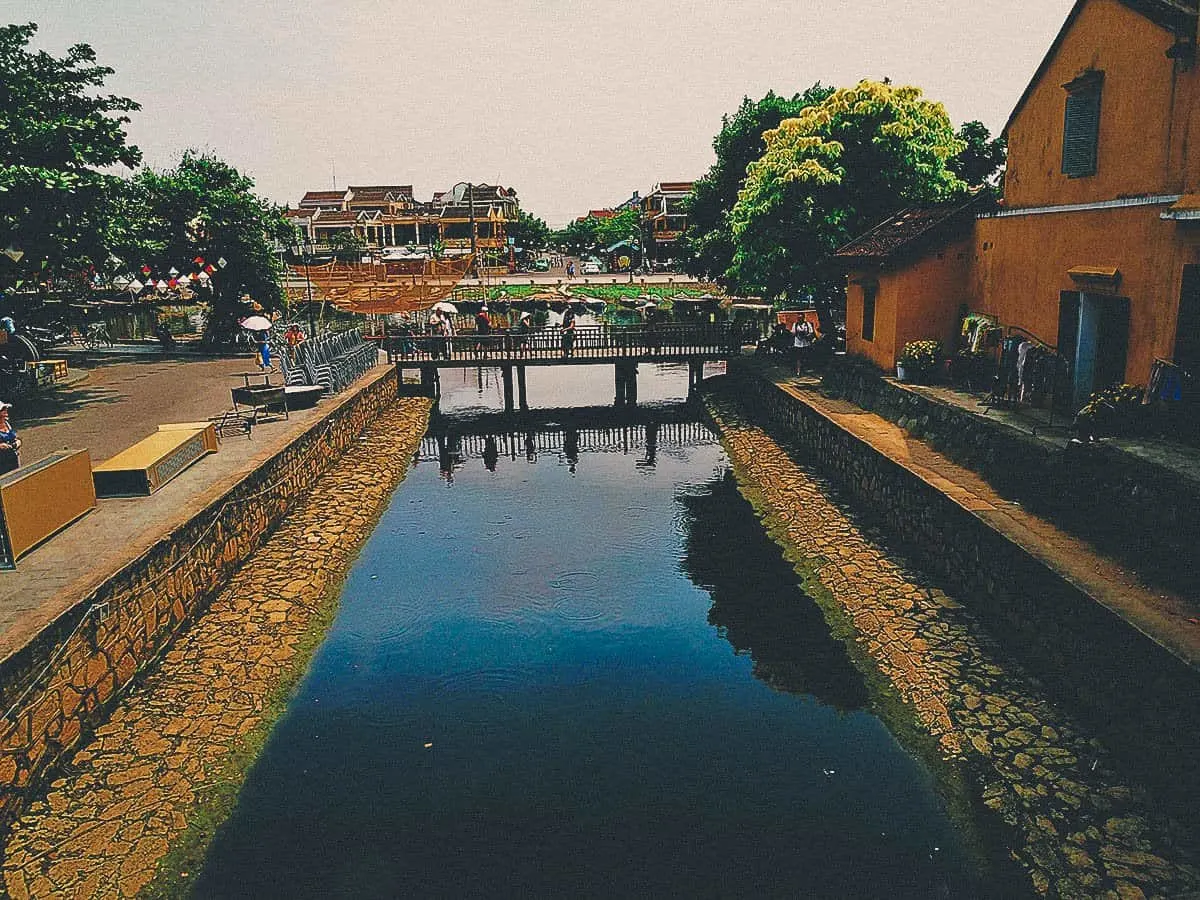
5. Phuoc Kien Assembly Hall
The Phuoc Kien Assembly Hall is also one of the most prominent attractions in Hoi An Ancient Town. It served as the assembly hall for the Fujian people, which was the largest Chinese ethnic group in Hoi An.
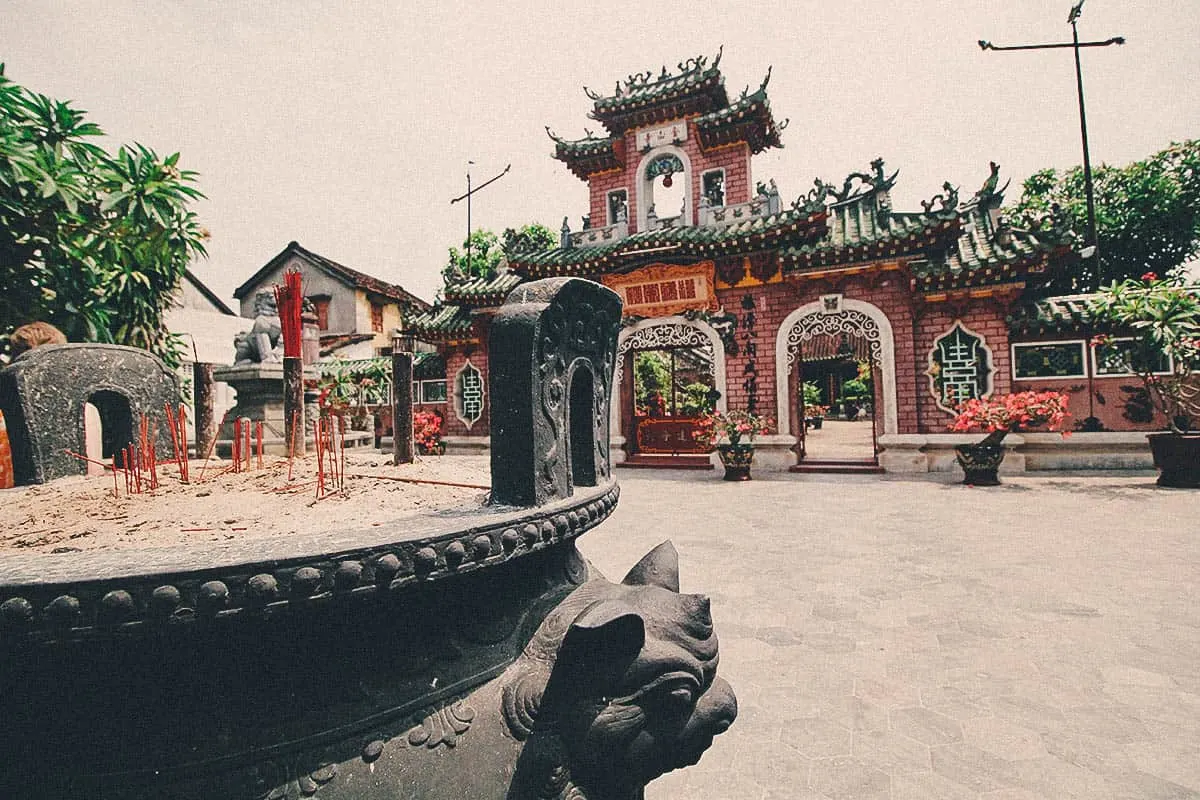
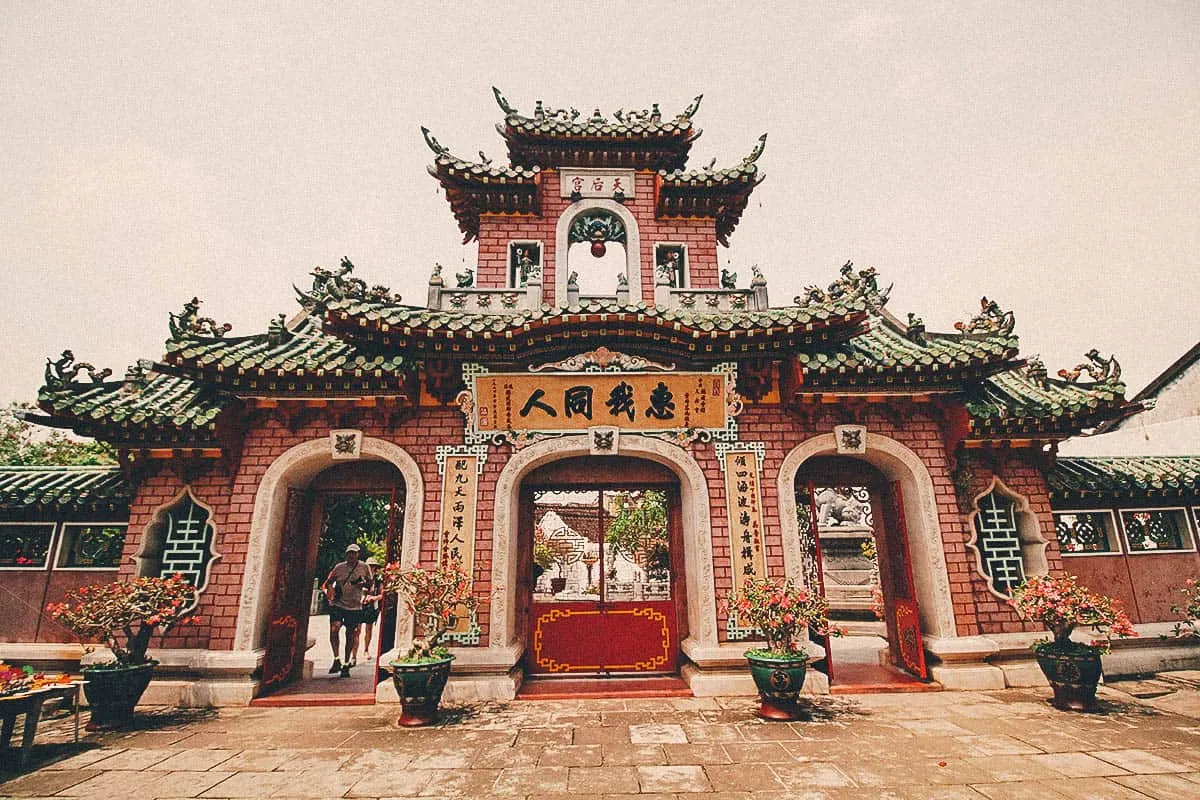
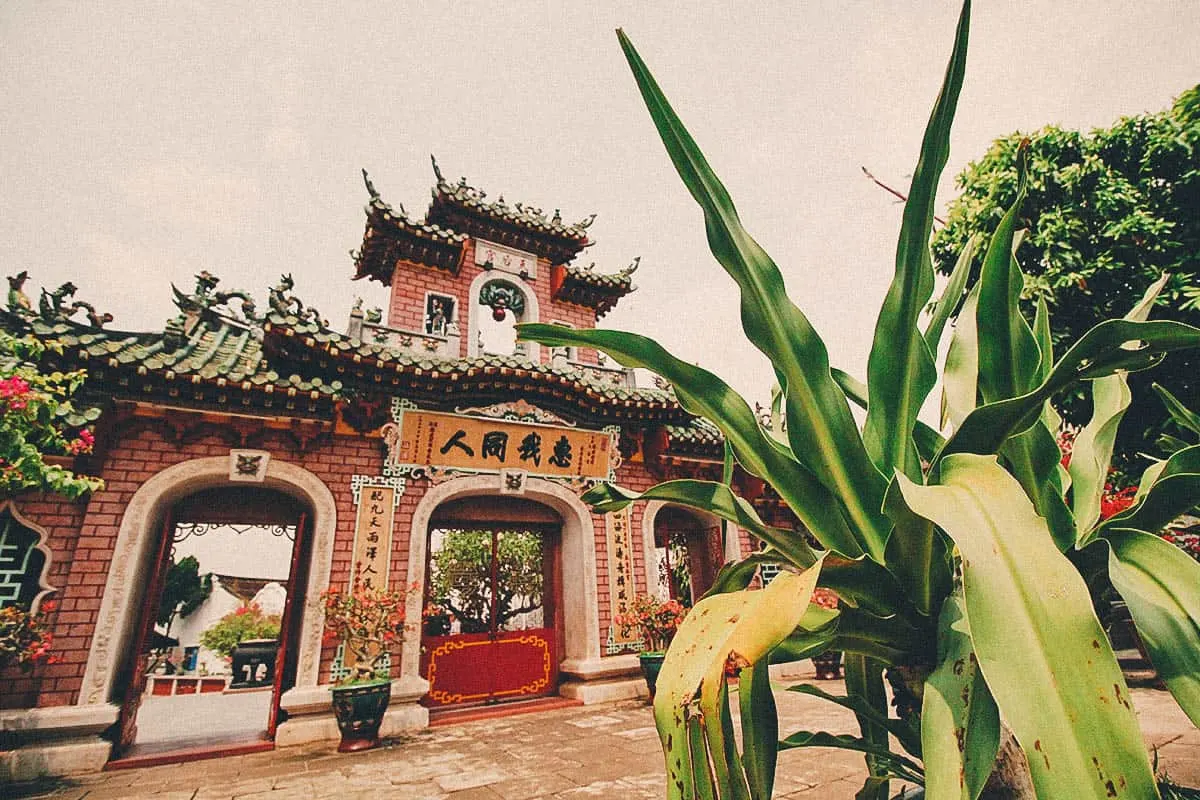
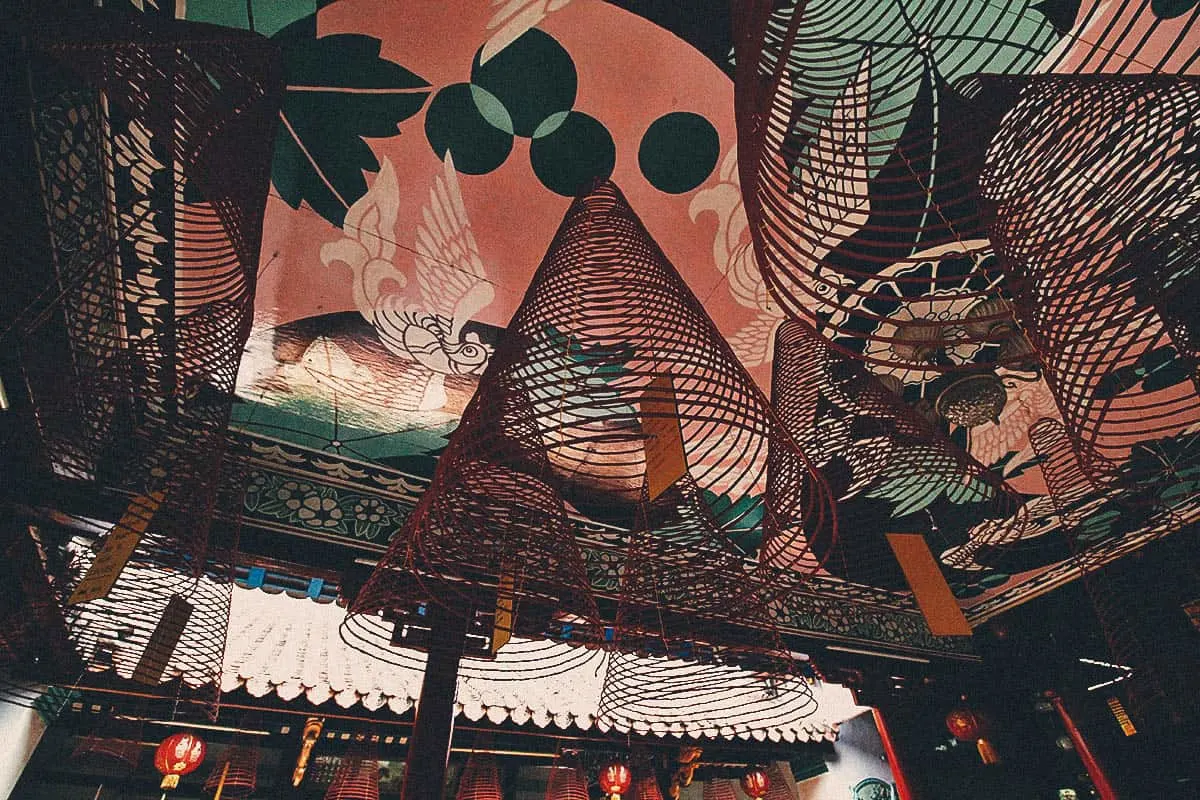
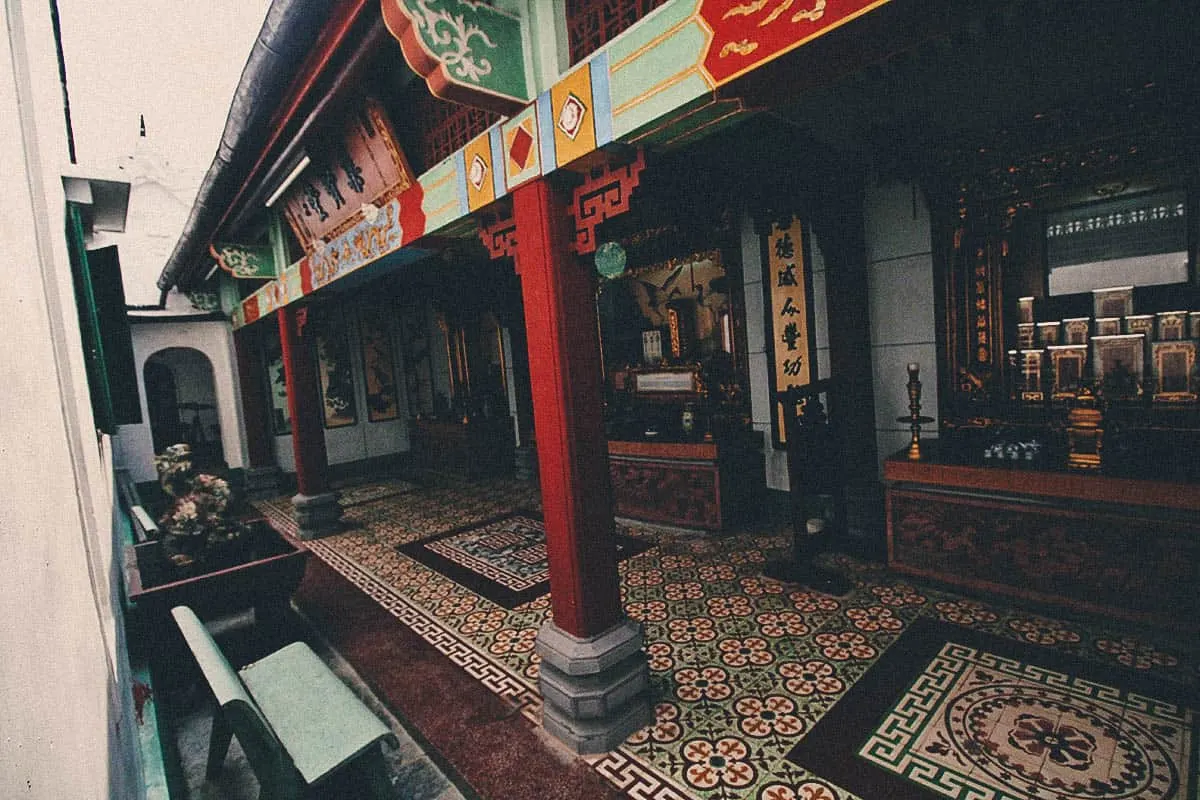
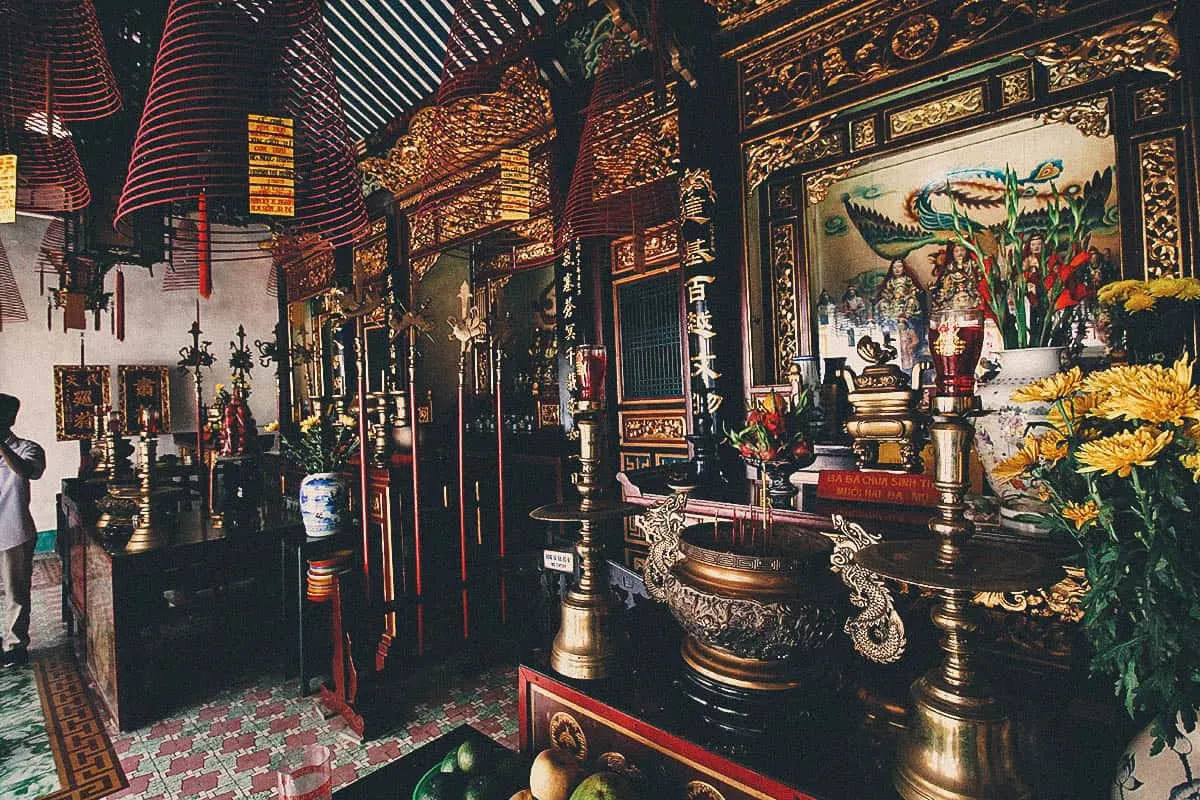
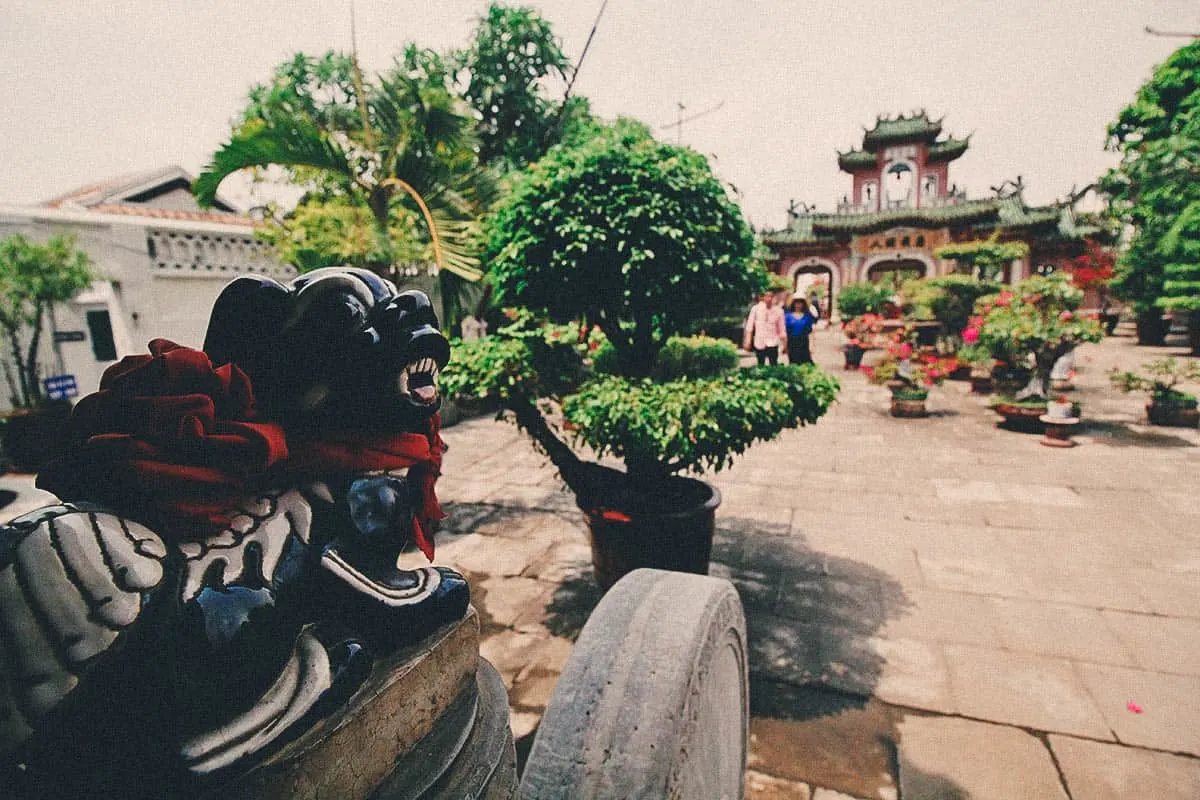
OTHER PLACES TO VISIT IN THE OLD TOWN
Central Market
In the heart of Hoi An is the Central Market. You don’t need a ticket to go inside.
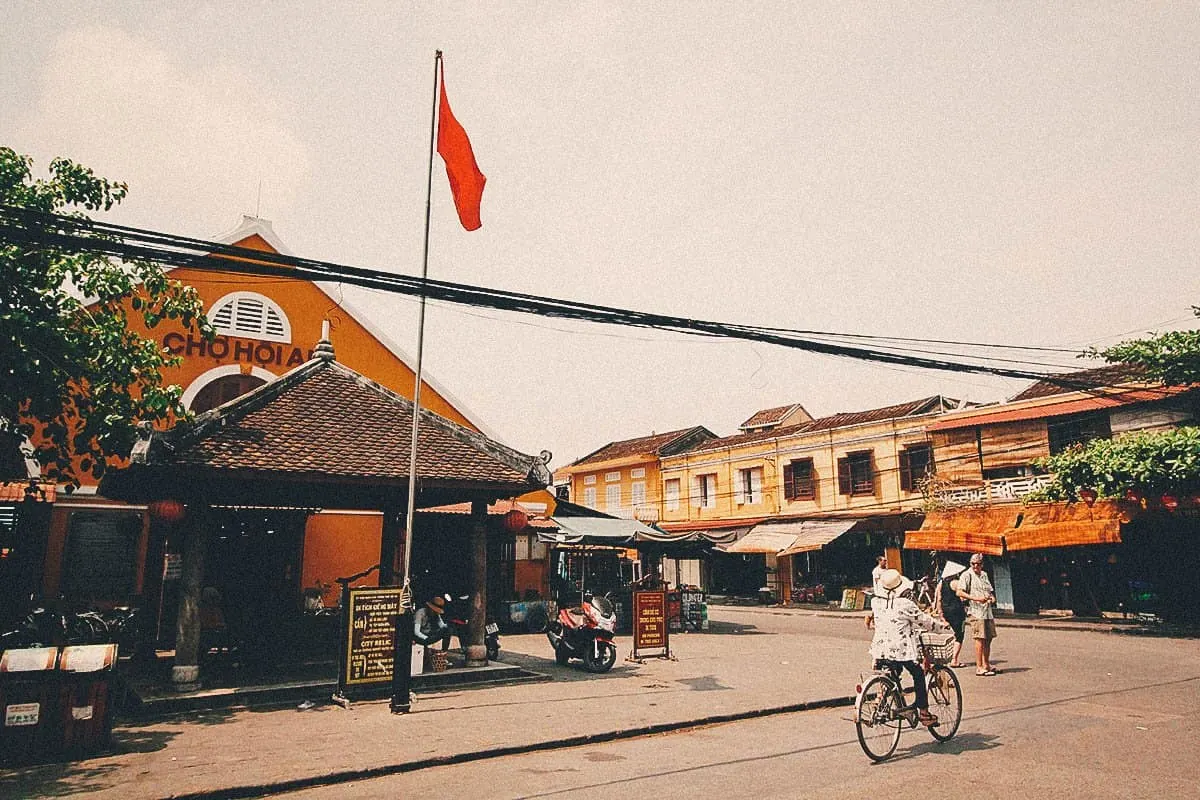
Delicious durian

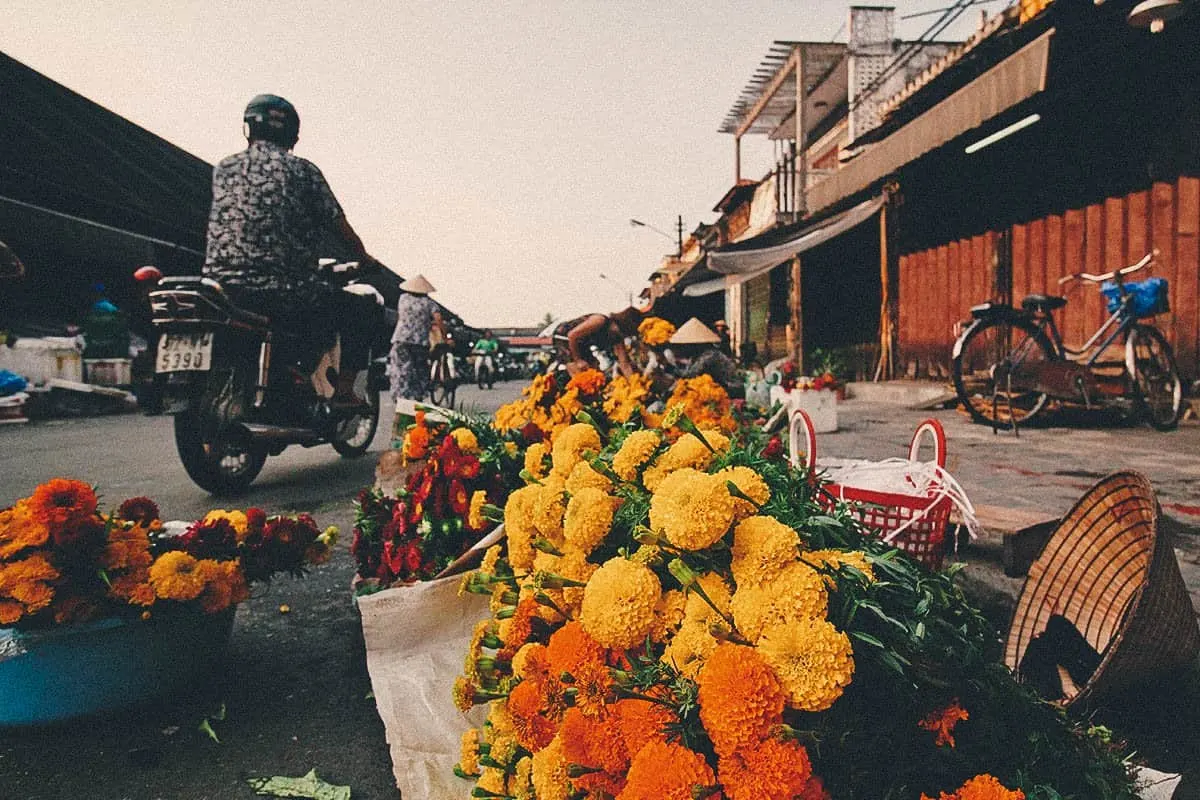
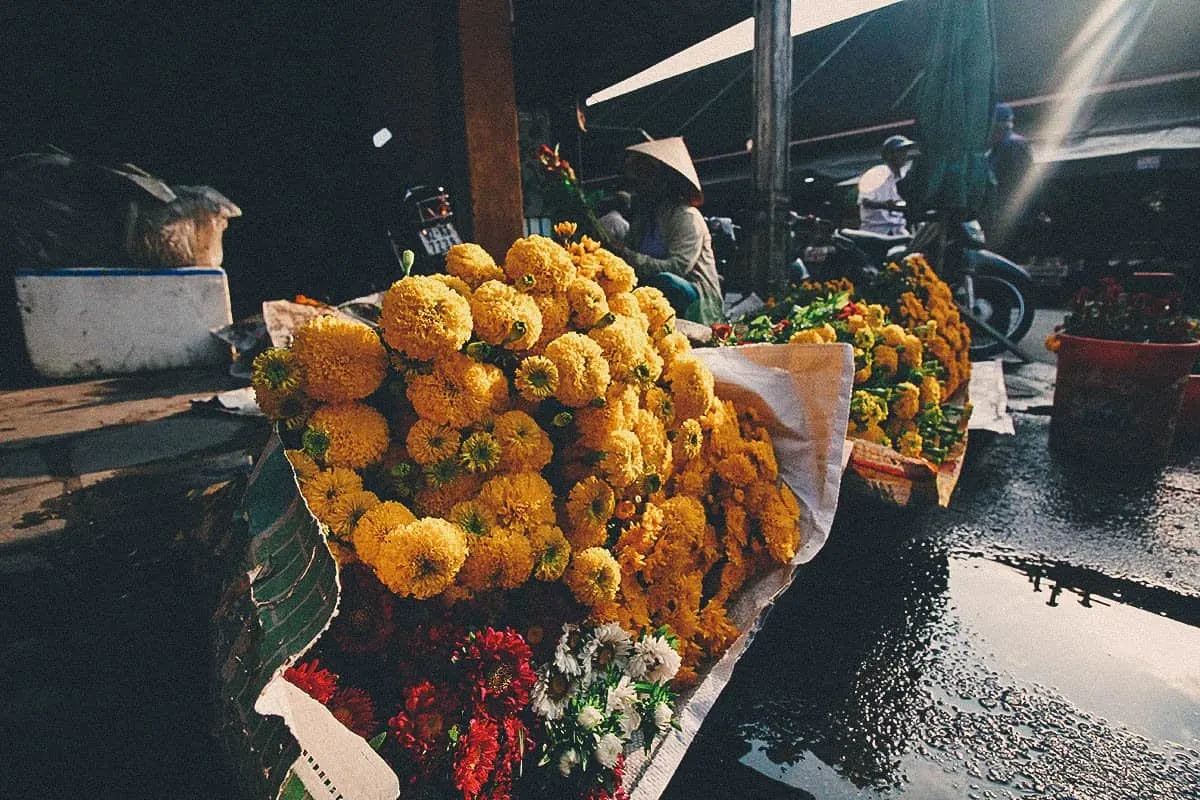
Inside the market are these many stalls offering Hoi An regional dishes like white rose dumplings, cao lau, and more. We didn’t try them but they seemed to be popular with both foreigners and locals alike.
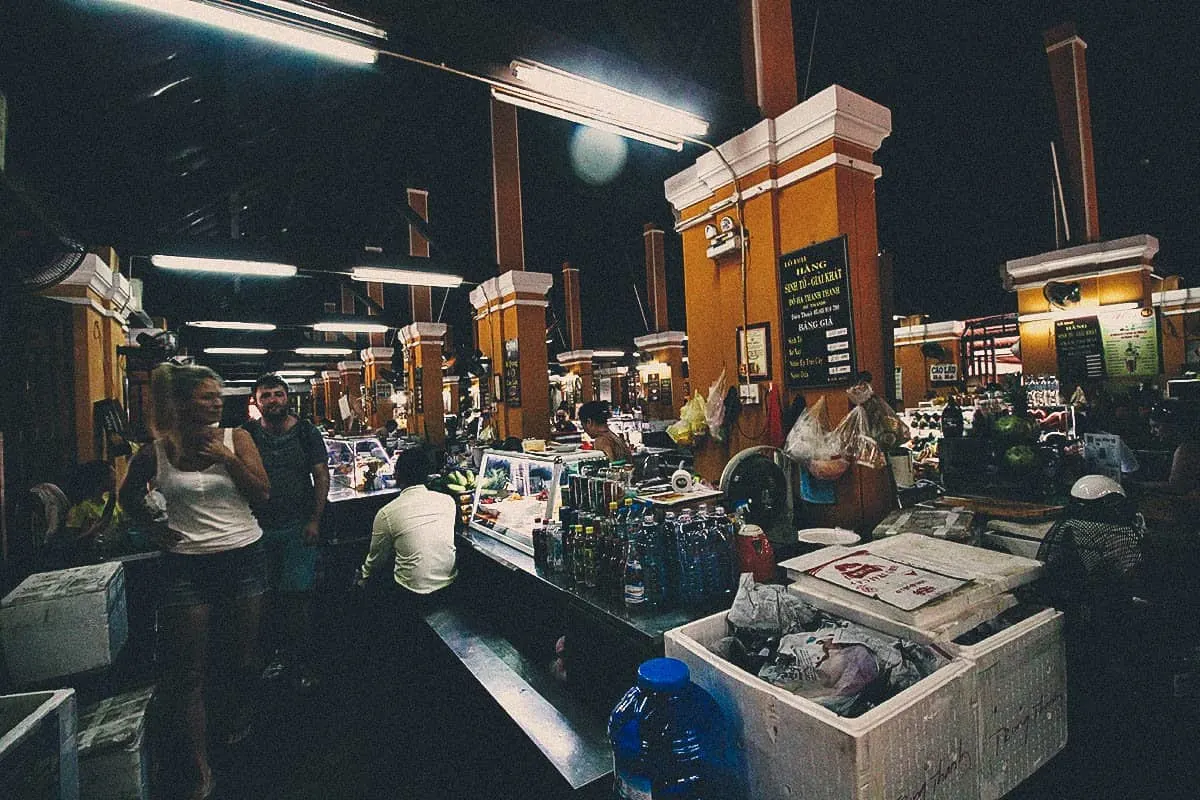
At the front of the market is this ancient well, approximately one of eighty in Hoi An.
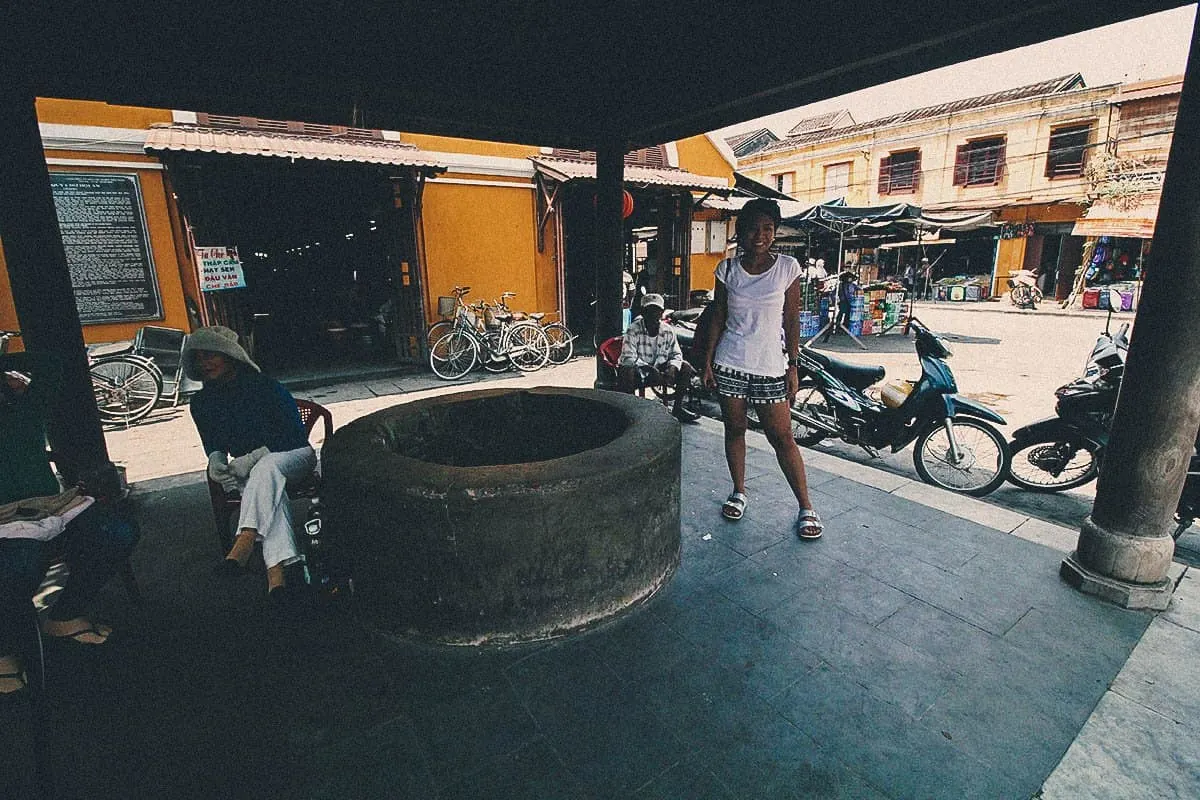
Thu Bon River
One of the most prominent features of Hoi An Ancient Town is the Thu Bon River. On either side of the river’s banks are restaurants and bars where you can sit and enjoy the sunset over beers and plates of Vietnamese food.
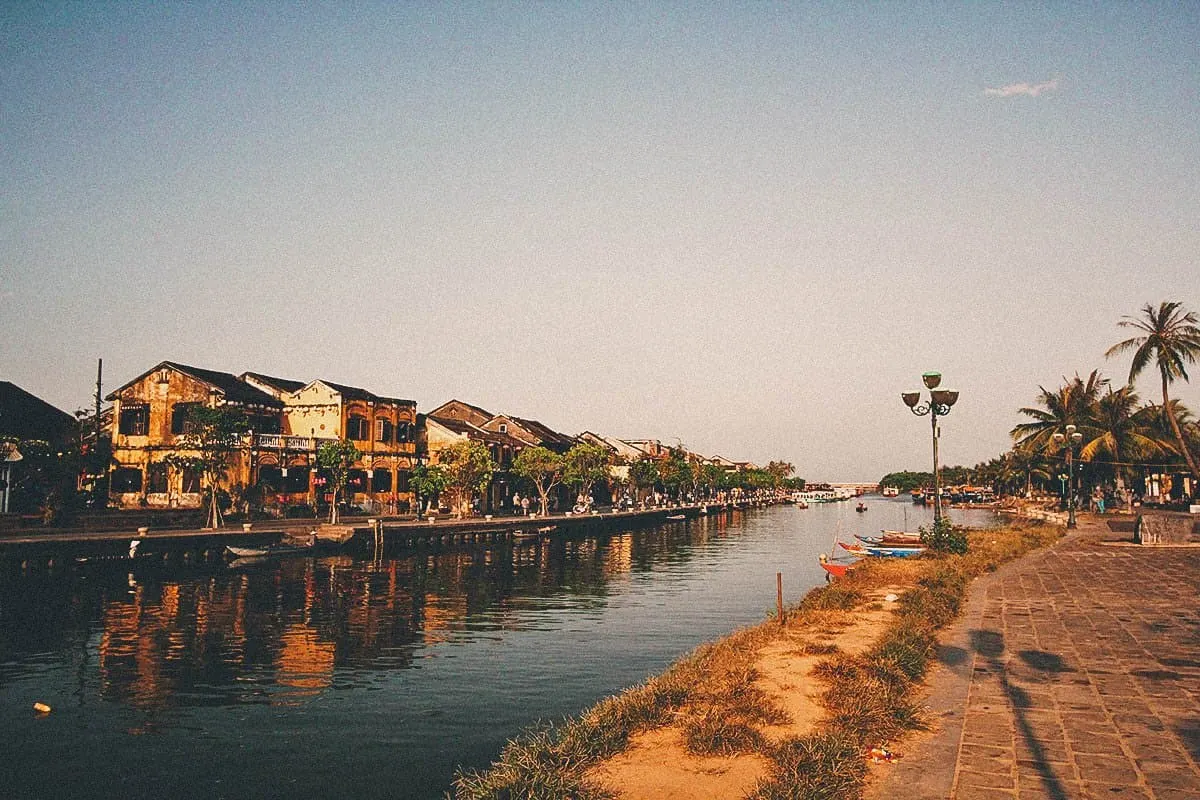
Here’s an aerial shot of the river.
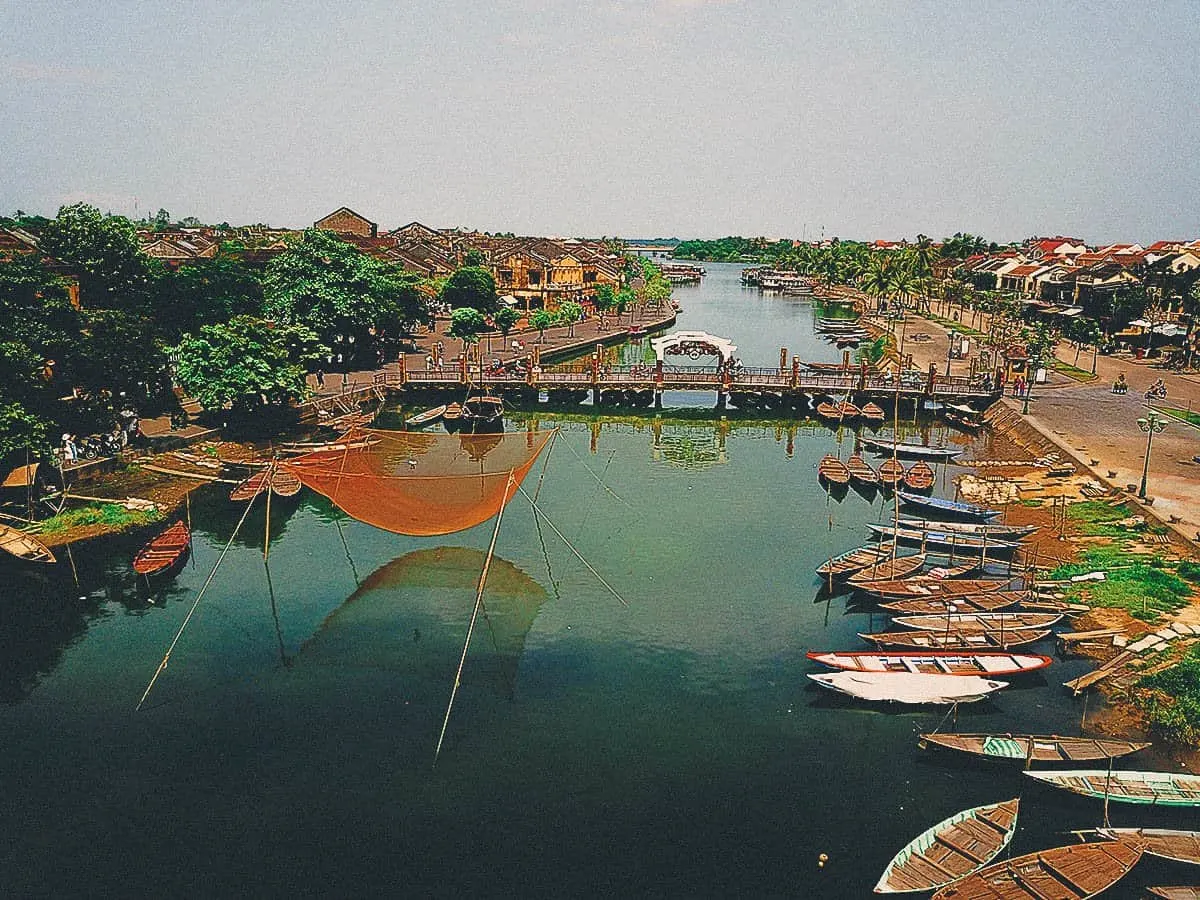
We didn’t do it but taking a boat ride on the Thu Bon River is a popular activity among tourists. From what I understand, it costs about VND 100,000 per hour. It’s popular around sunset when it’s less hot.
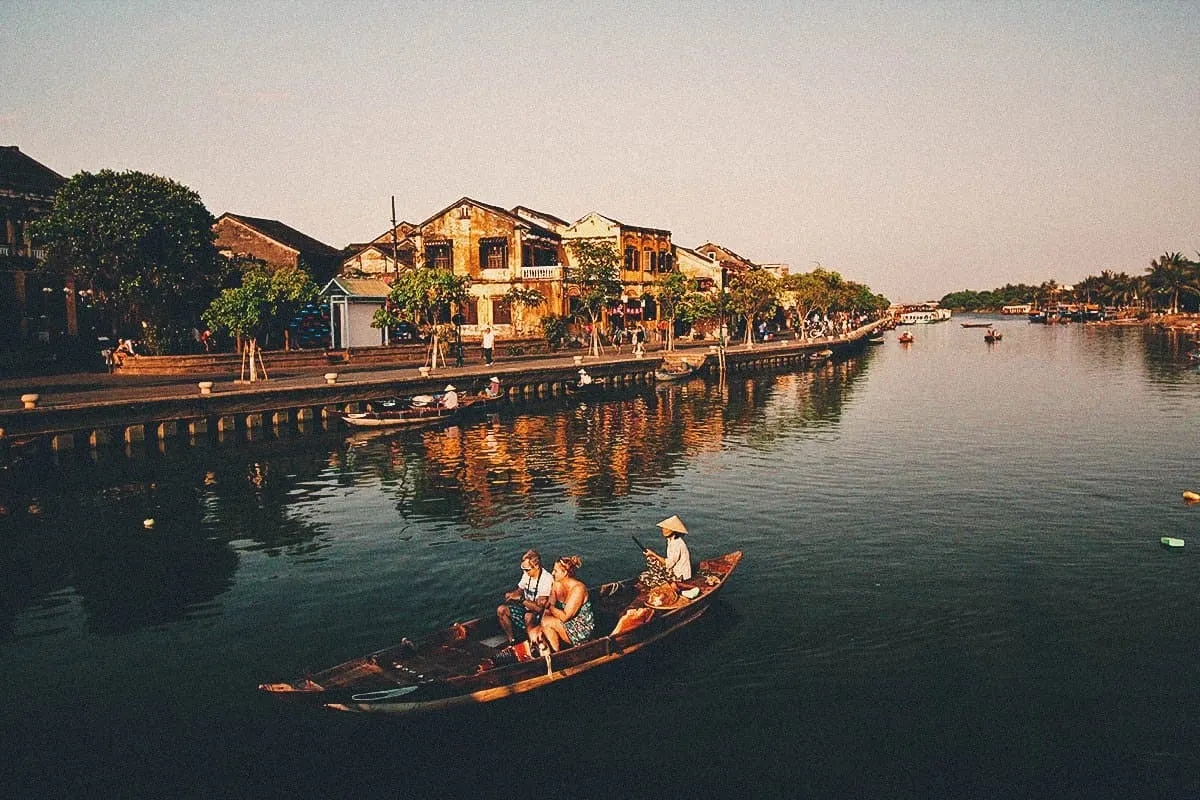
Shifu boatman chilling on his sampan

PHOTOGRAPHING HOI AN
At Night
As described at the top of this post, Hoi An Ancient Town looks magical at night. Drinking beers and watching sampans go by at one of the many restaurants overlooking the Thu Bon River is a great way to while away the time.
We sat by the riverbanks and watched the sun go down before exploring the Ancient Town at night.
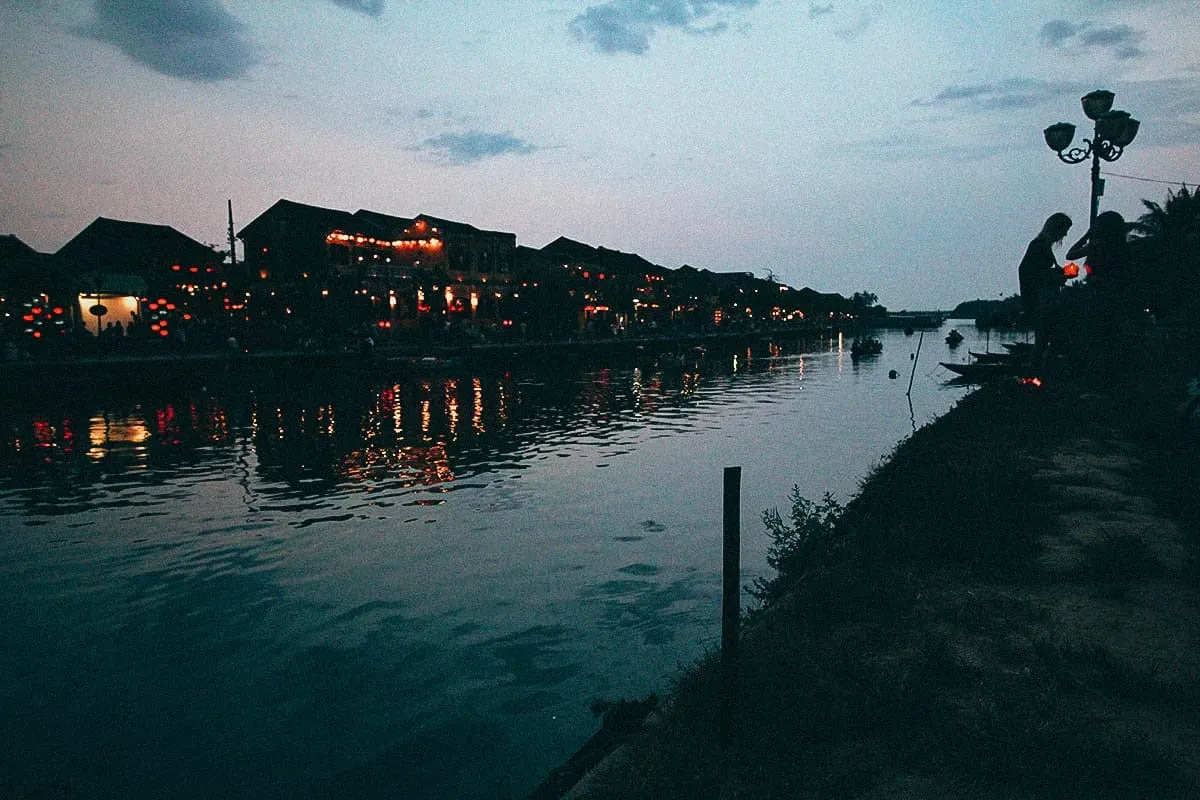
Many tourists would float candles along the river. I read that on the 14th day of every lunar month, the Full Moon Festival is held where you’ll find hundreds of these candles on paper boats floating down the Thu Bon.
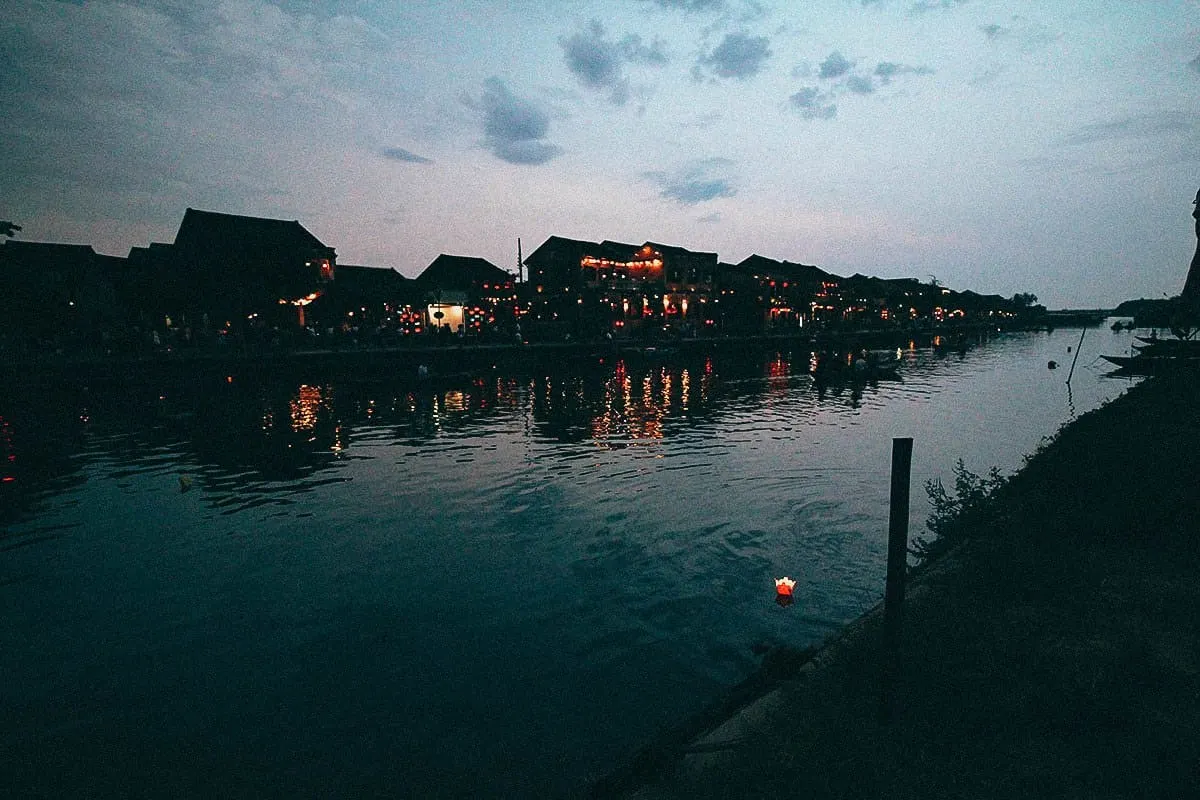
Even the bridge over the river gets lit up at night.
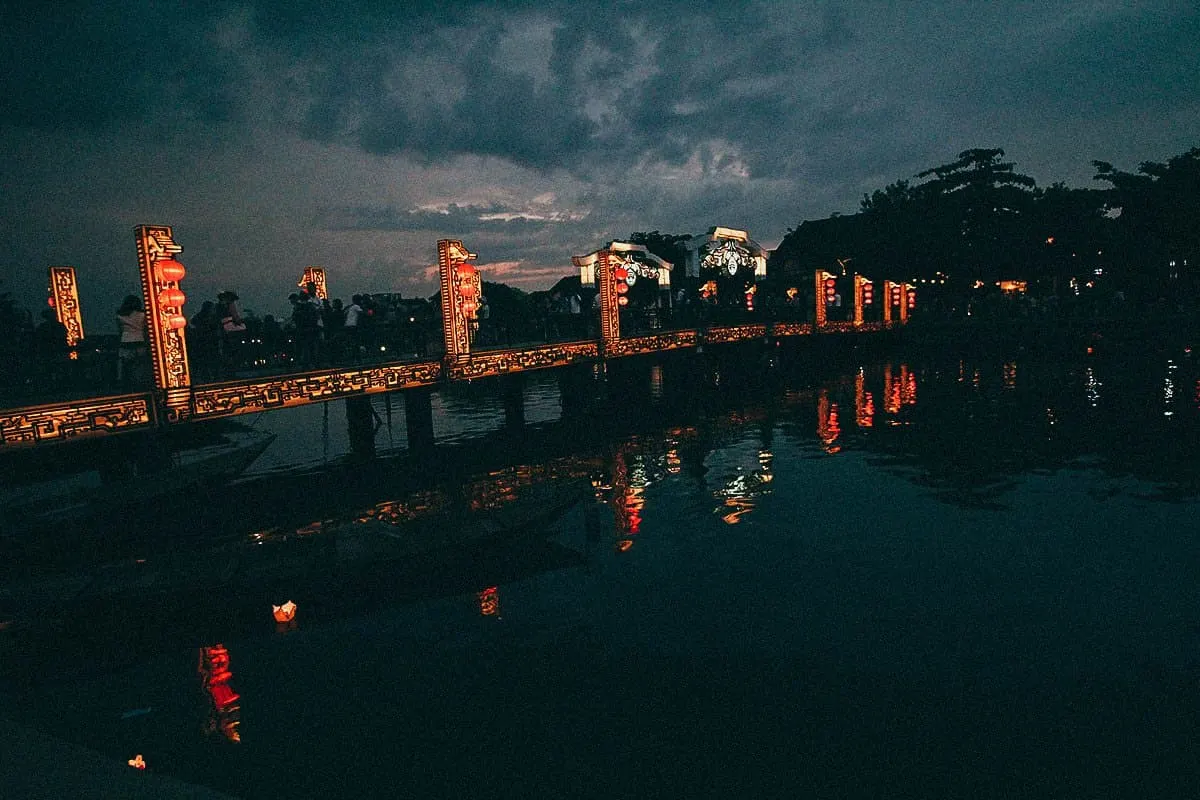
See what I mean by magical? The Ancient Town looks dream-like after dark.
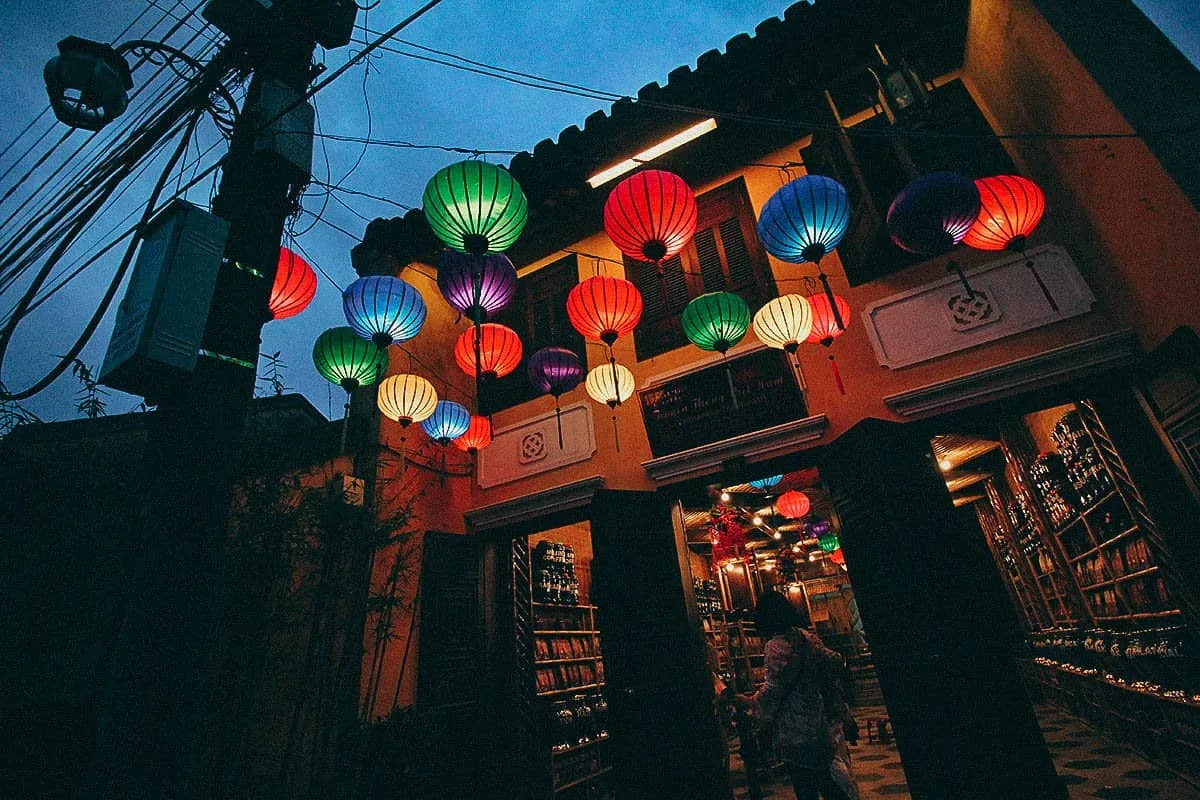
I don’t know how and when this lantern tradition started but it looks incredible.
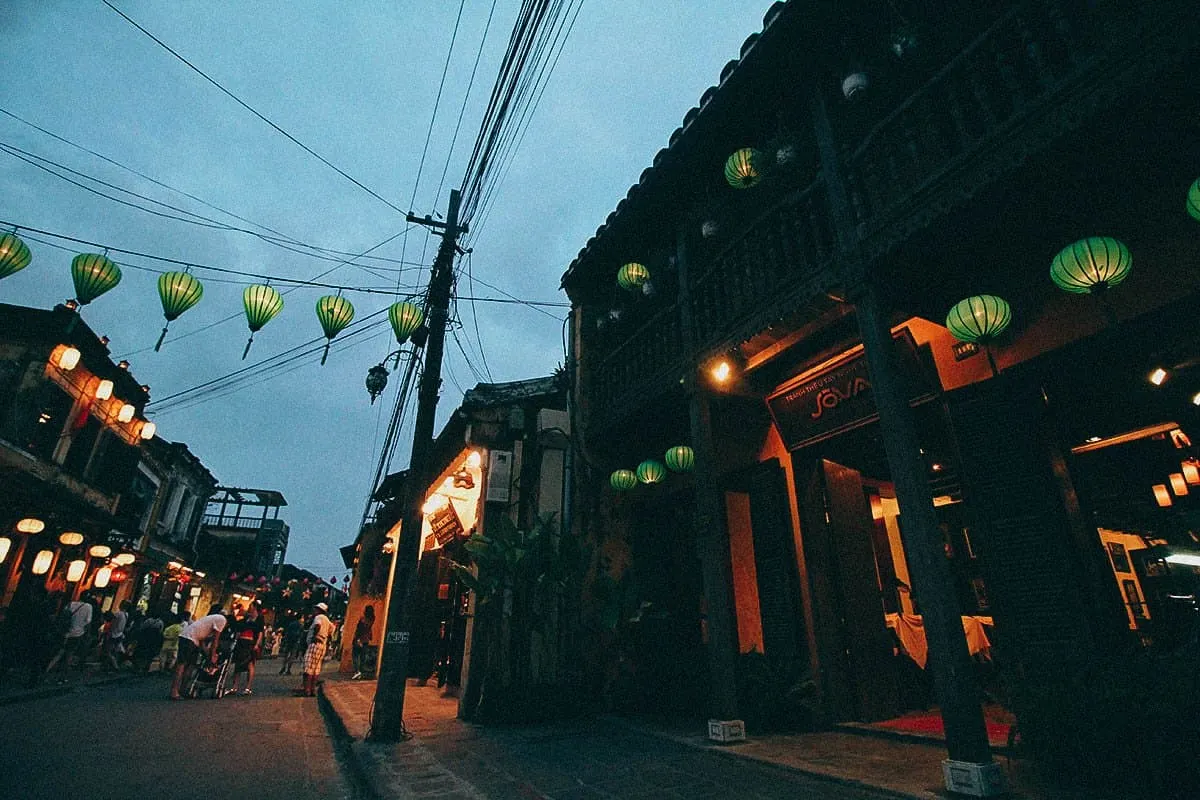
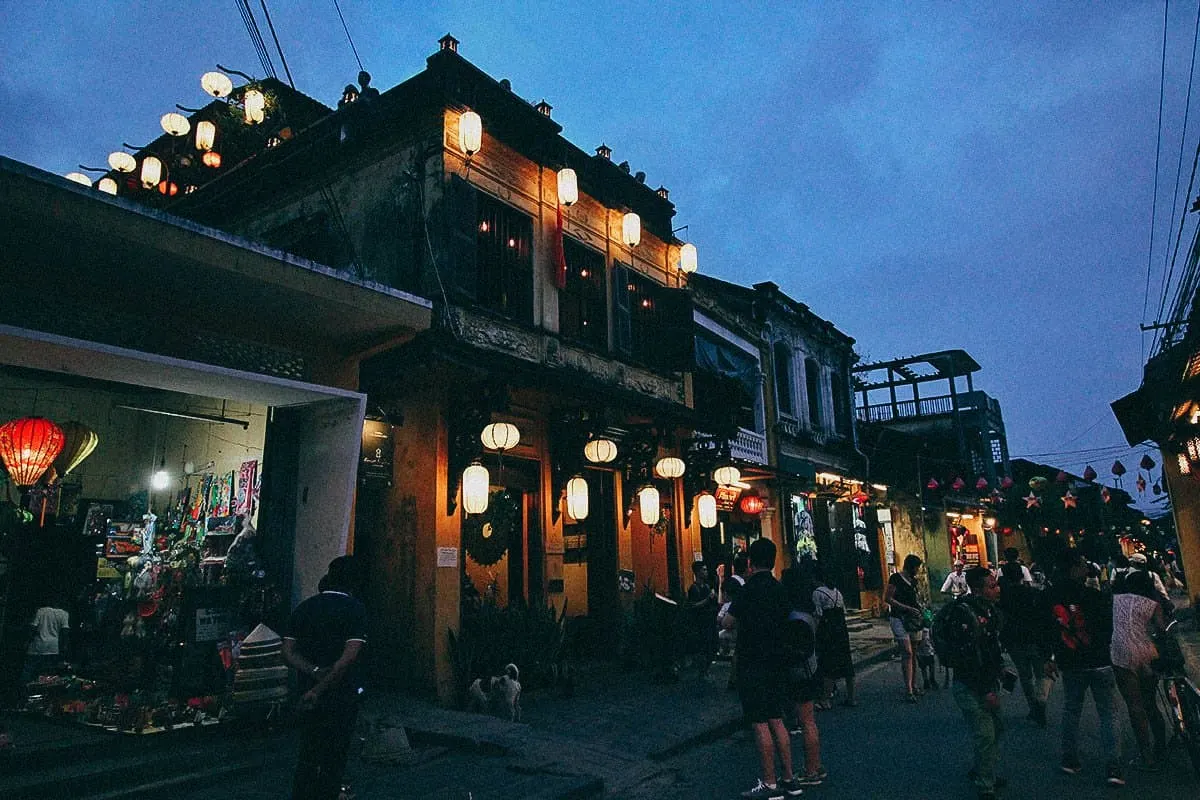
Lanterns of different shapes and colors everywhere
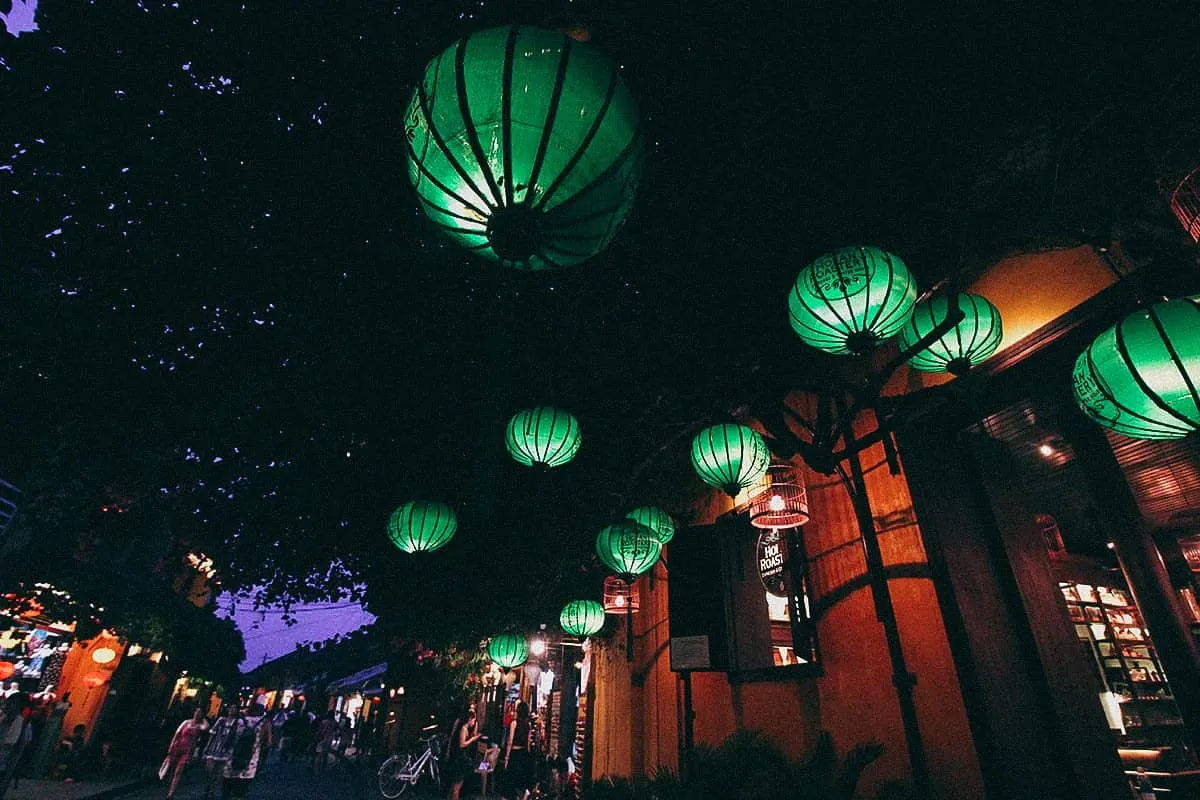
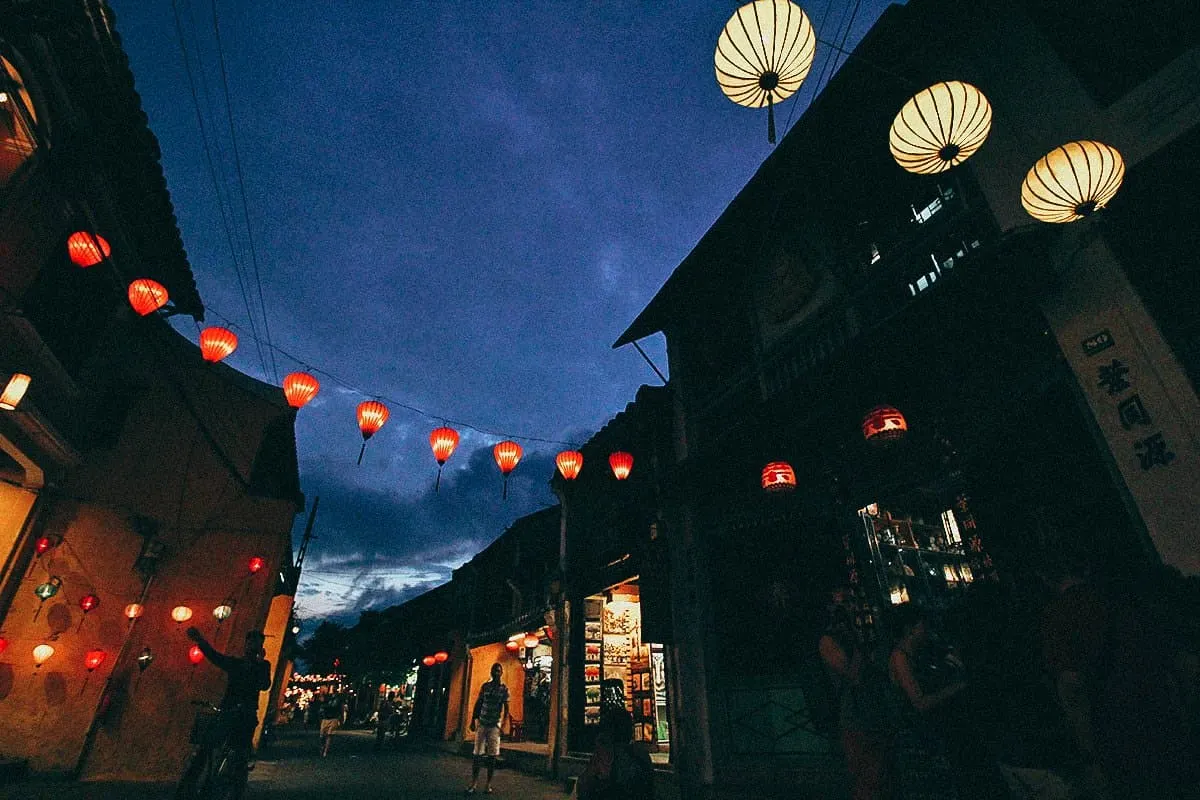
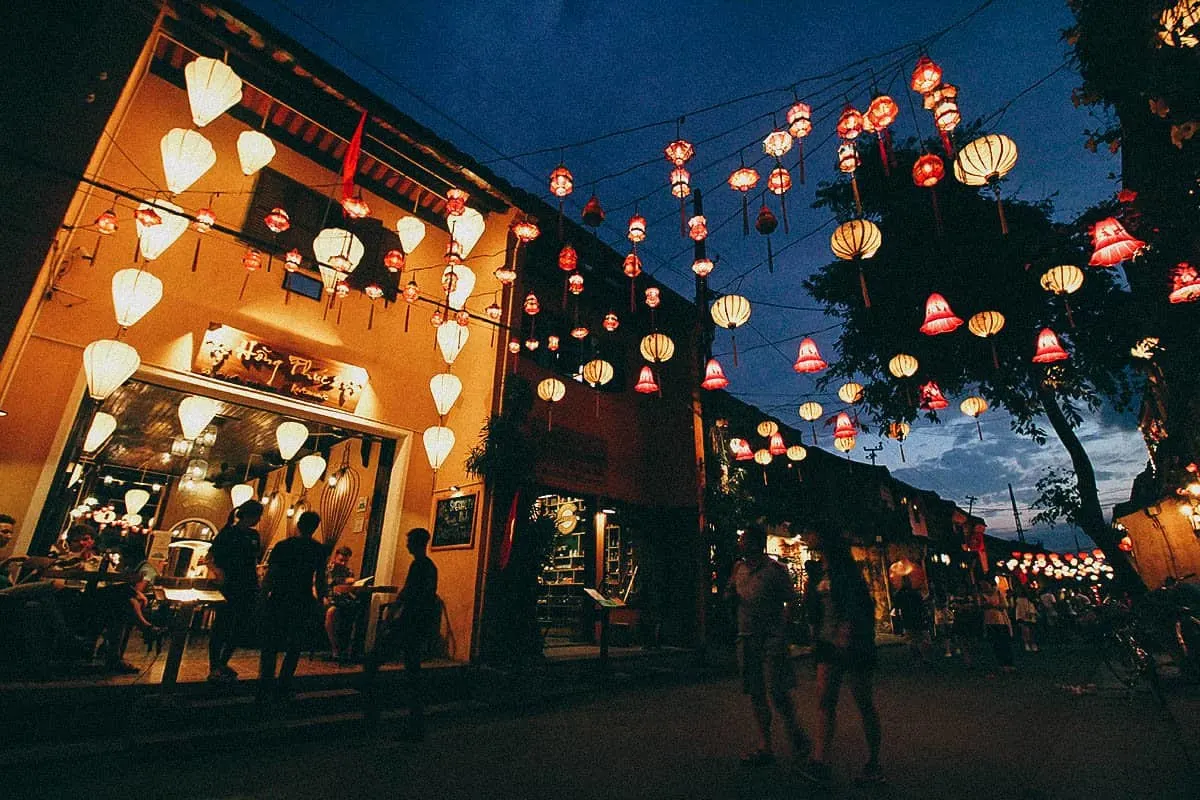
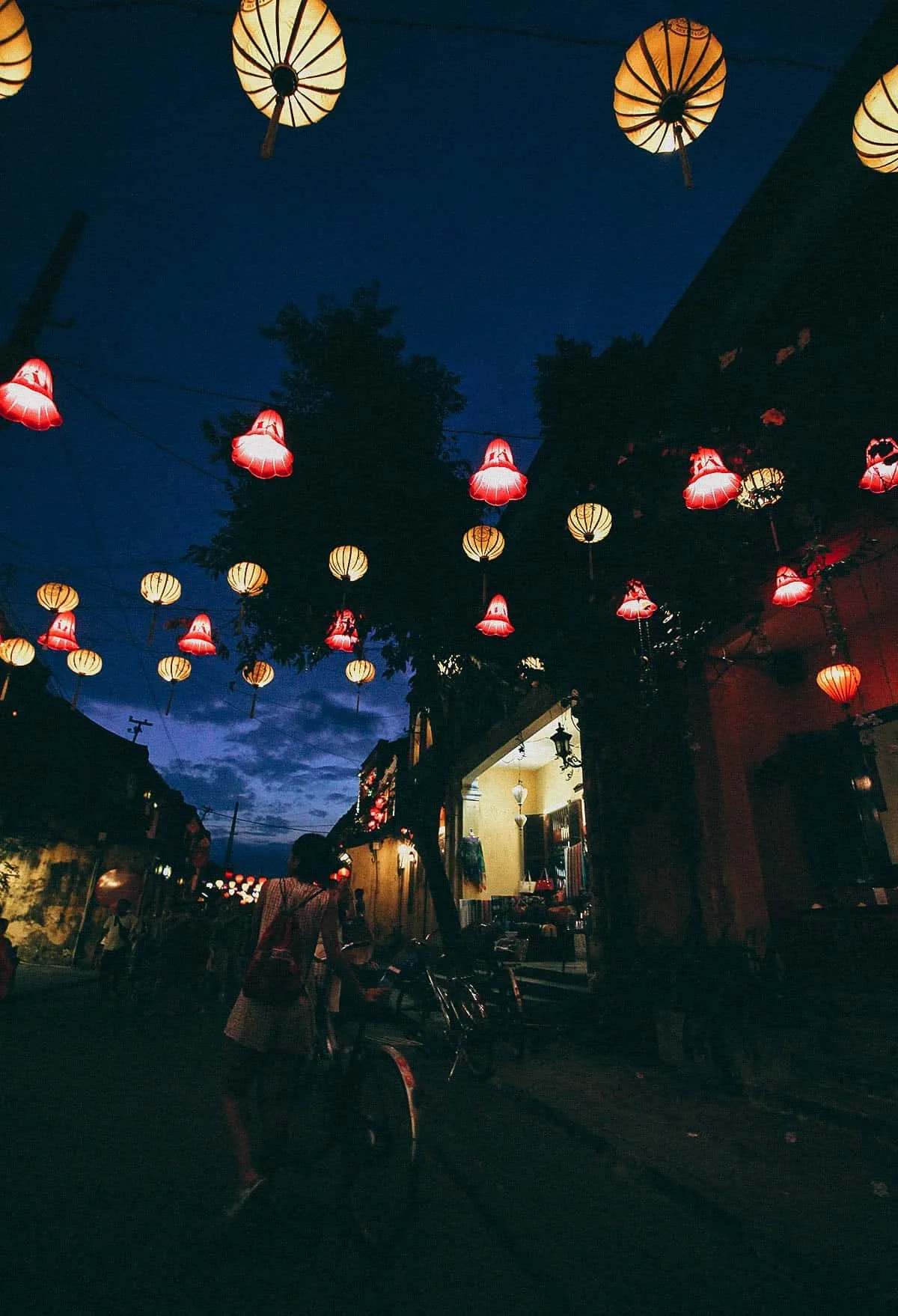
This was an ordinary night but I read the streets get even more lively during the previously mentioned Full Moon Festival.
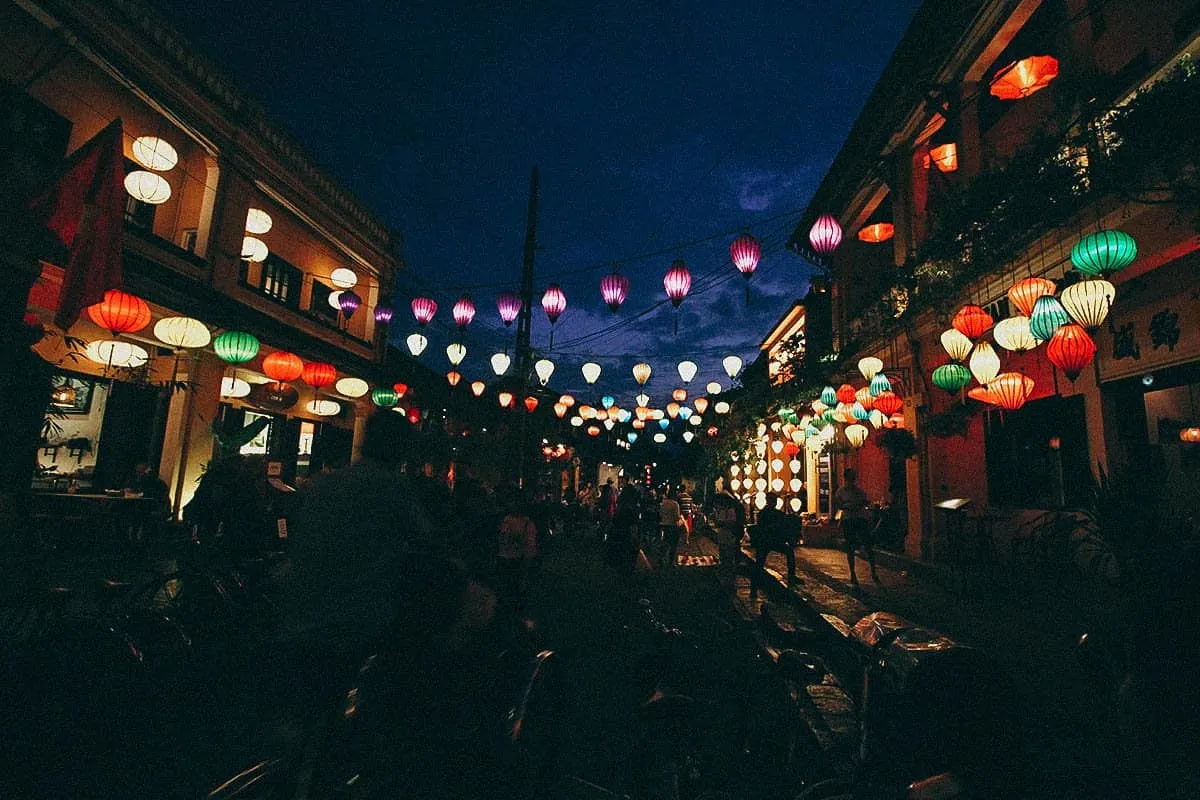
It does get pretty crowded at night so you’ll need to weave your way through a steady flow of rickshaws and tourists.
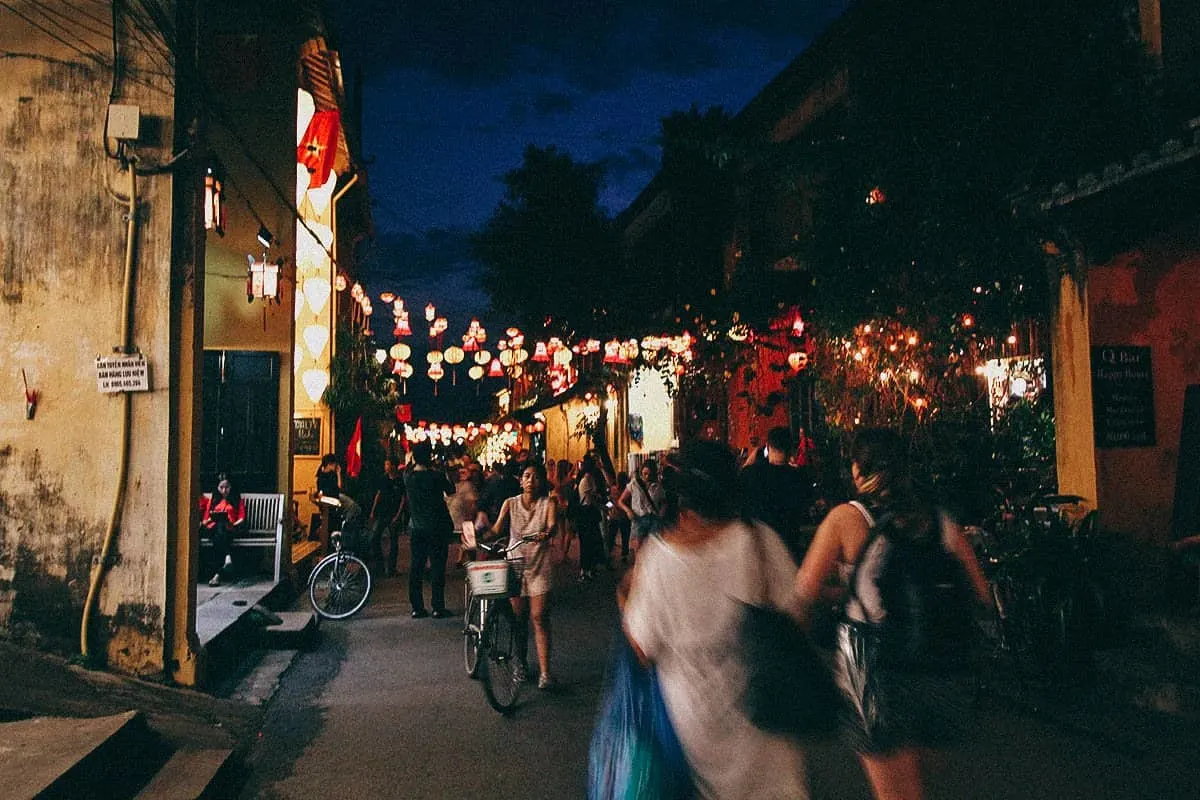
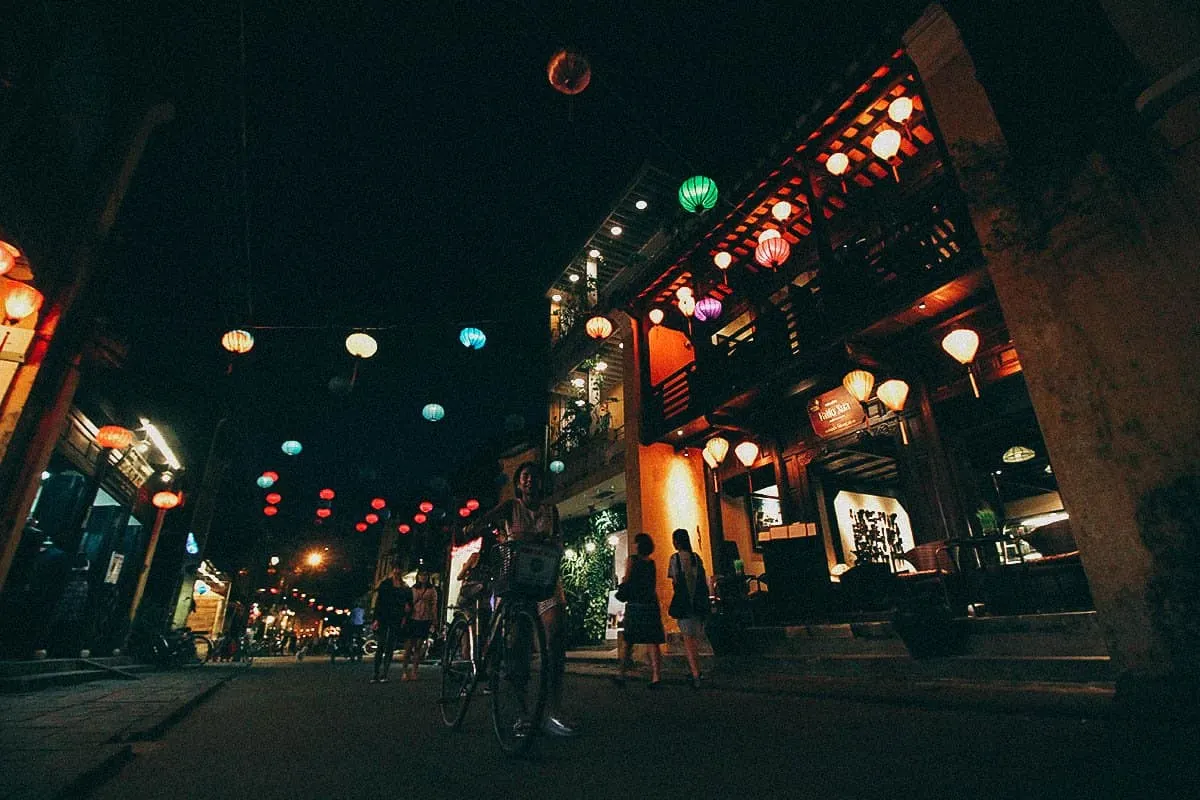
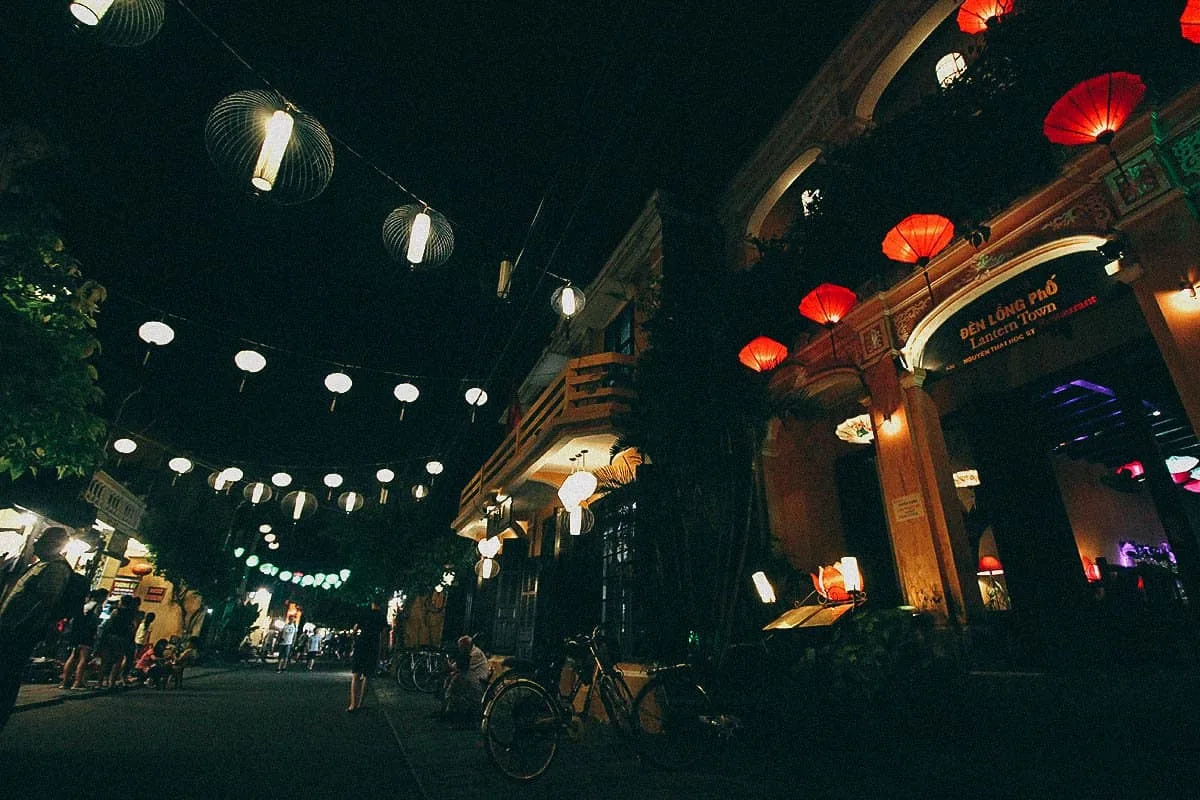
At Sunrise
Now that I had experienced the Ancient Town at its liveliest, I wanted to see what it was like at sunrise with hardly any people around.
At this early hour, it was just me, the occasional bicycle, and this dude in underpants walking around town like a boss. Good Morning Vietnam!
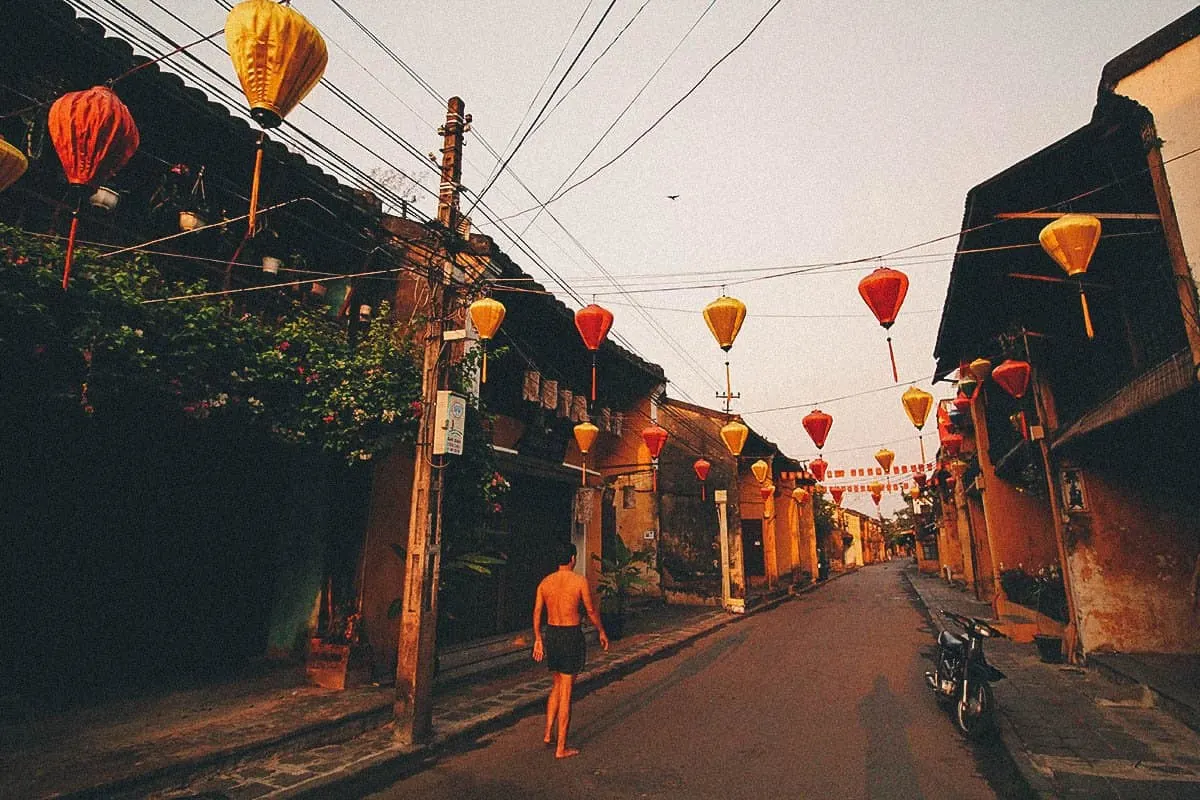
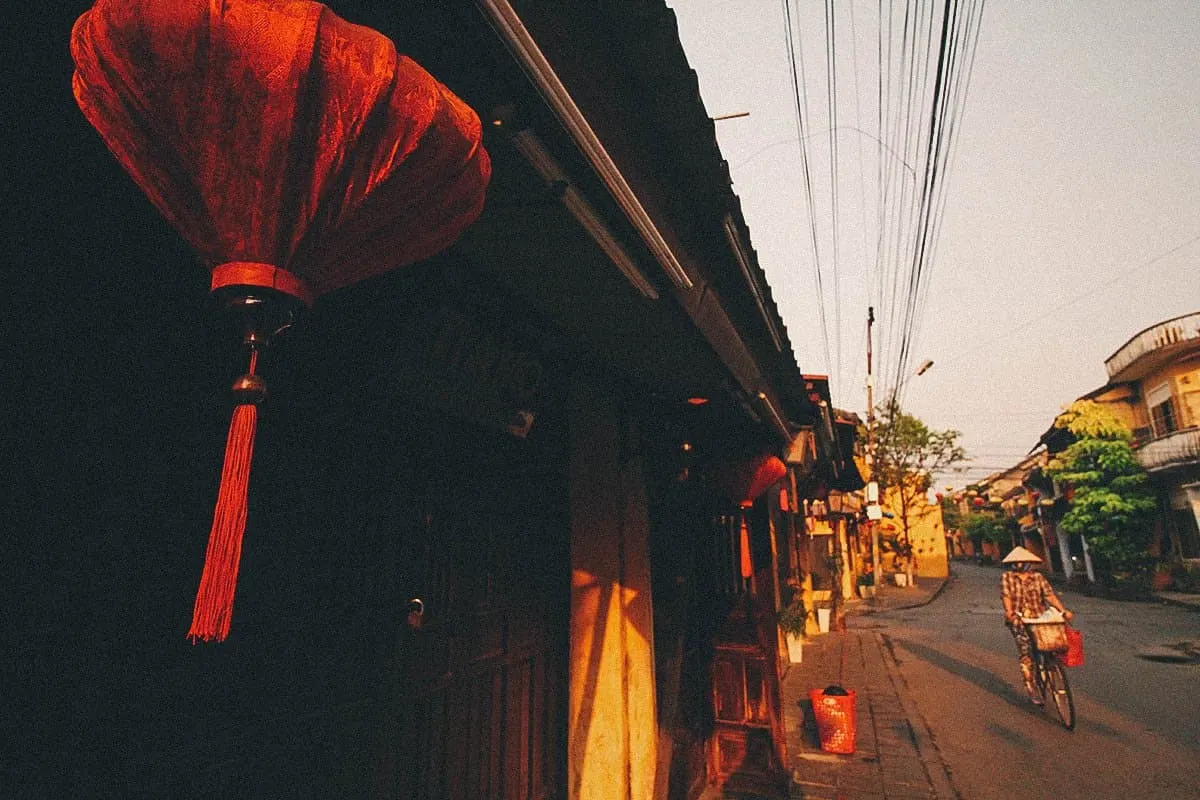
Bathed in a different light, the Ancient Town looked just as picturesque at sunrise.
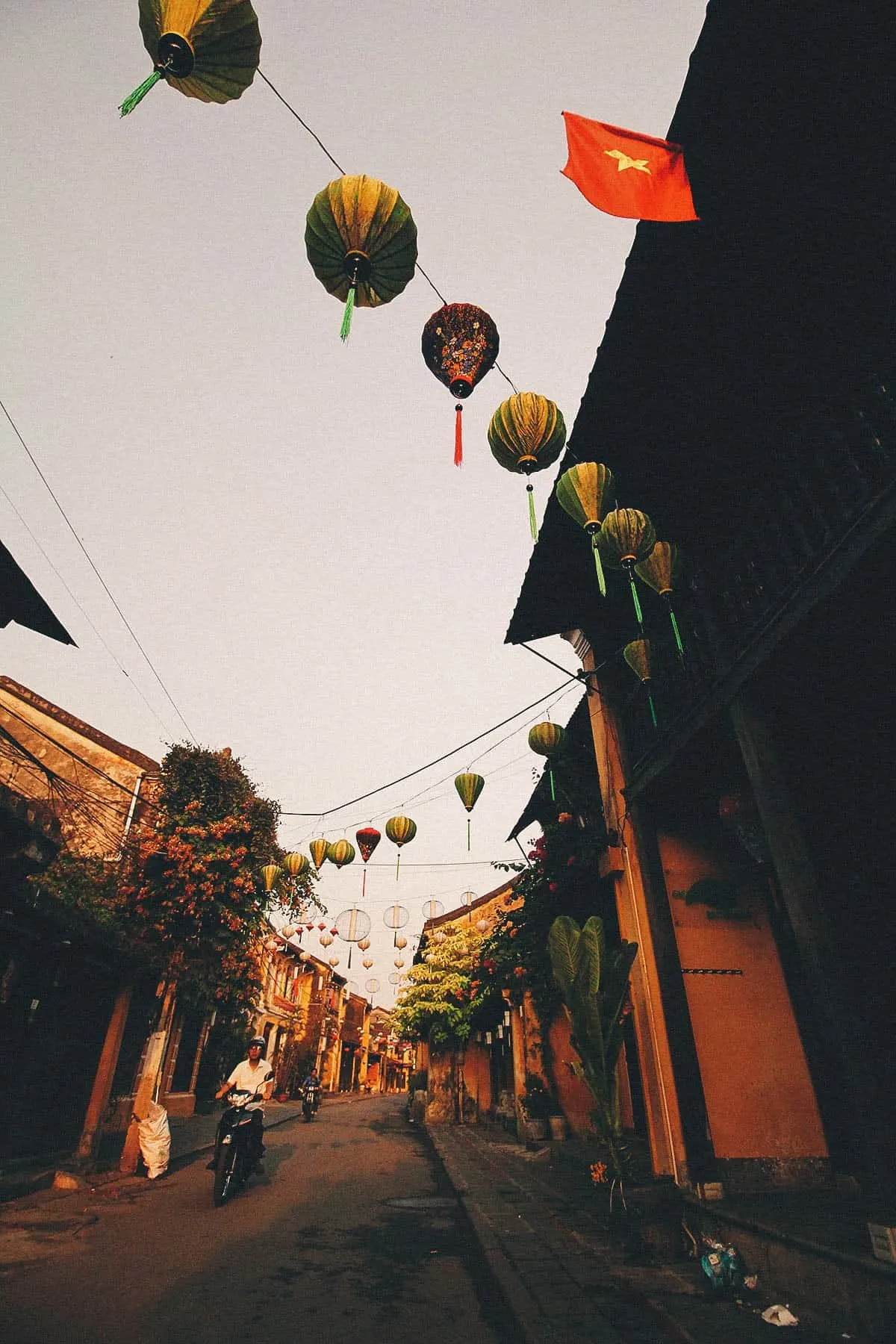
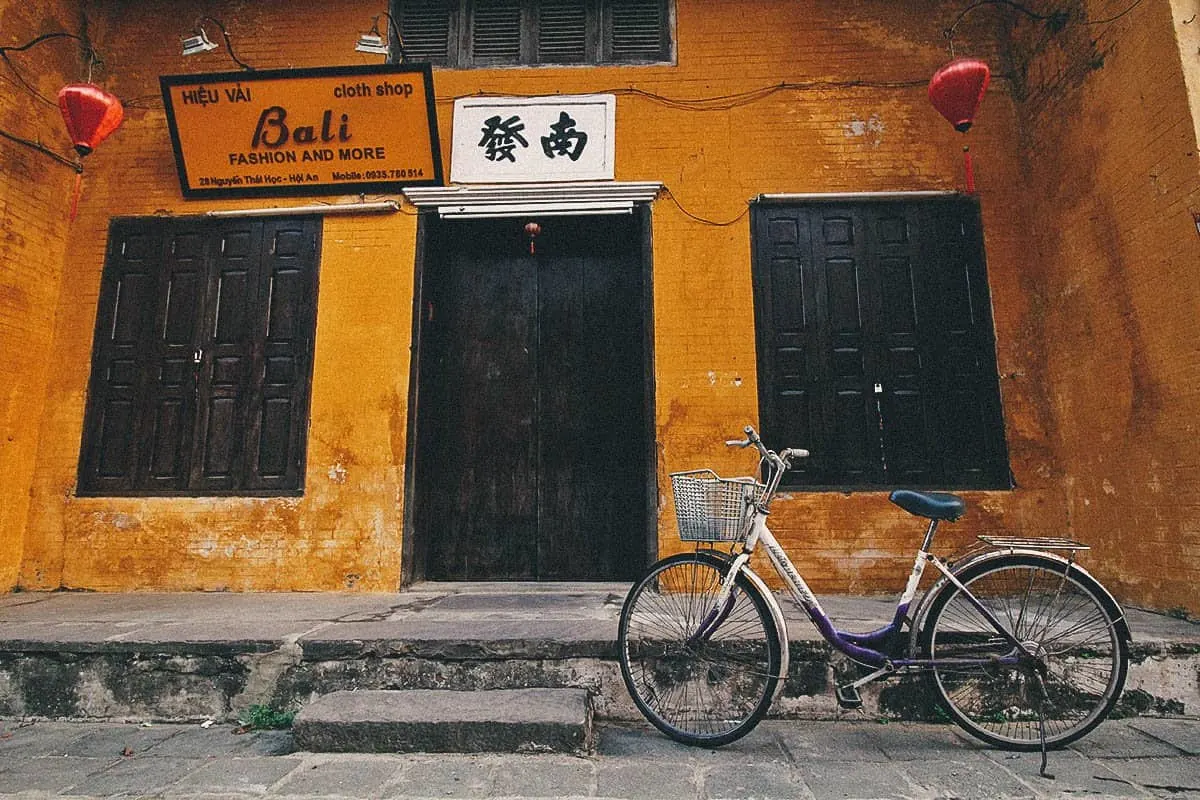
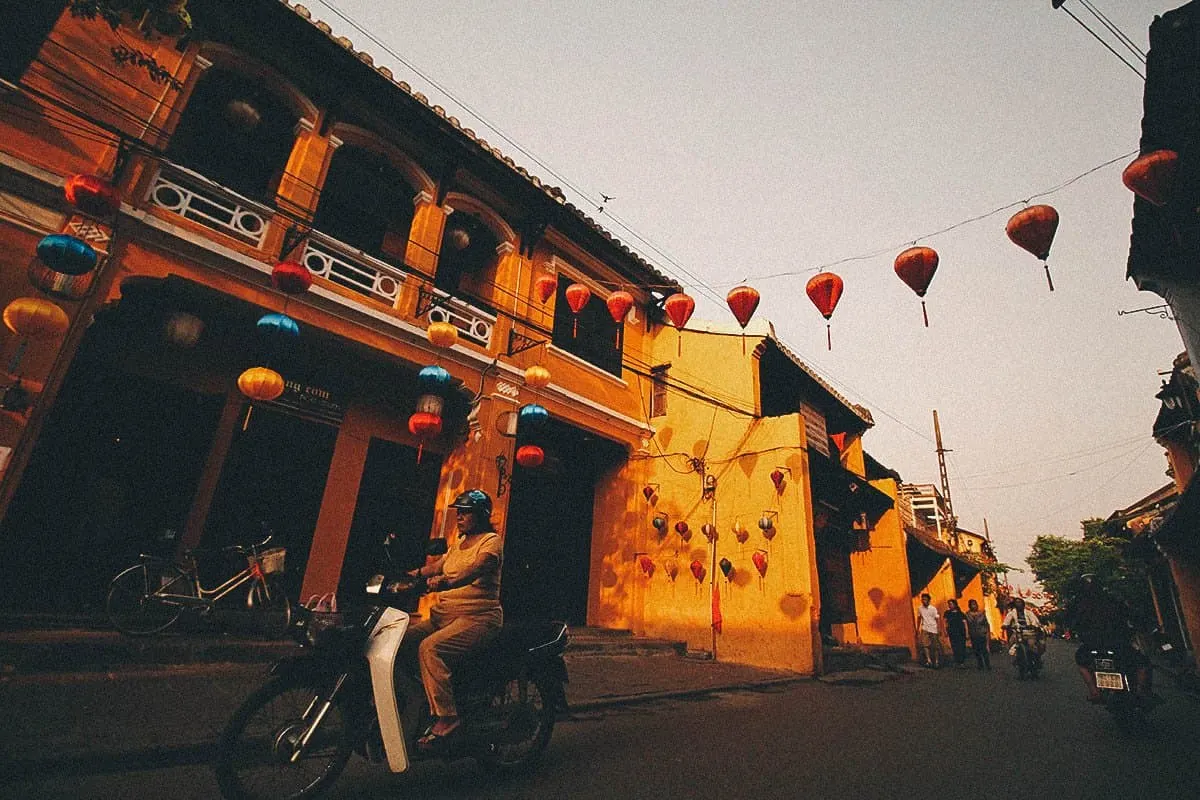
Shadow play
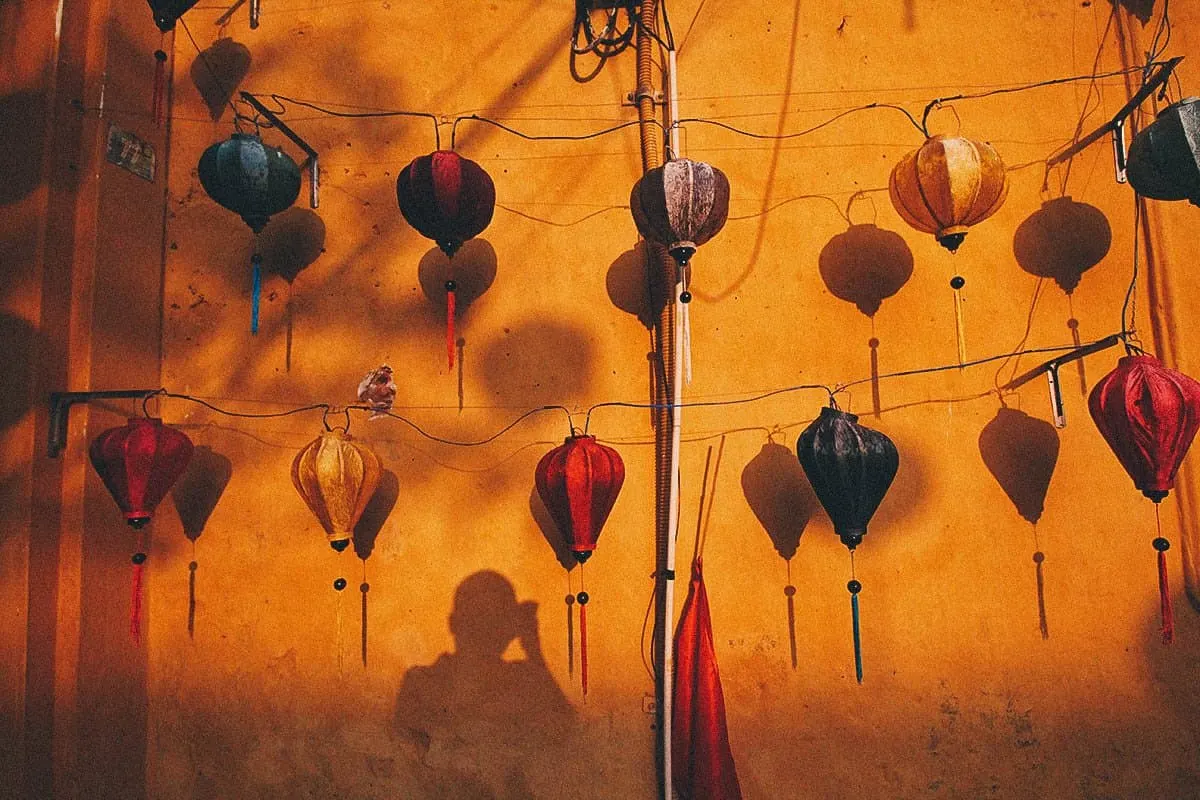
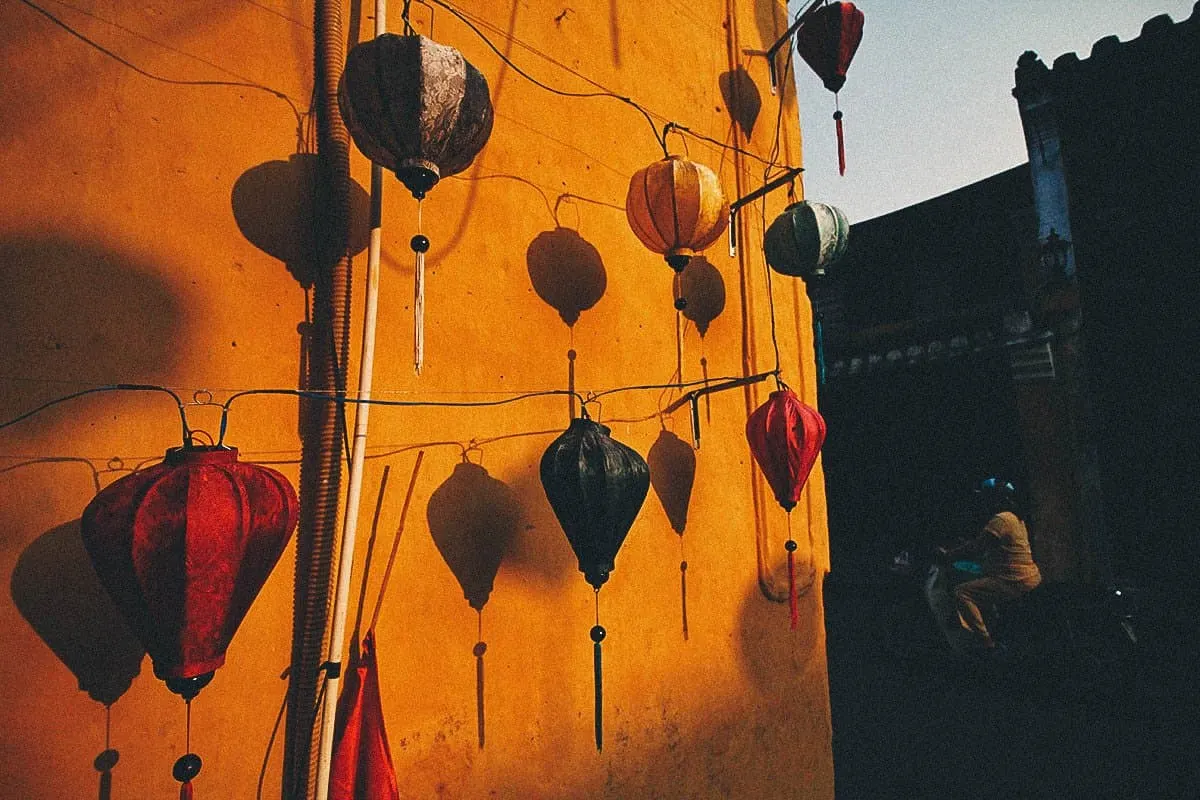
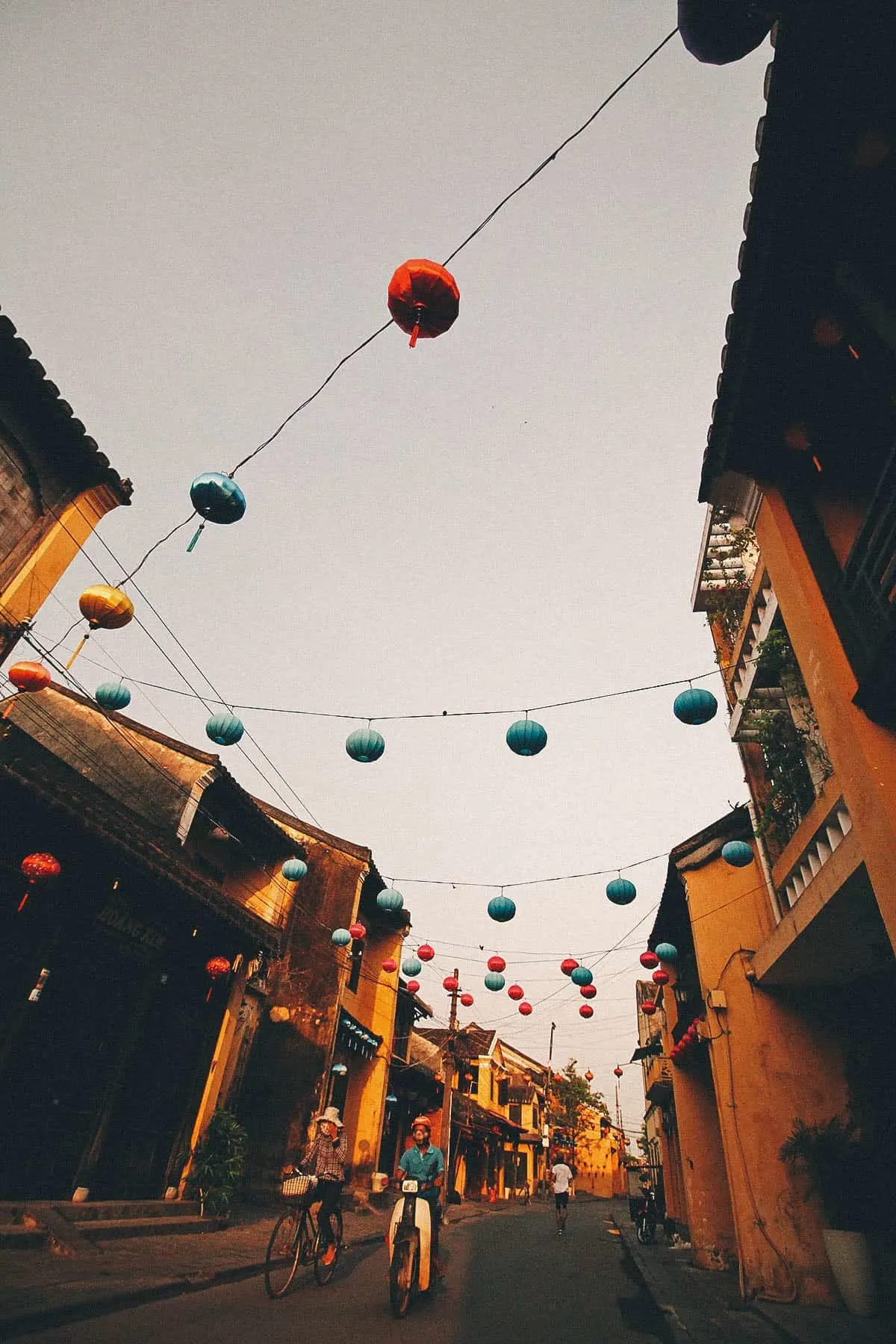
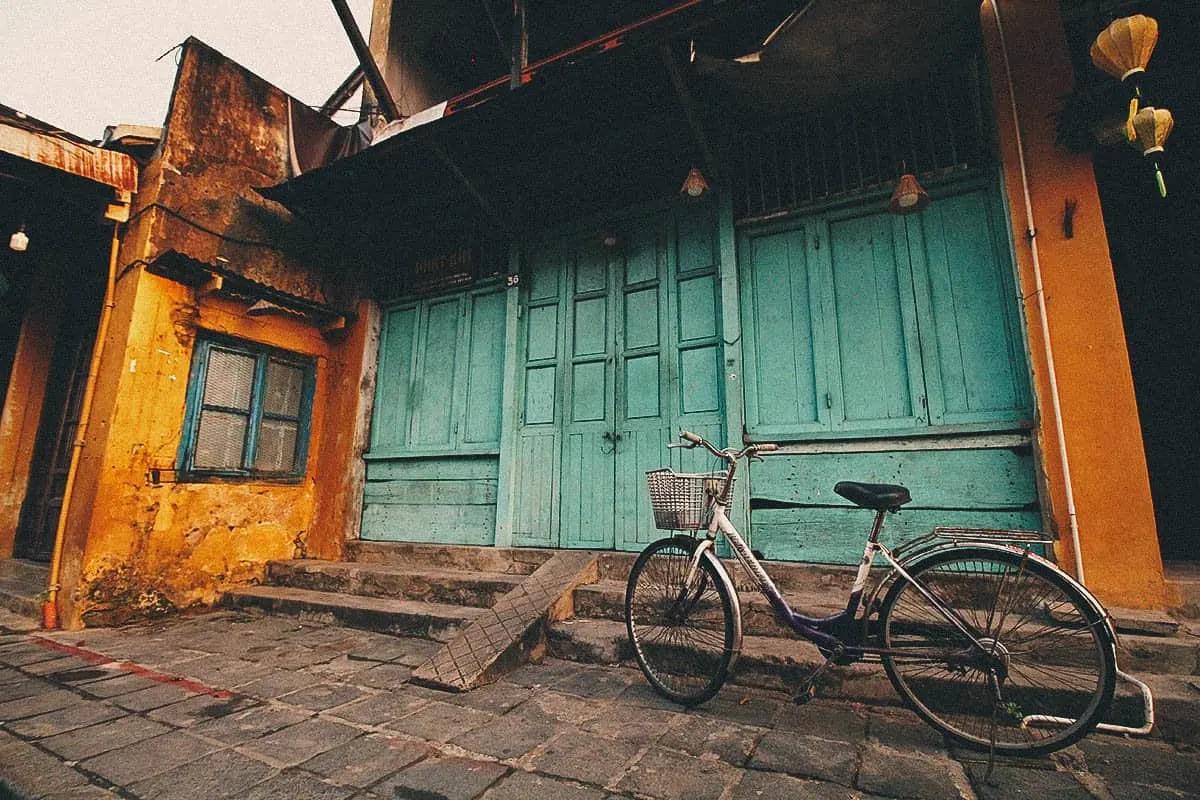
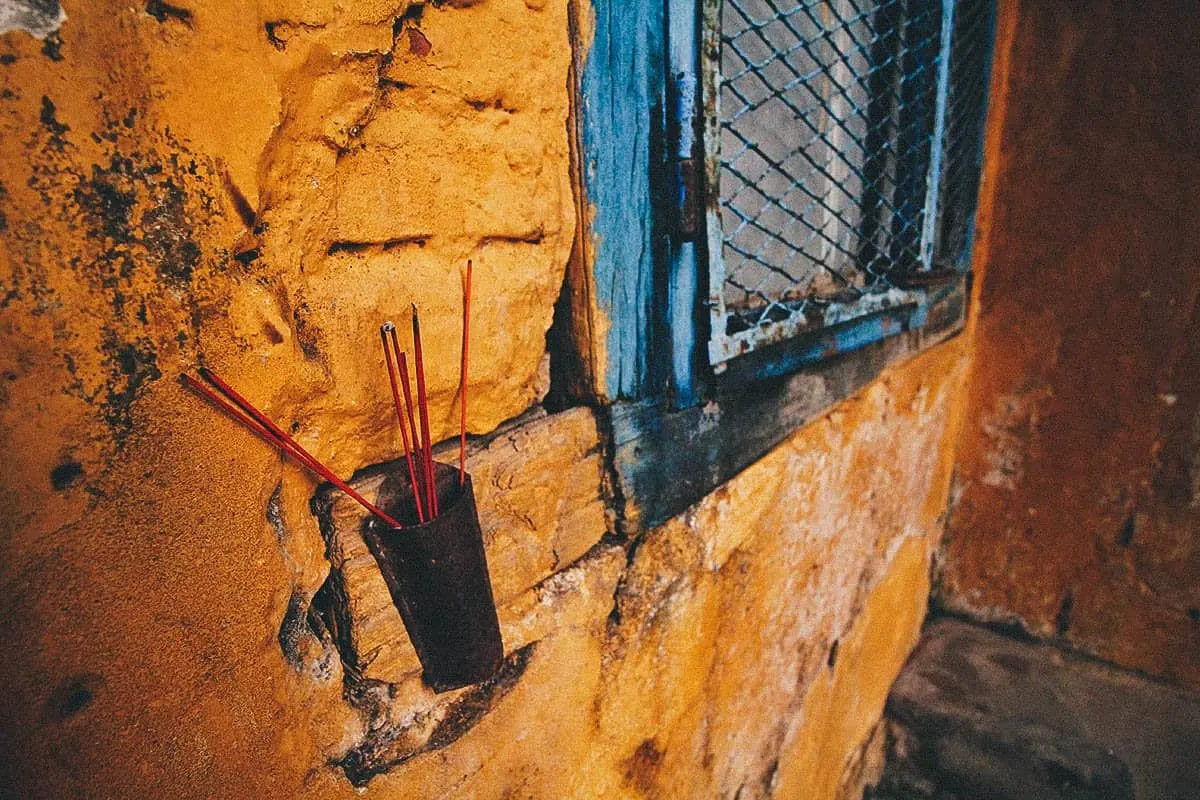
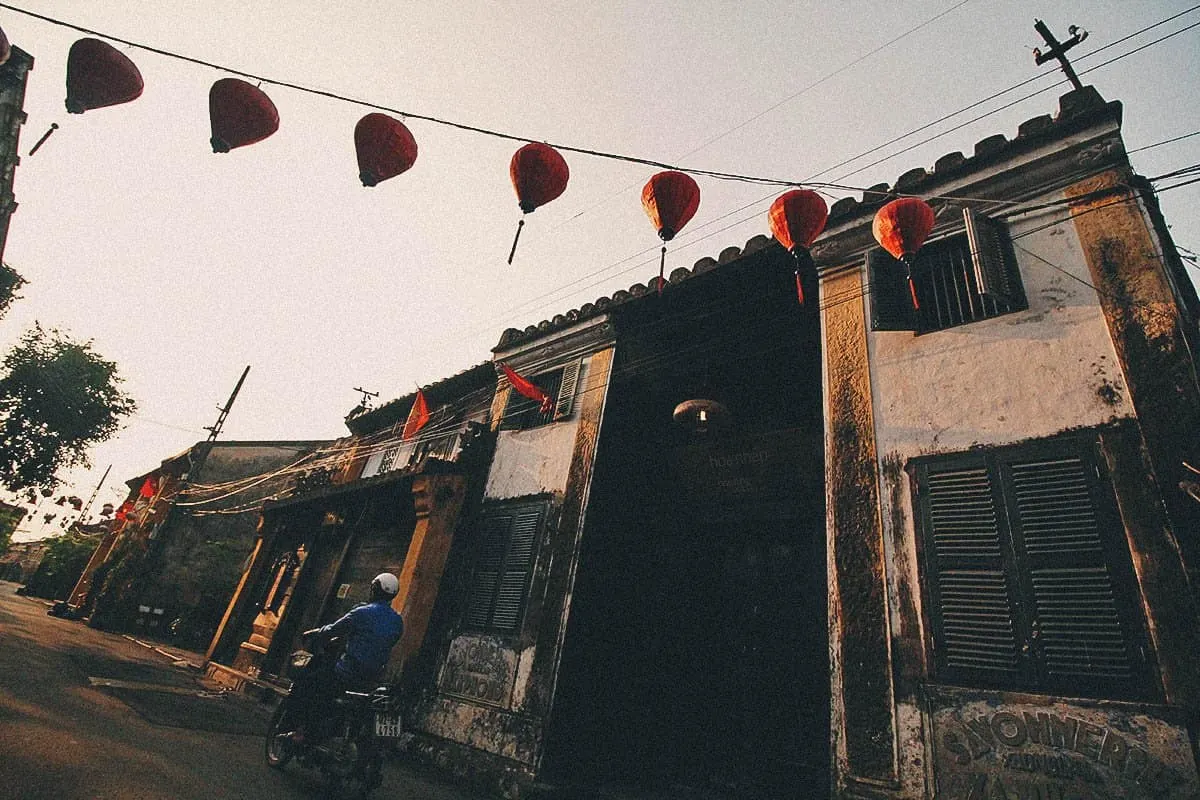
Because most of the buildings were constructed out of wood, it’s vital for the structures to undergo periods of restoration and renewal using traditional methods of repair.
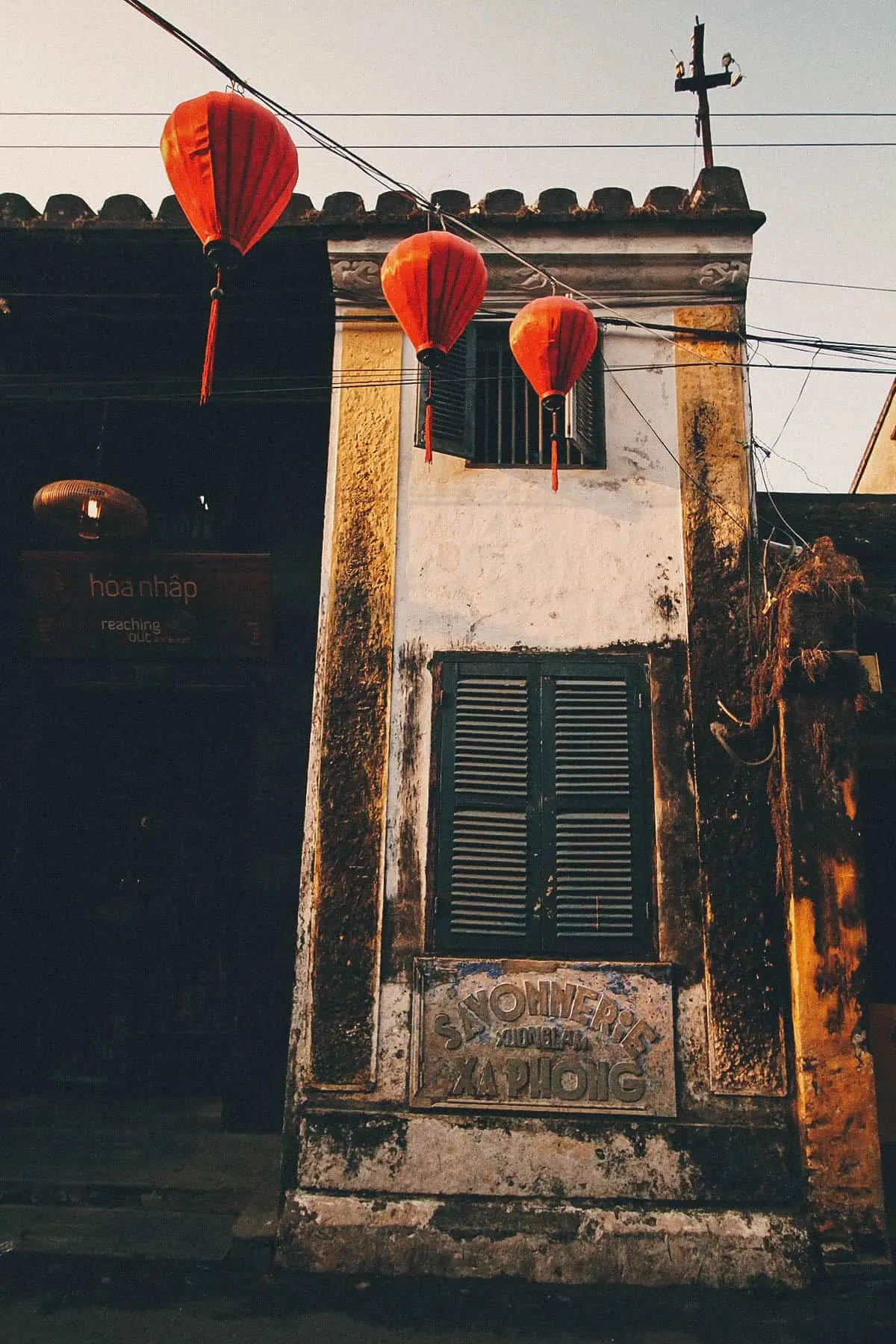
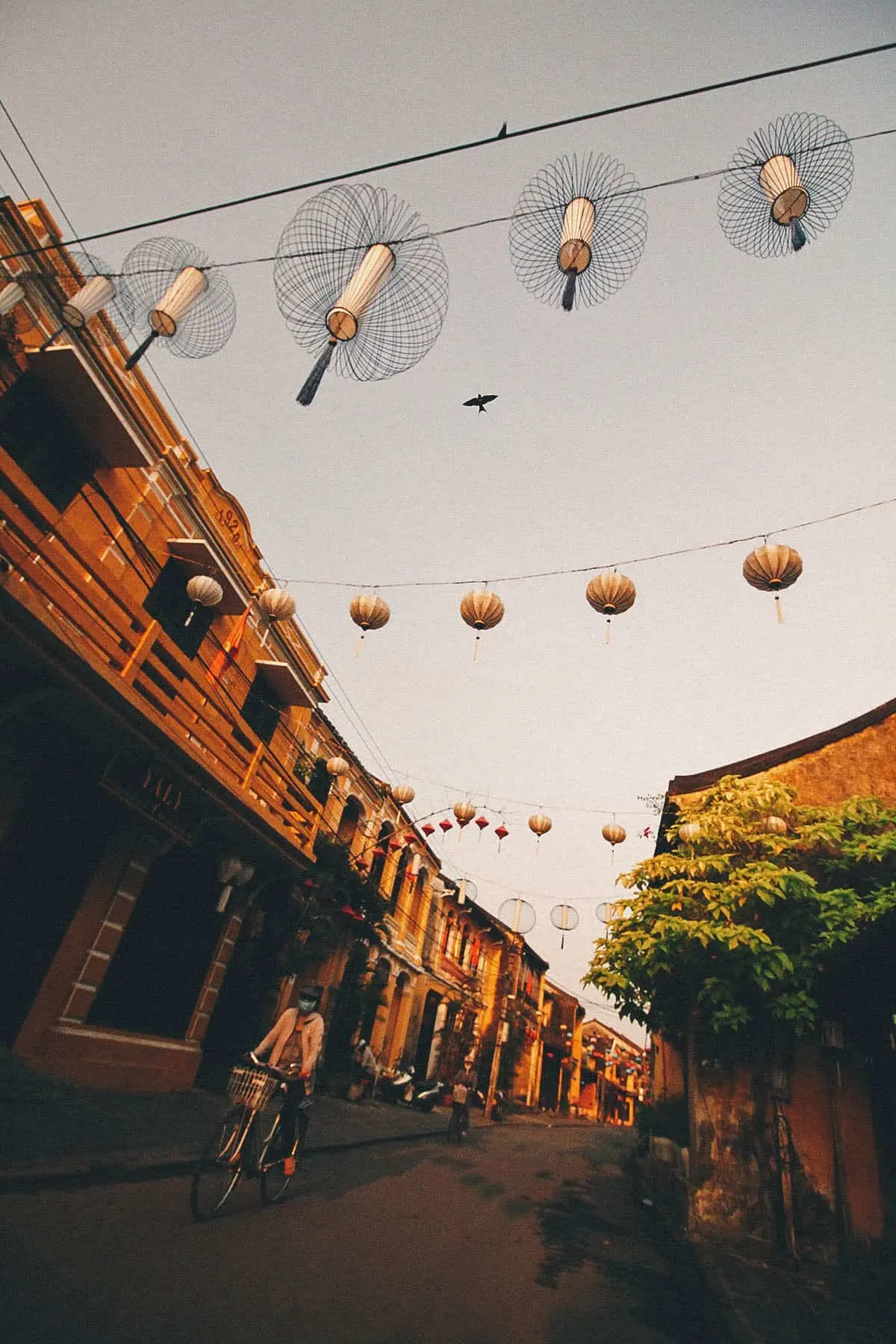
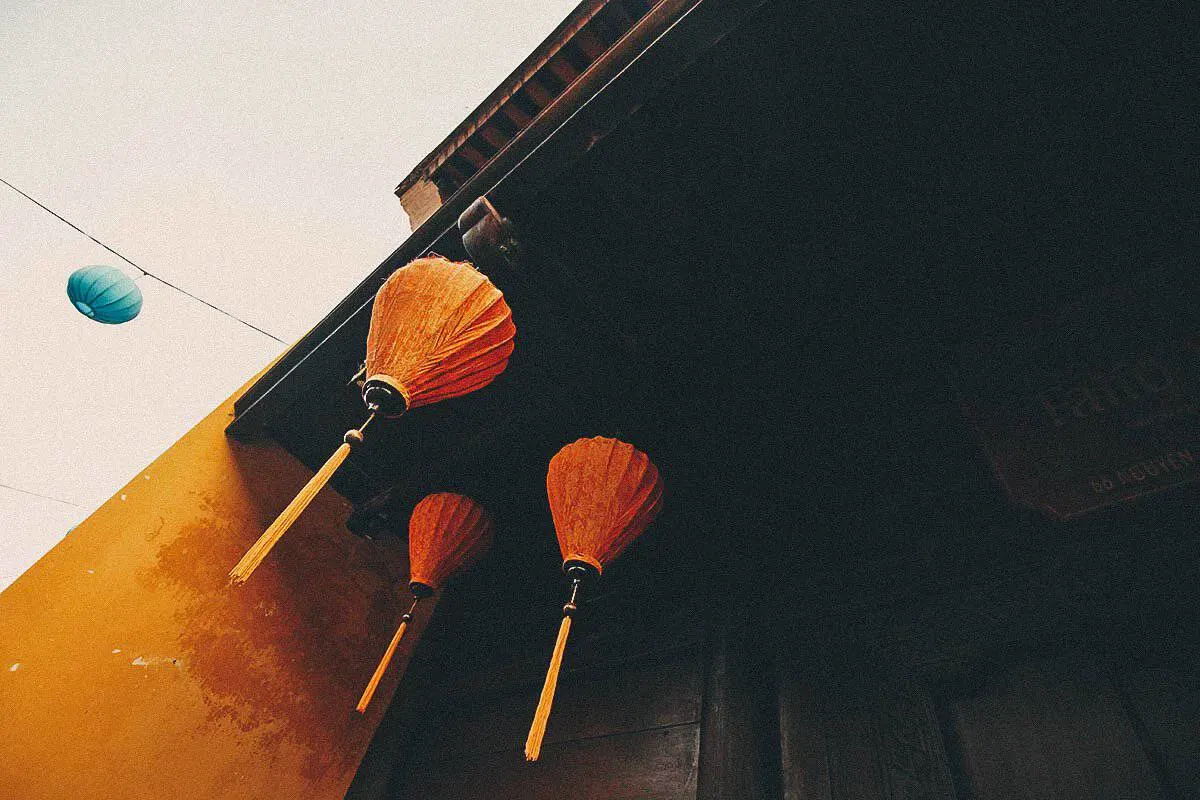
According to the UNESCO website, “Hoi An Ancient Town has retained its traditional wooden architecture and townscape in terms of plot size, materials, façade and roof line. Its original street plan, with buildings backing on to the river, with its infrastructure of quays, canals and bridges in its original setting, also remains. The historic landscape setting is also intact, consisting of a coastal environment of river, seashore, dunes and islands.”
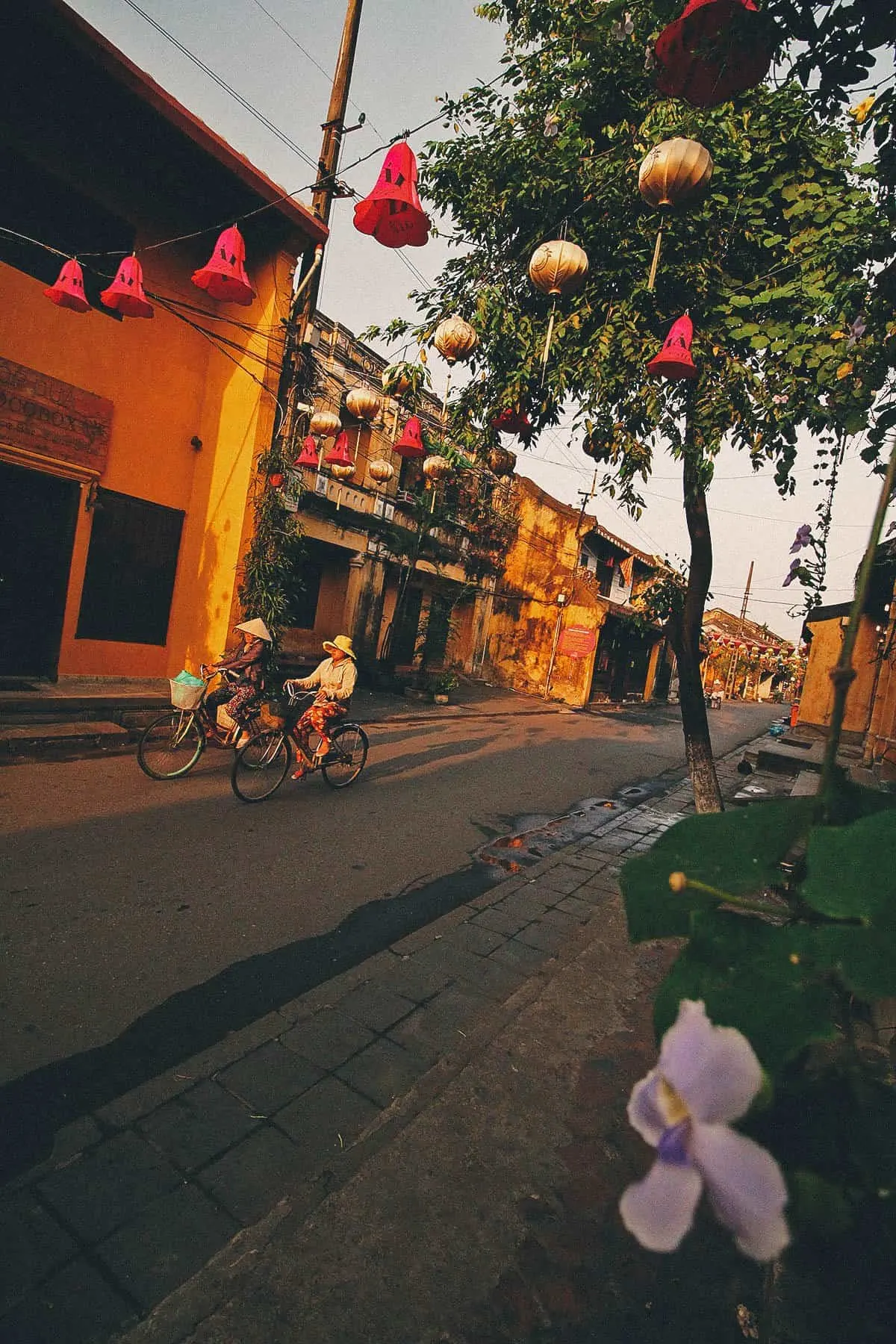
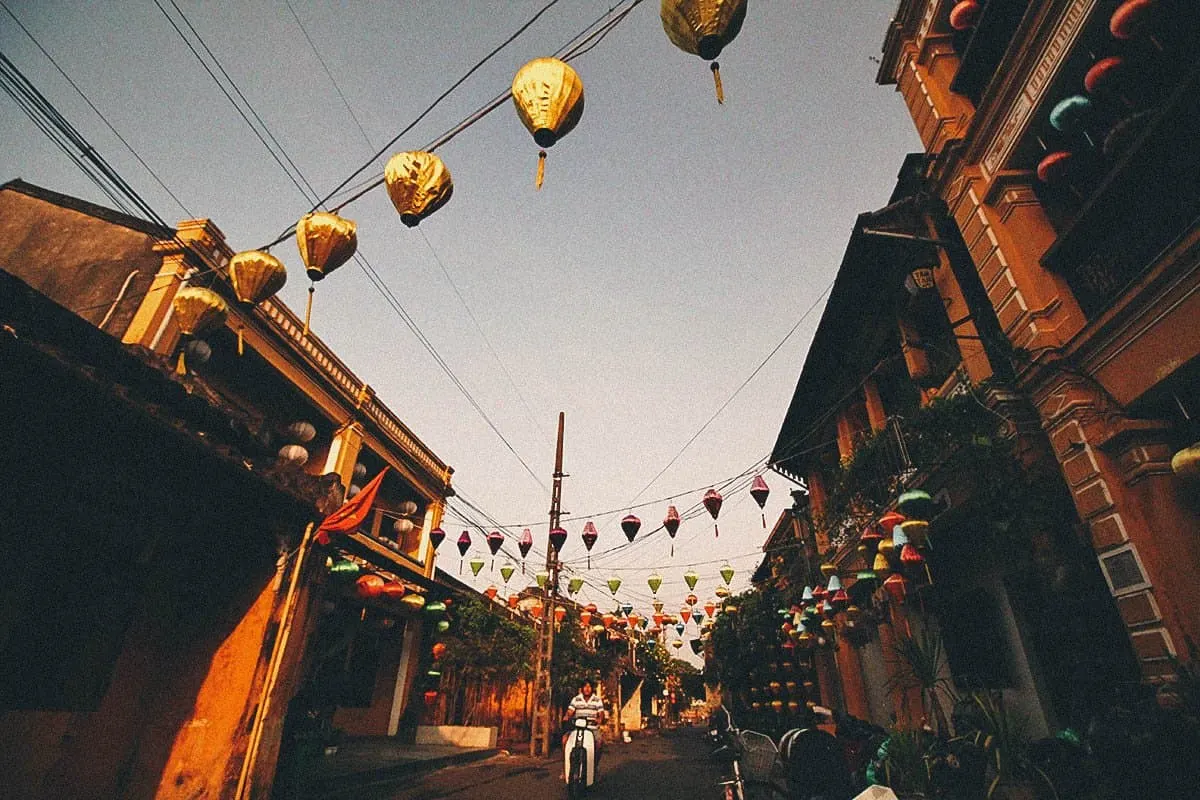
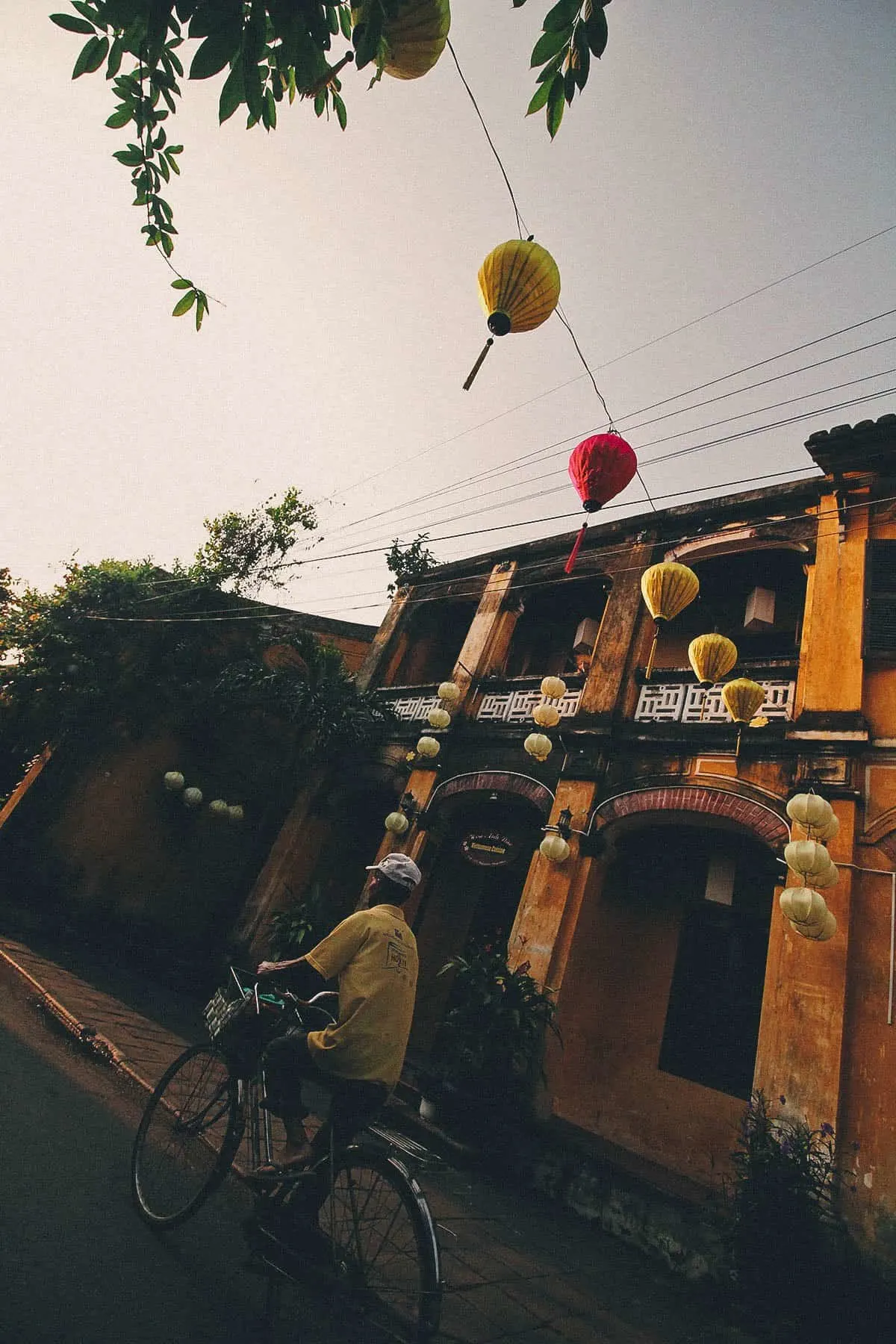
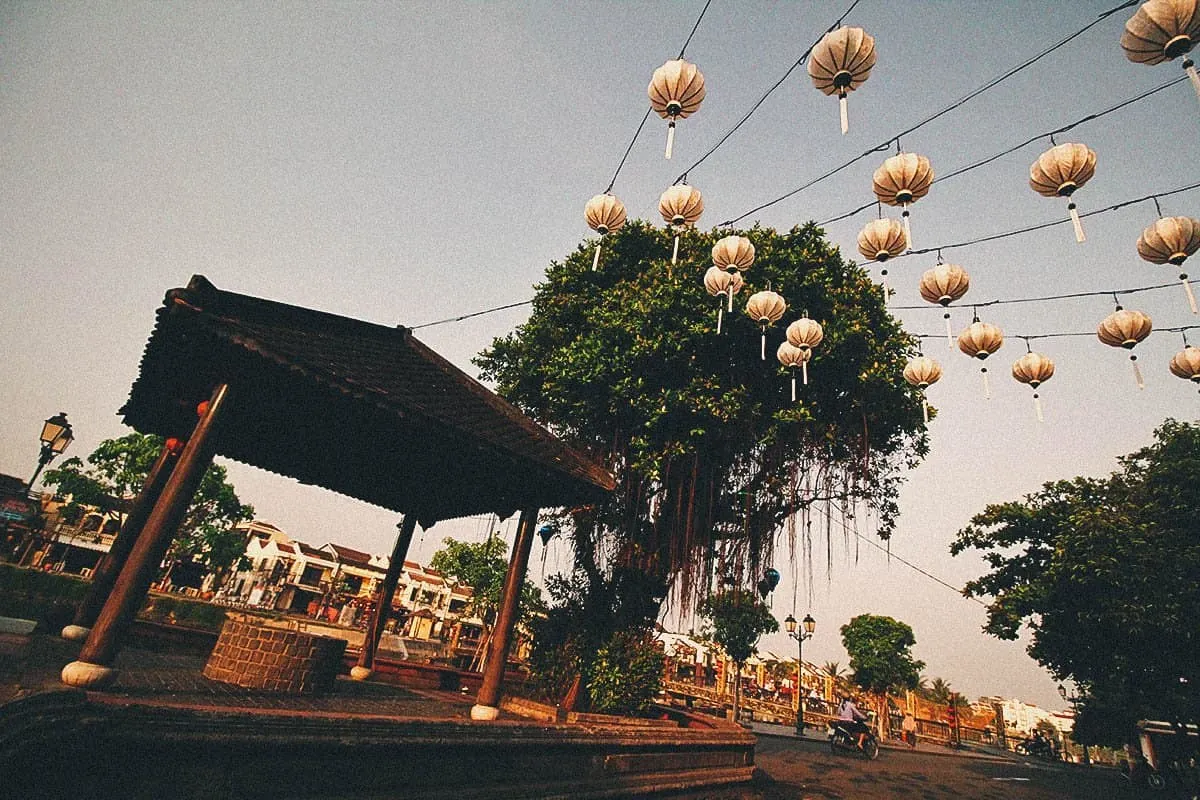
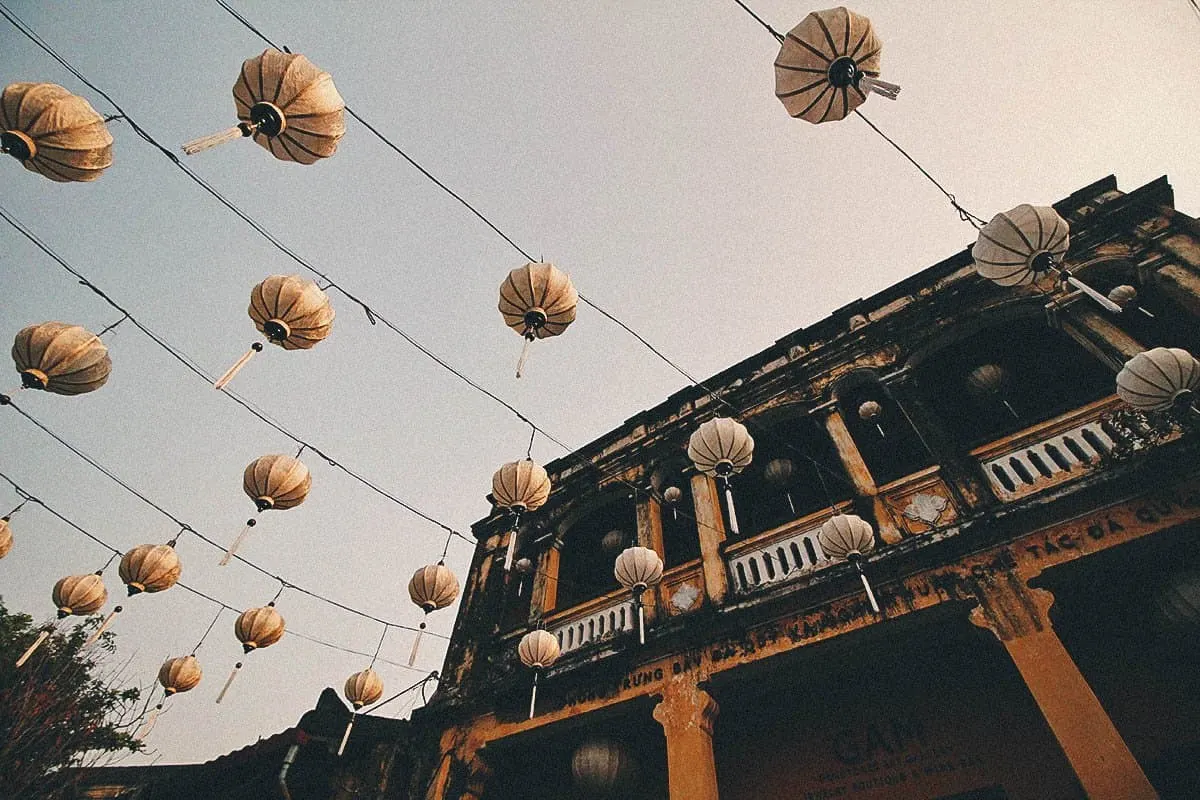
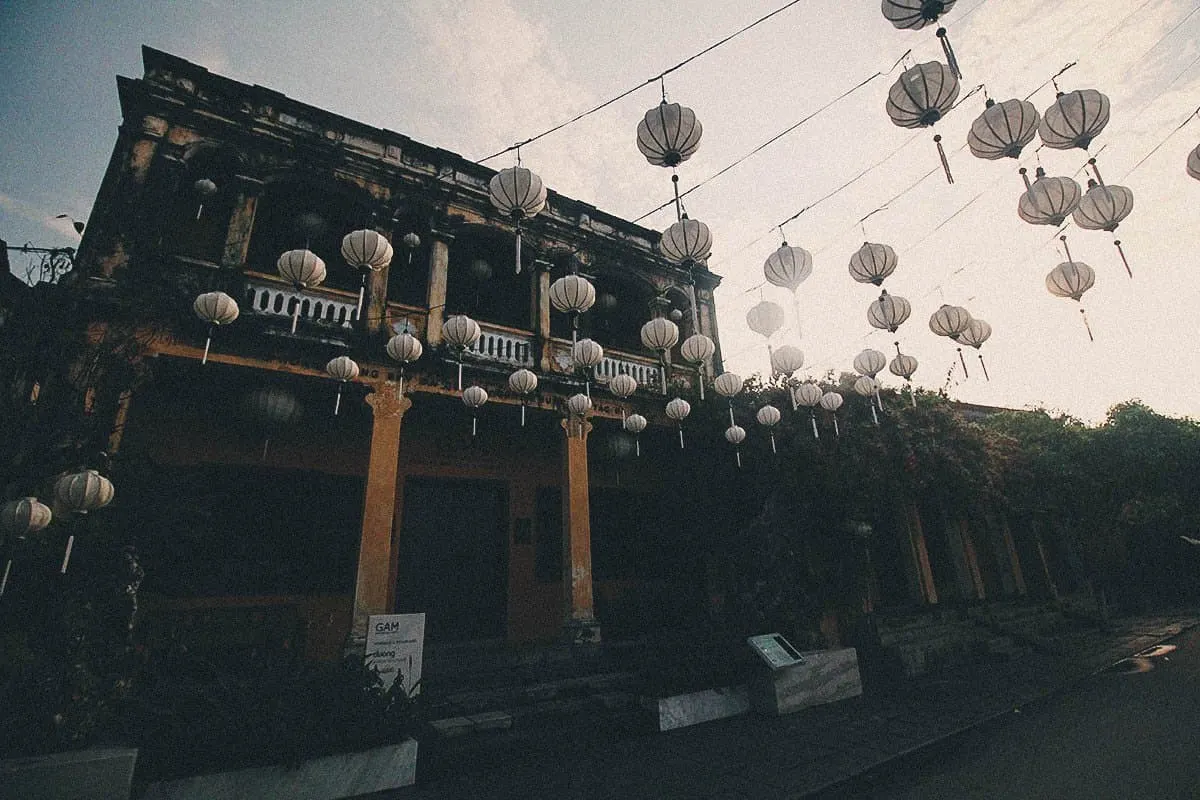
FINAL THOUGHTS
I can understand why many tourists visiting Vietnam spend the majority of their time here in Hoi An. It’s a unique place that you can’t find anywhere else in the country.
It’s gorgeous, laid back, and it oozes with charm. I read that many tourists stay here for weeks, even months at a time. That’s how captivating this little town is.
On the flipside, some people do find it touristy. It is, but we didn’t care. It felt good being there so I didn’t mind if it catered to tourists.
There are plenty of touristy shops and restaurants, especially around the Thu Bon River, but you don’t have to go to them if you don’t want to. As described by UNESCO, the town retains its authenticity in spite of its popularity with tourists.
Aside from a couple of beers by the riverbanks, we didn’t do anything overtly touristy and focused instead on our itinerary of local eateries and Vietnamese street food stalls, of which there are many.


Rob Hodkinson
Friday 14th of July 2017
Beautiful photography of Hoi An JB! A gorgeous example of conservationism done right!
JB & Renée
Friday 14th of July 2017
Thanks Rob! Yes, Hoi An is a pretty cool place. :)